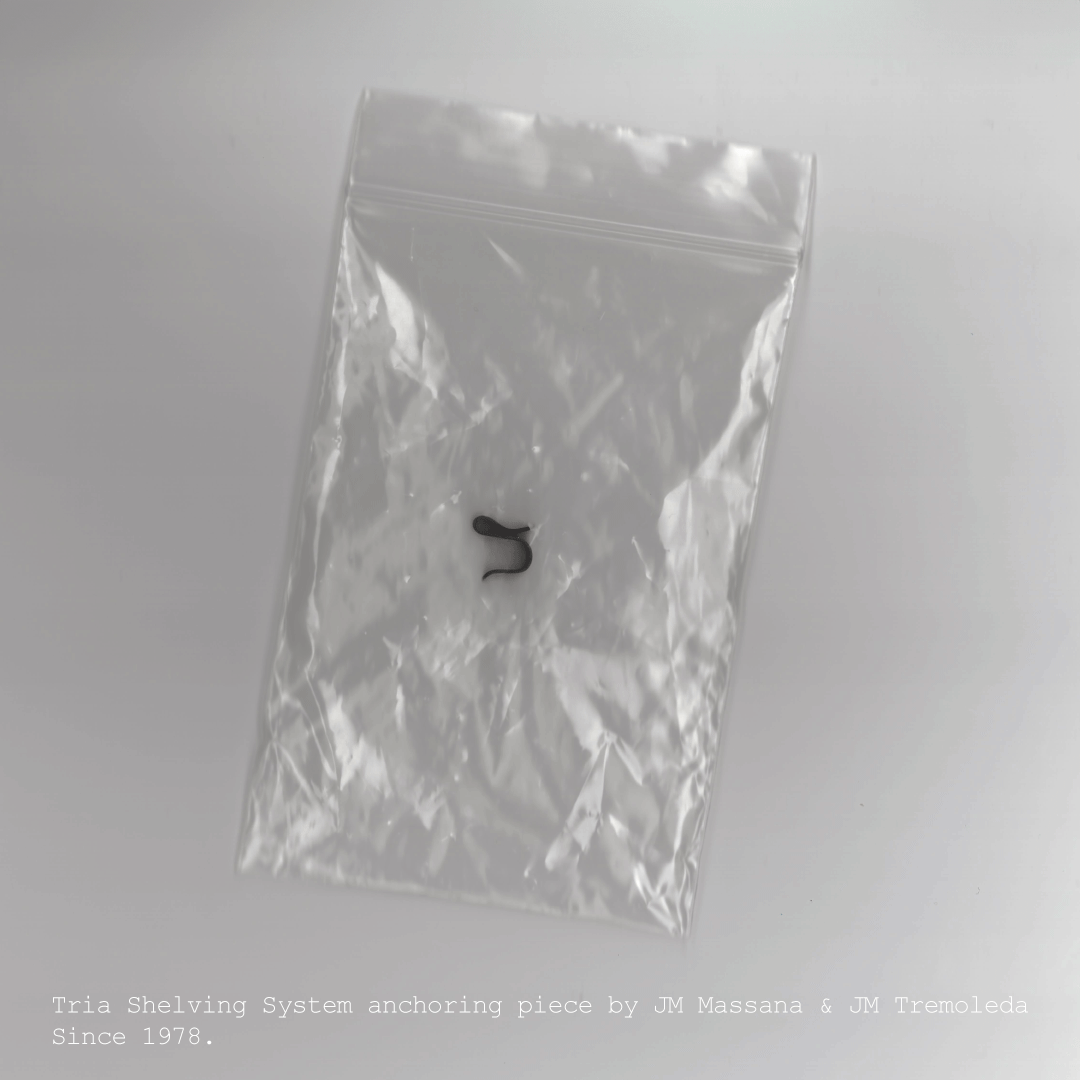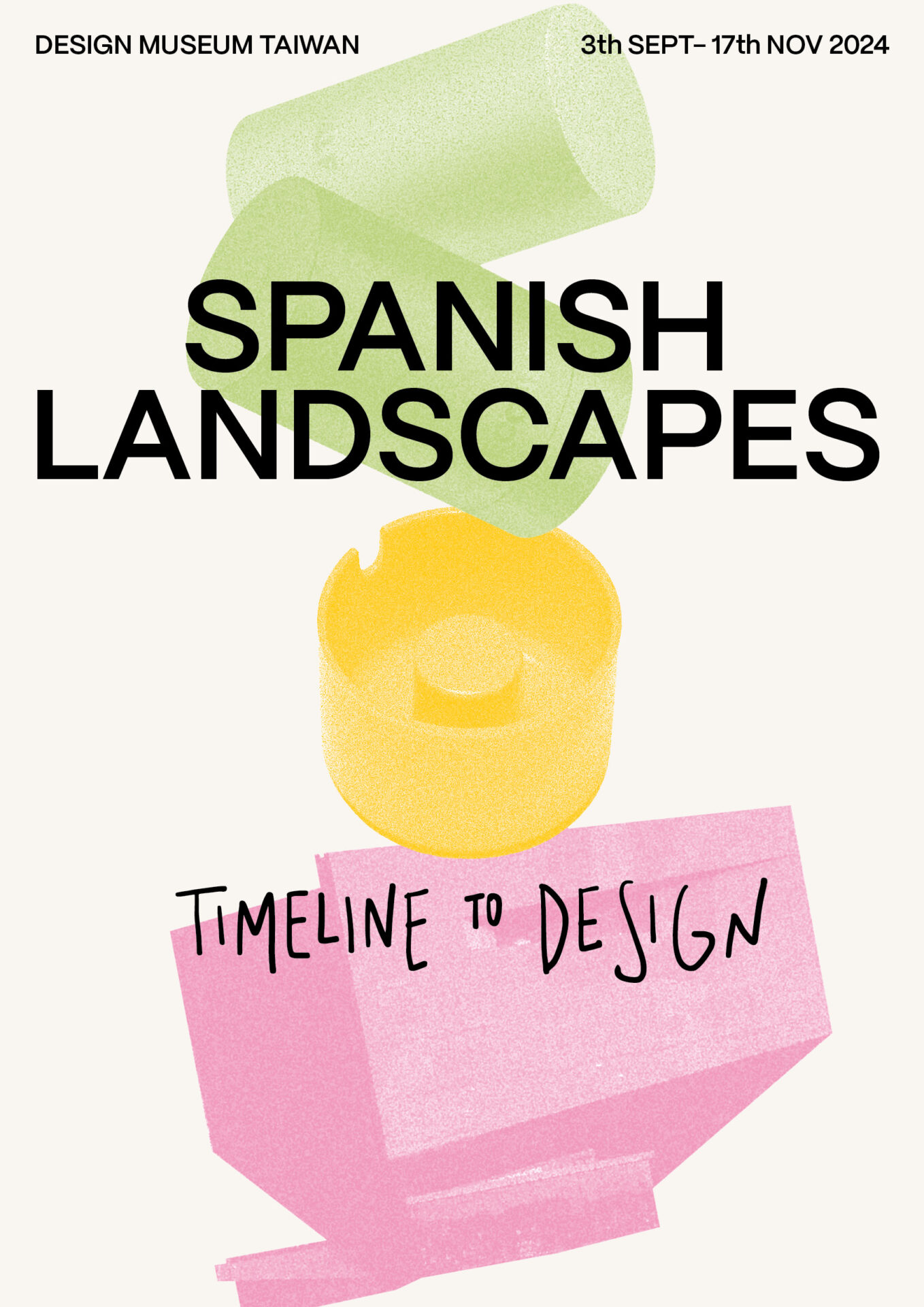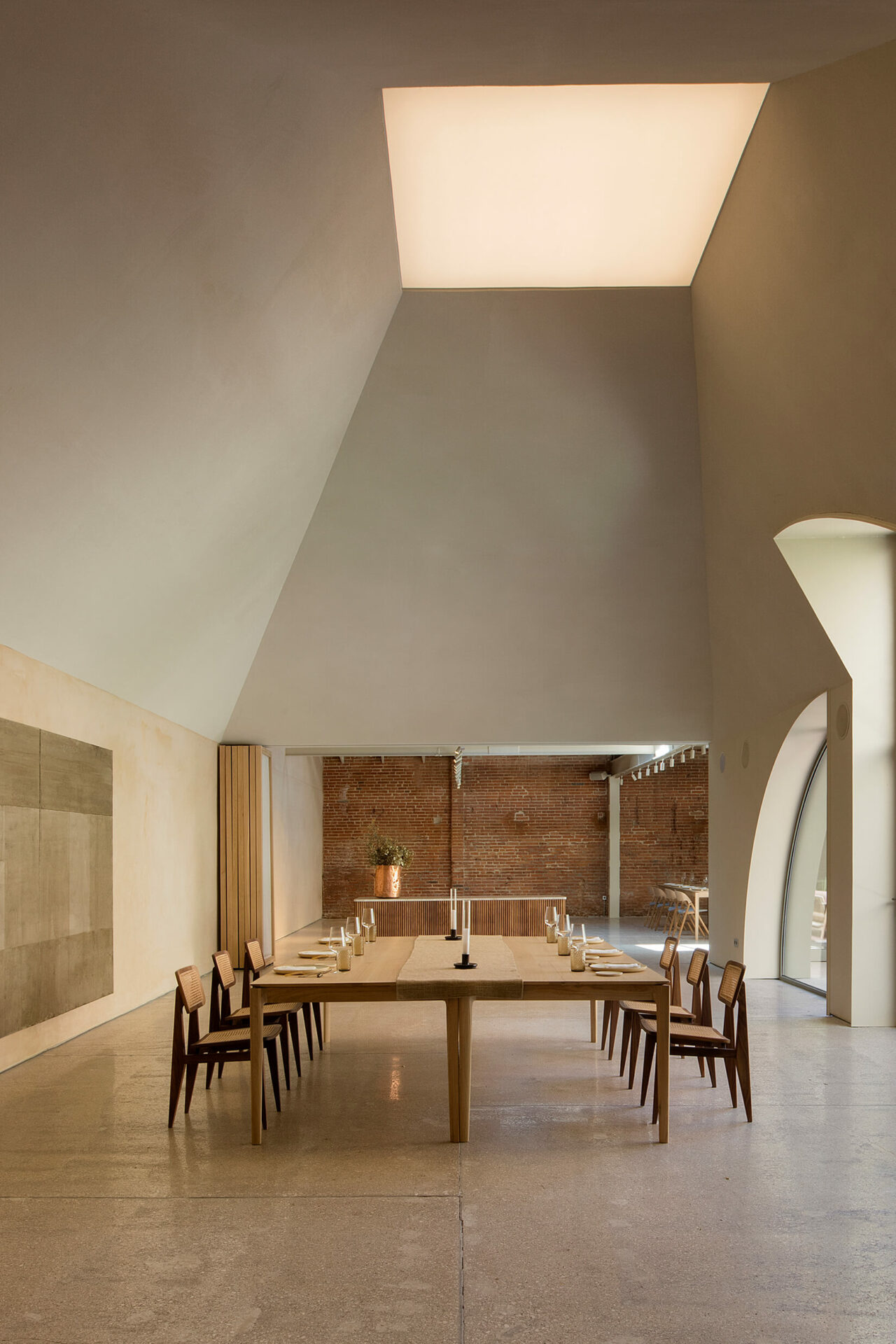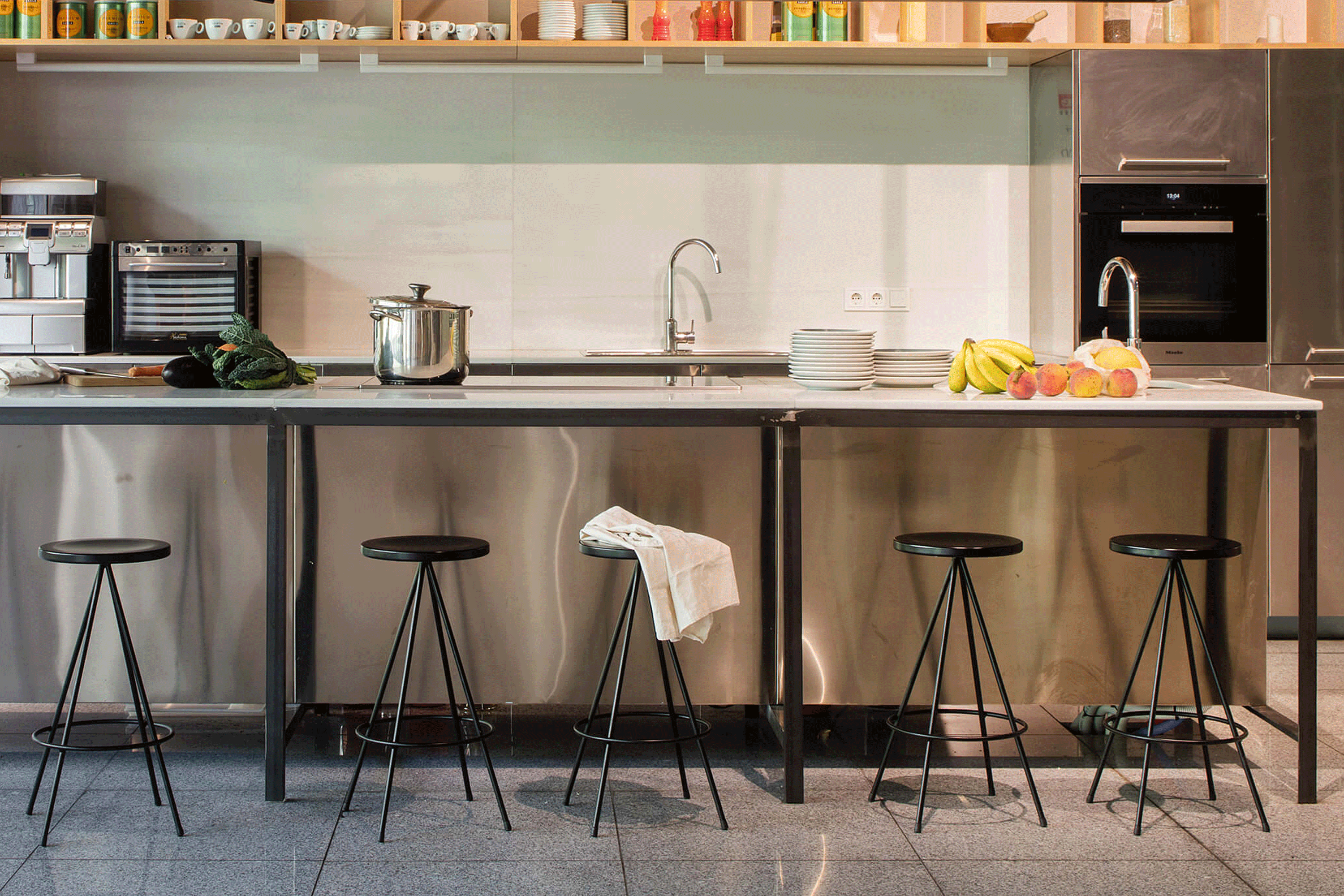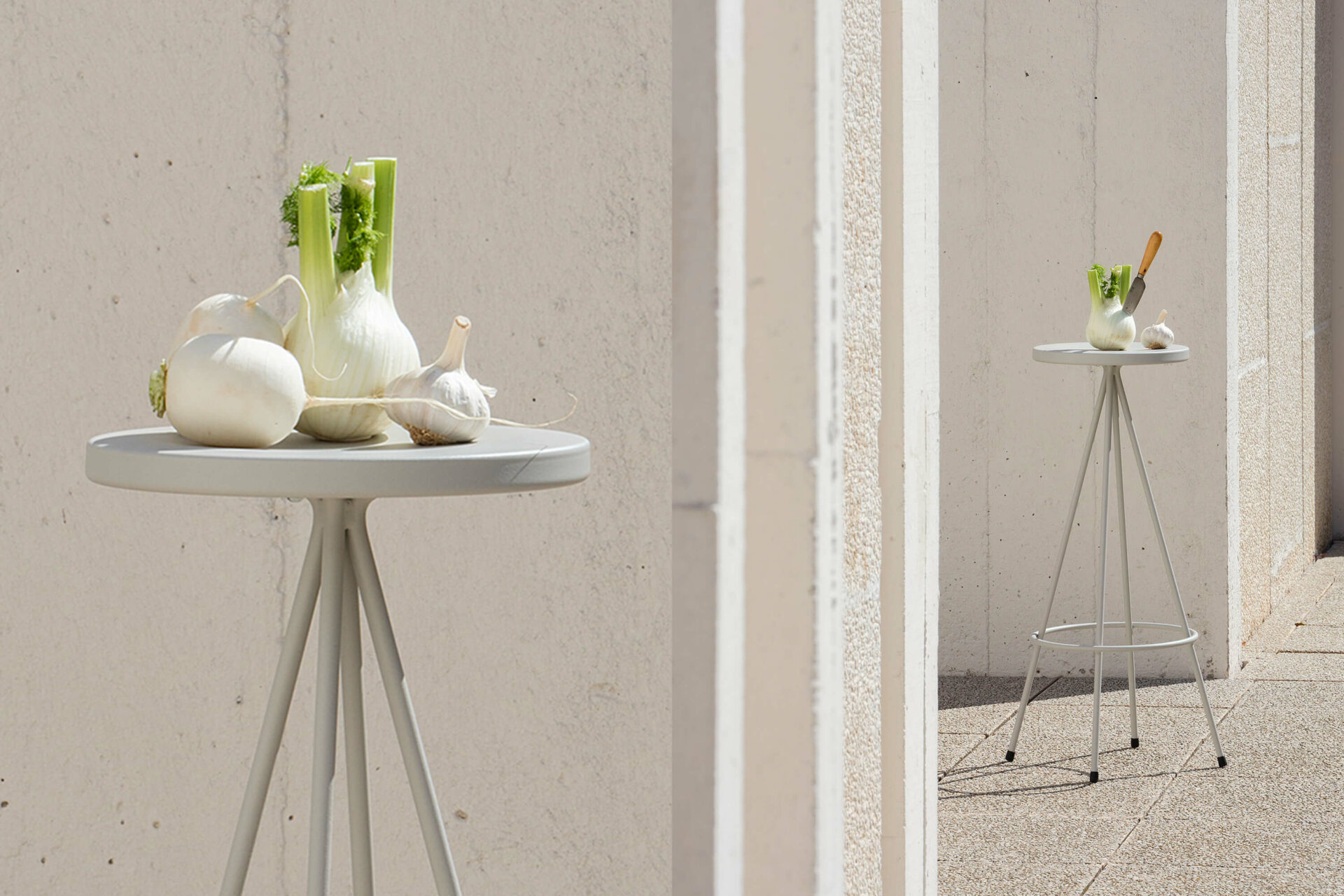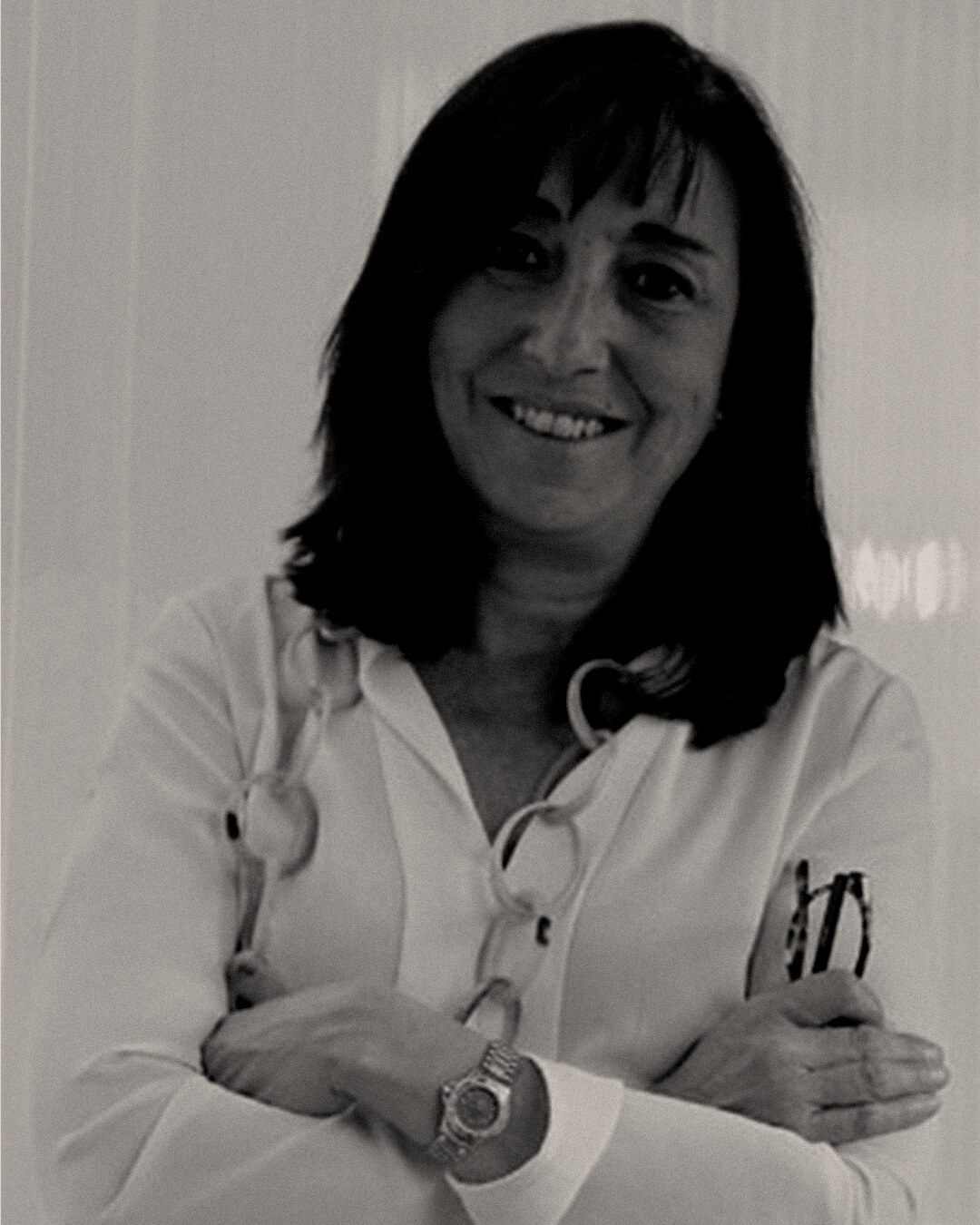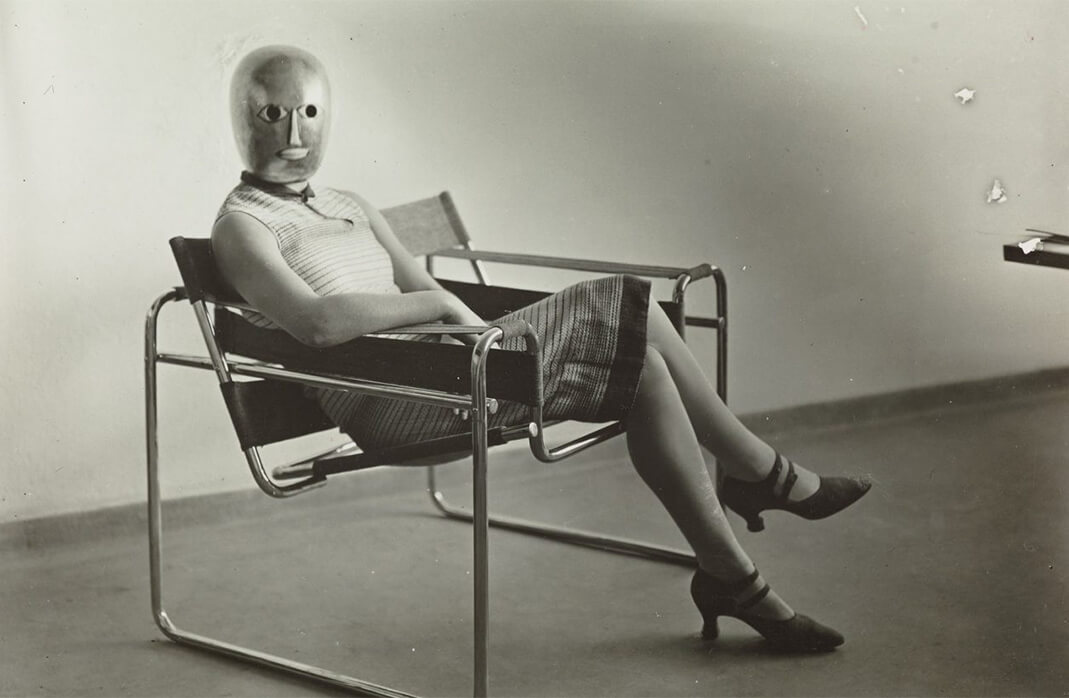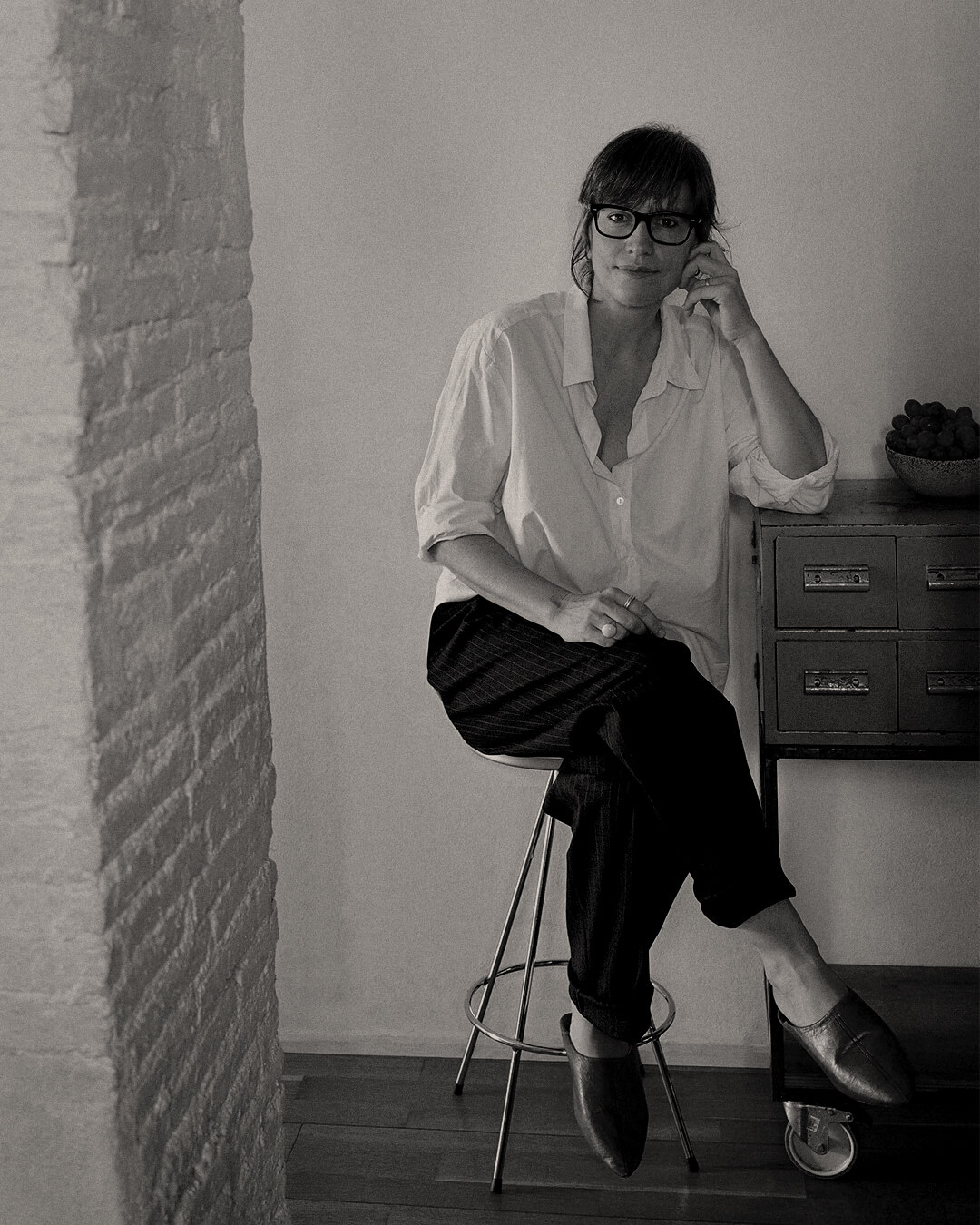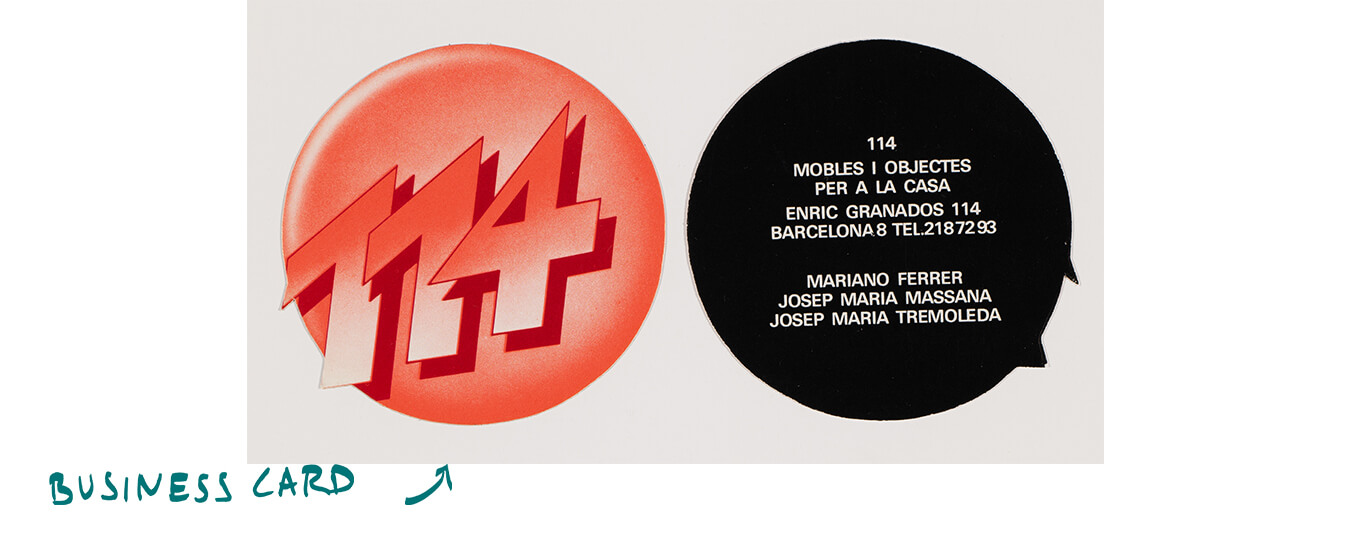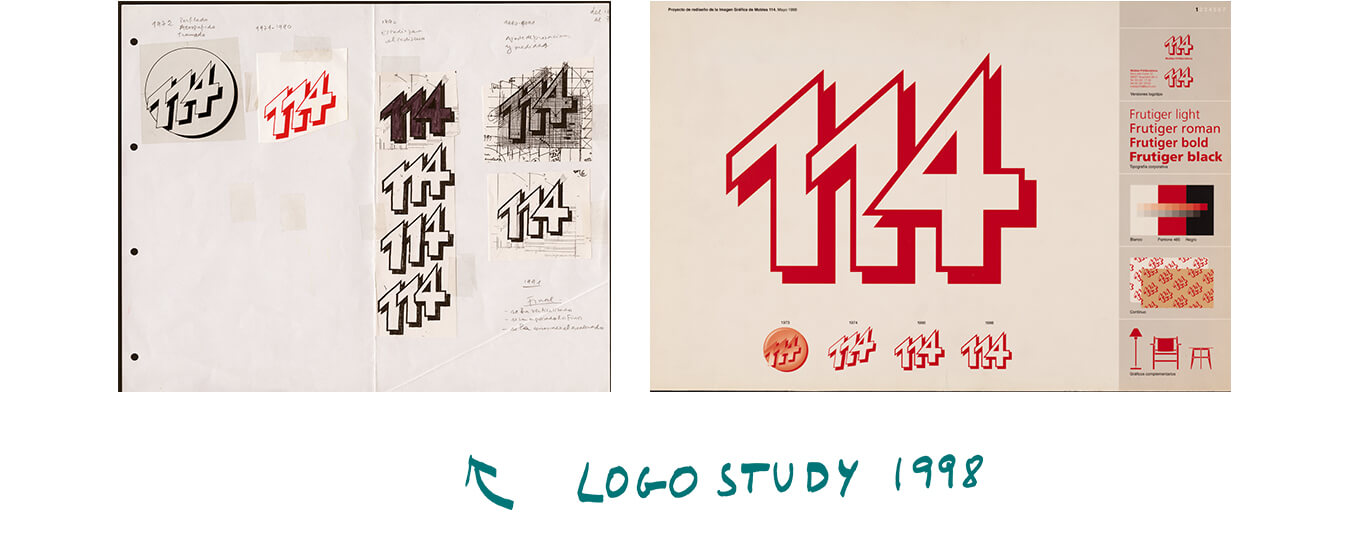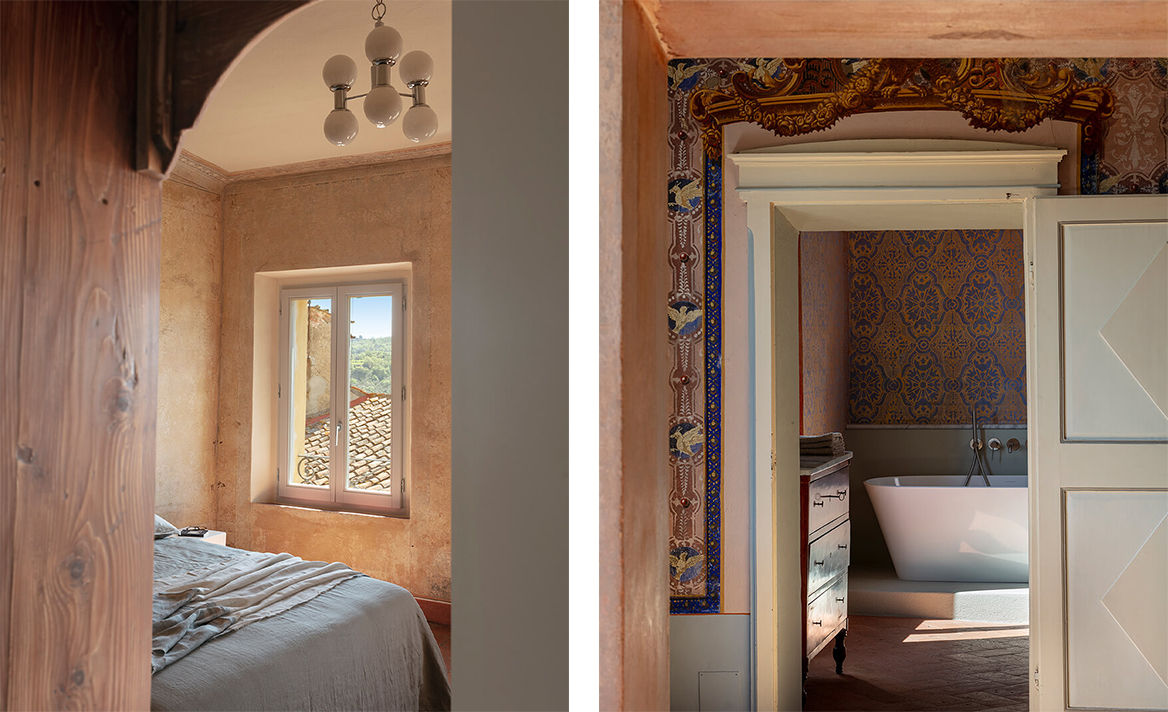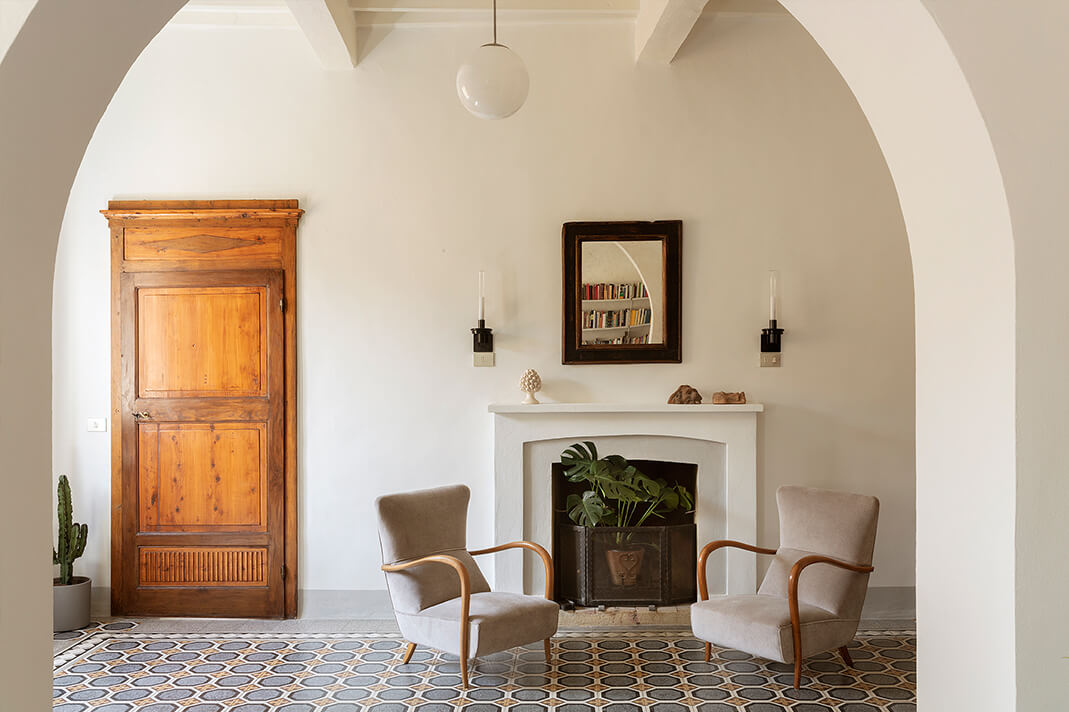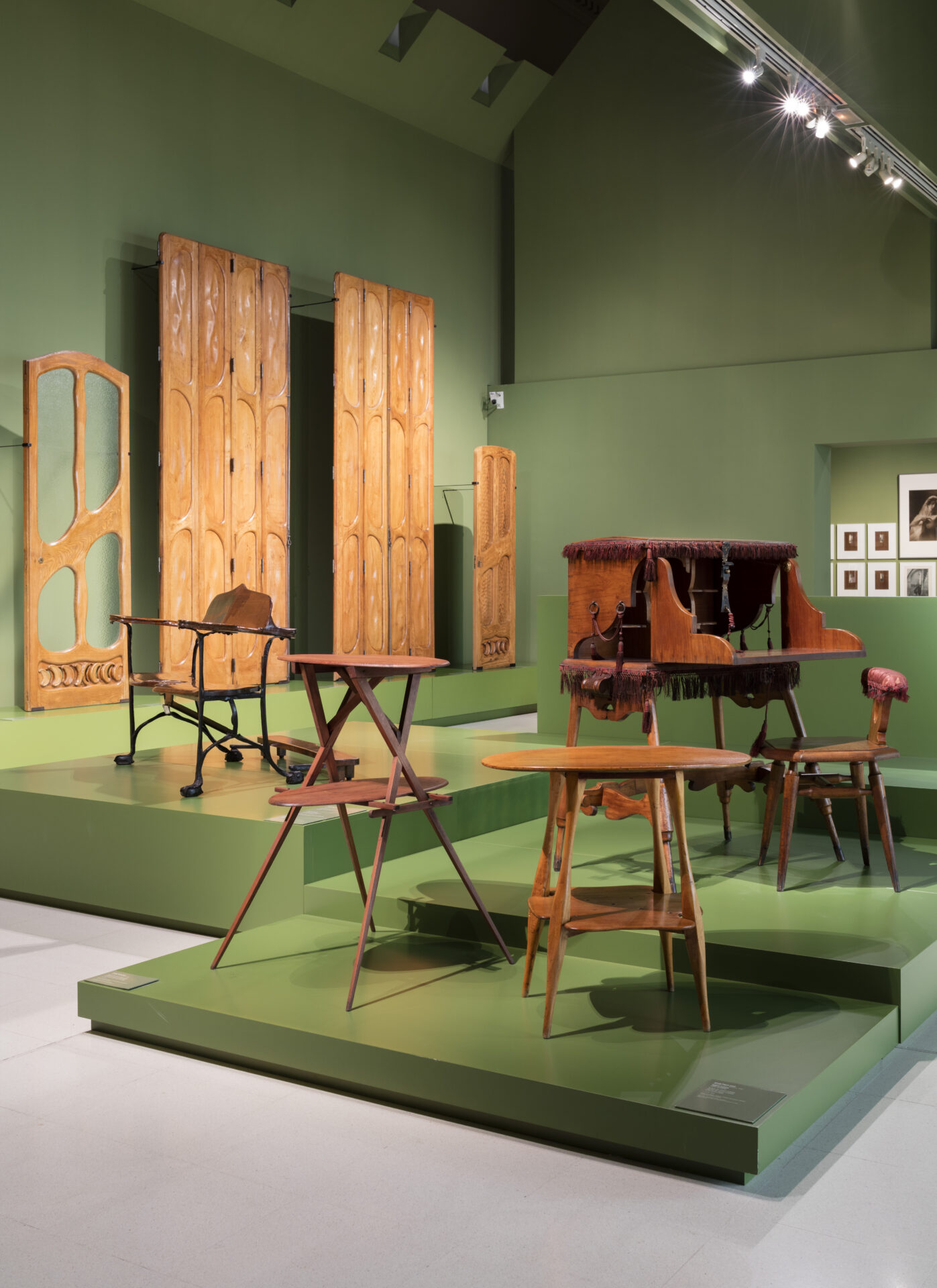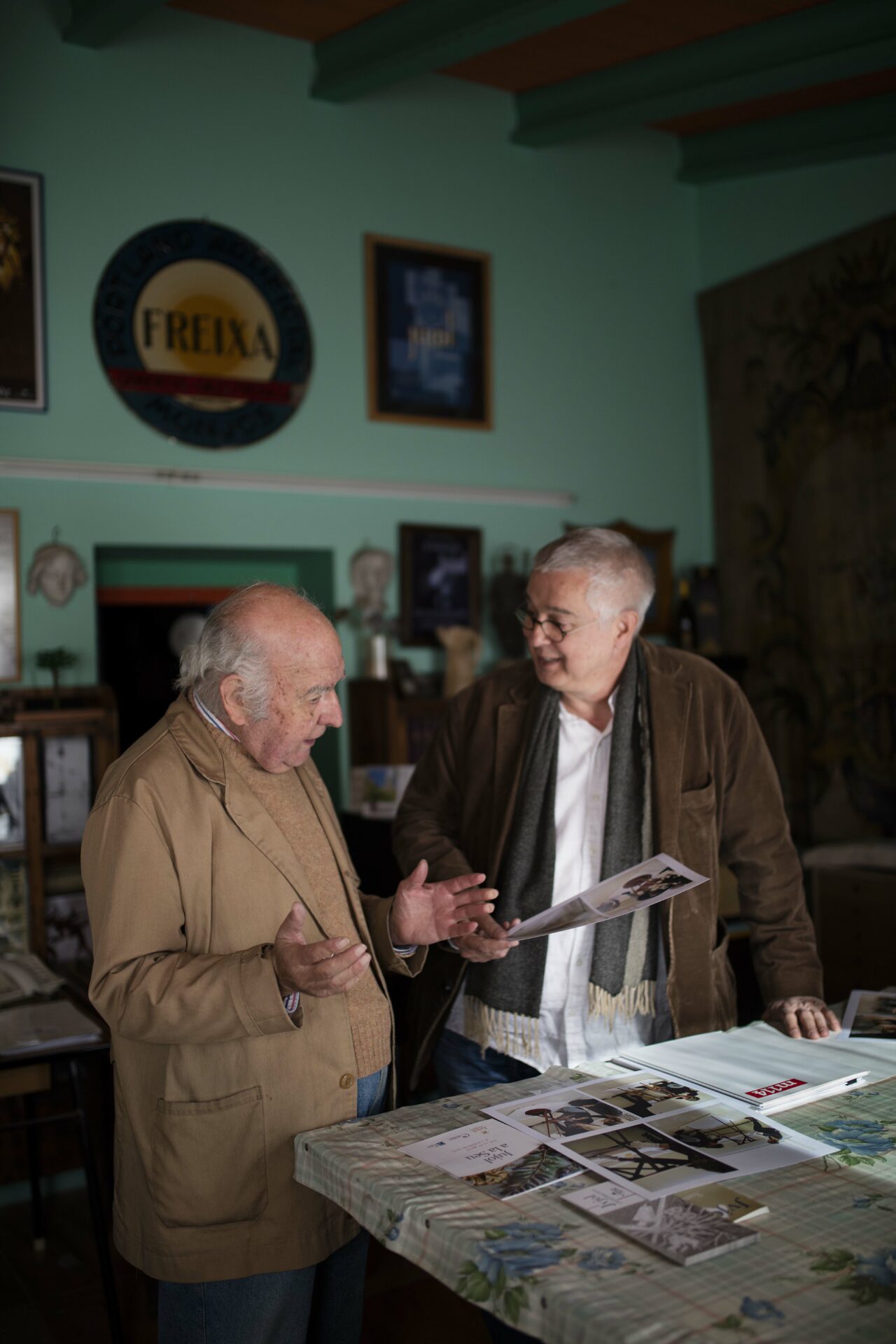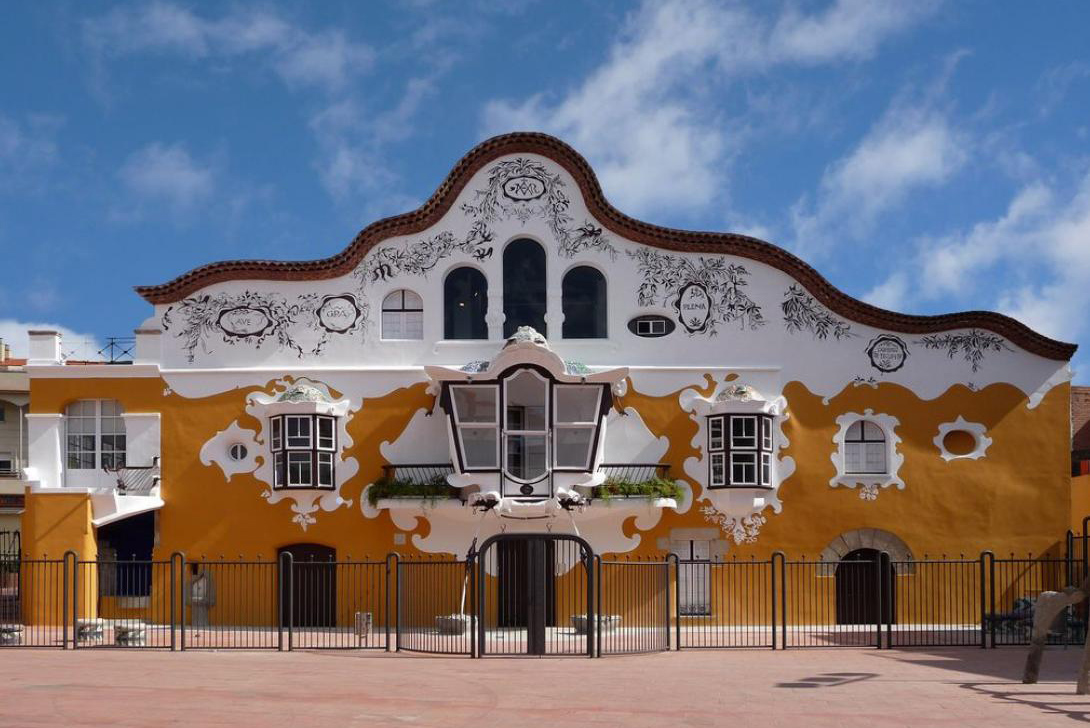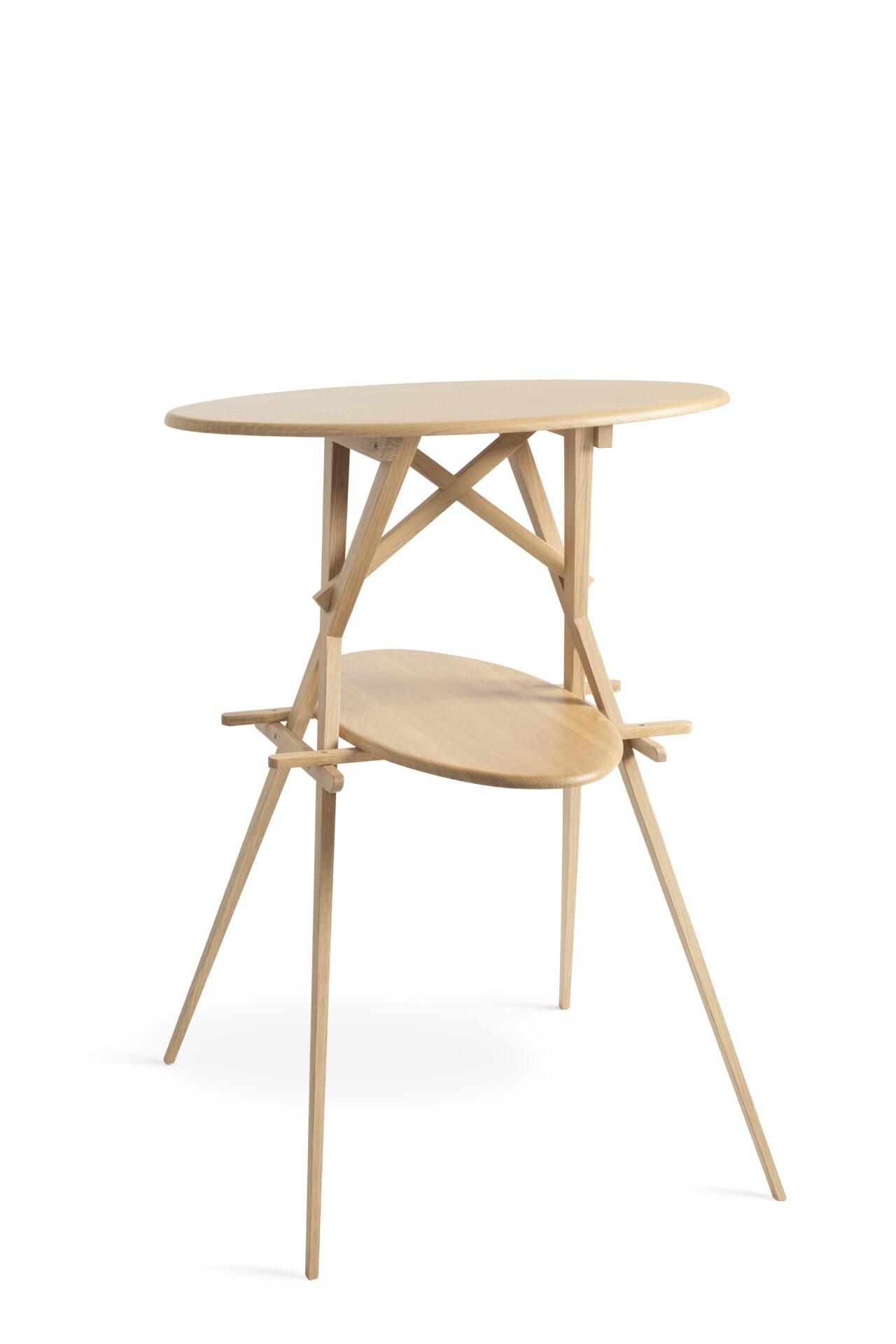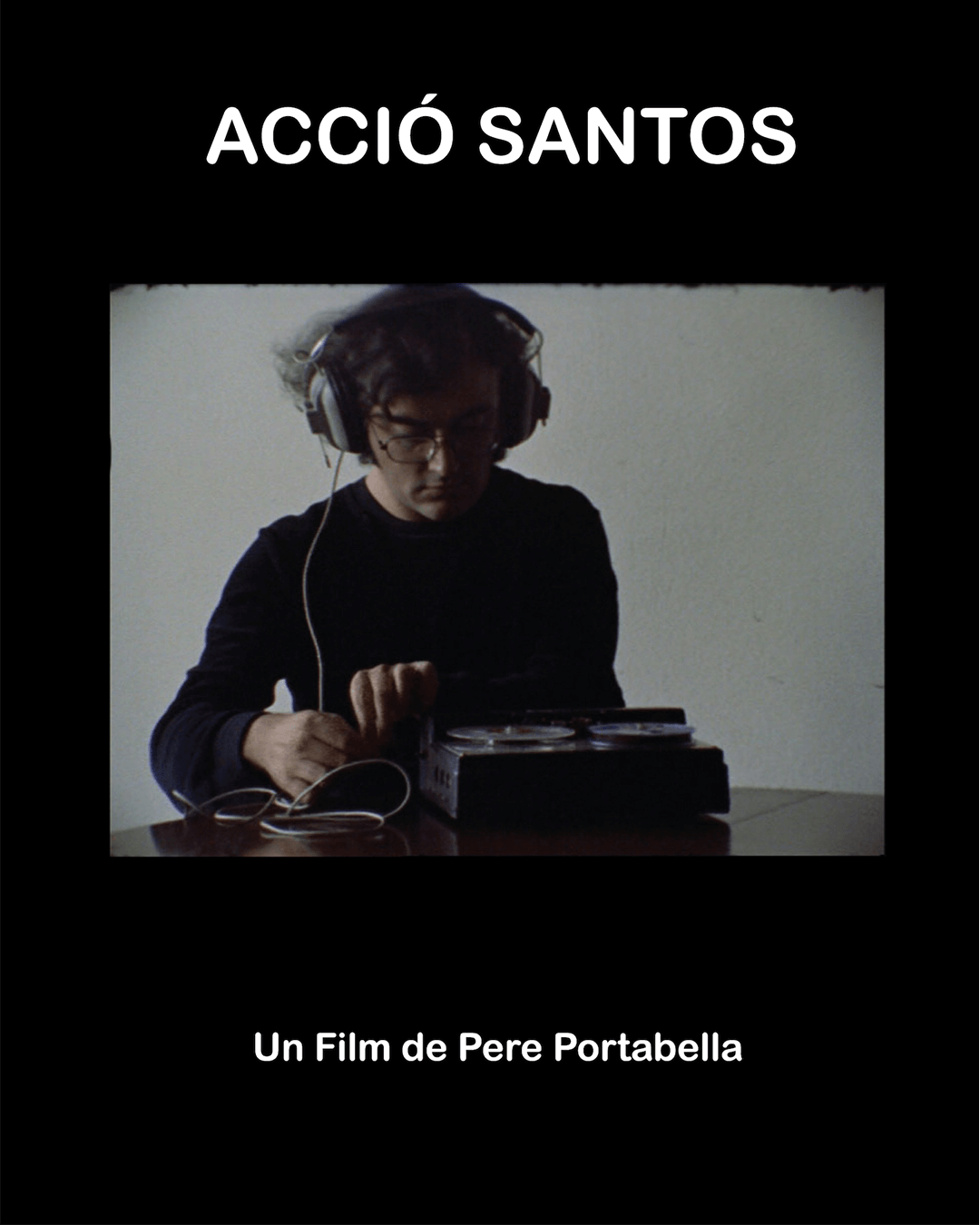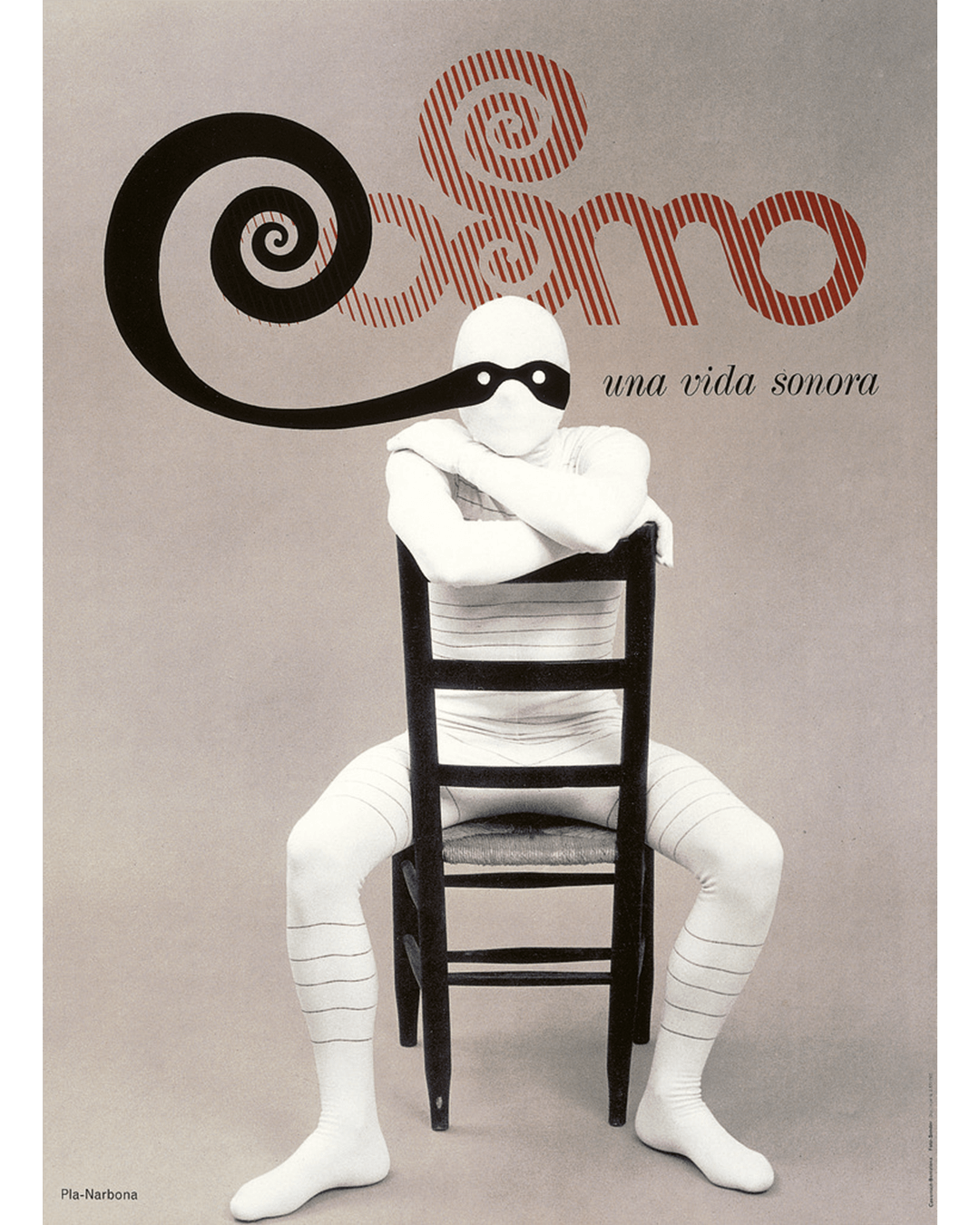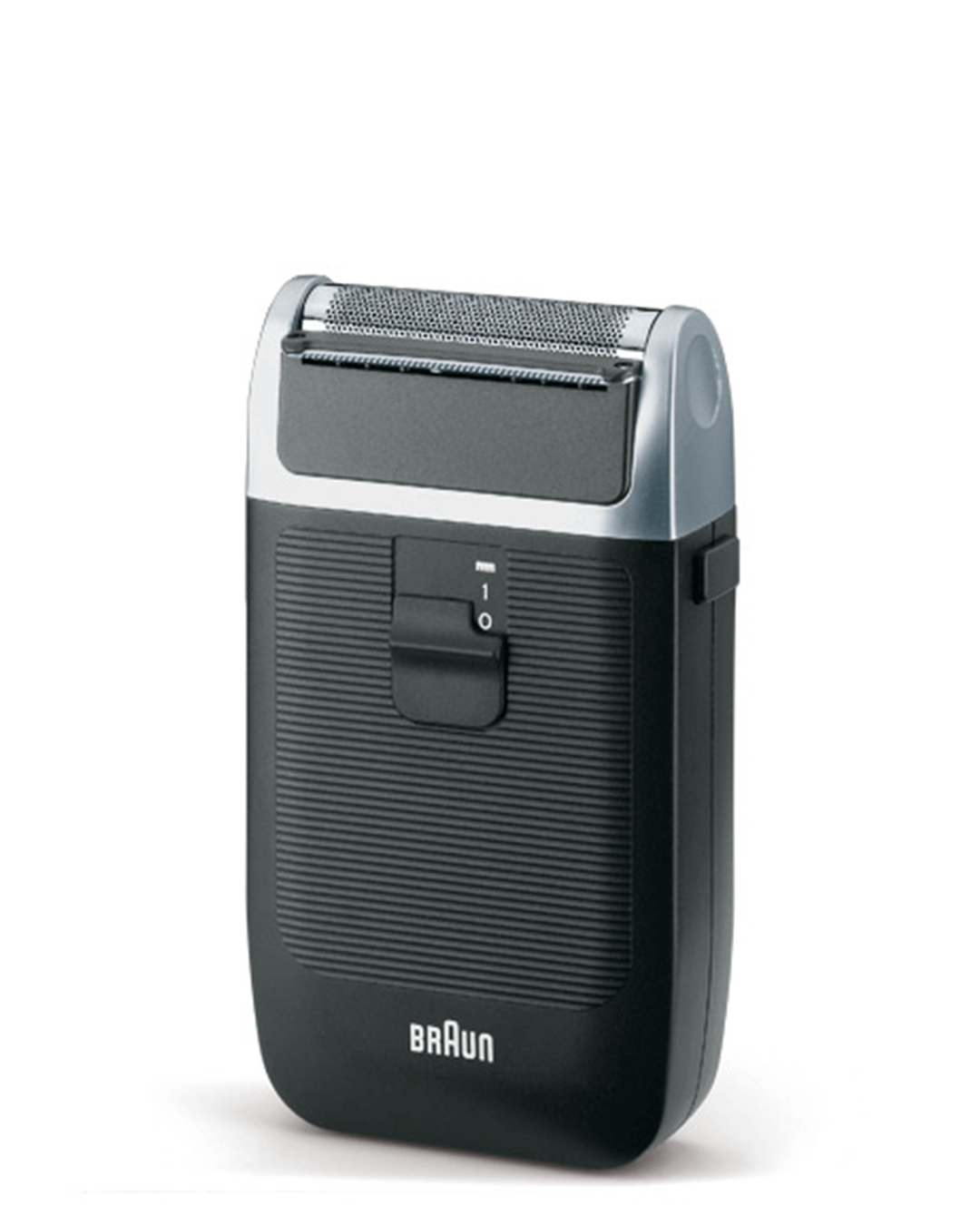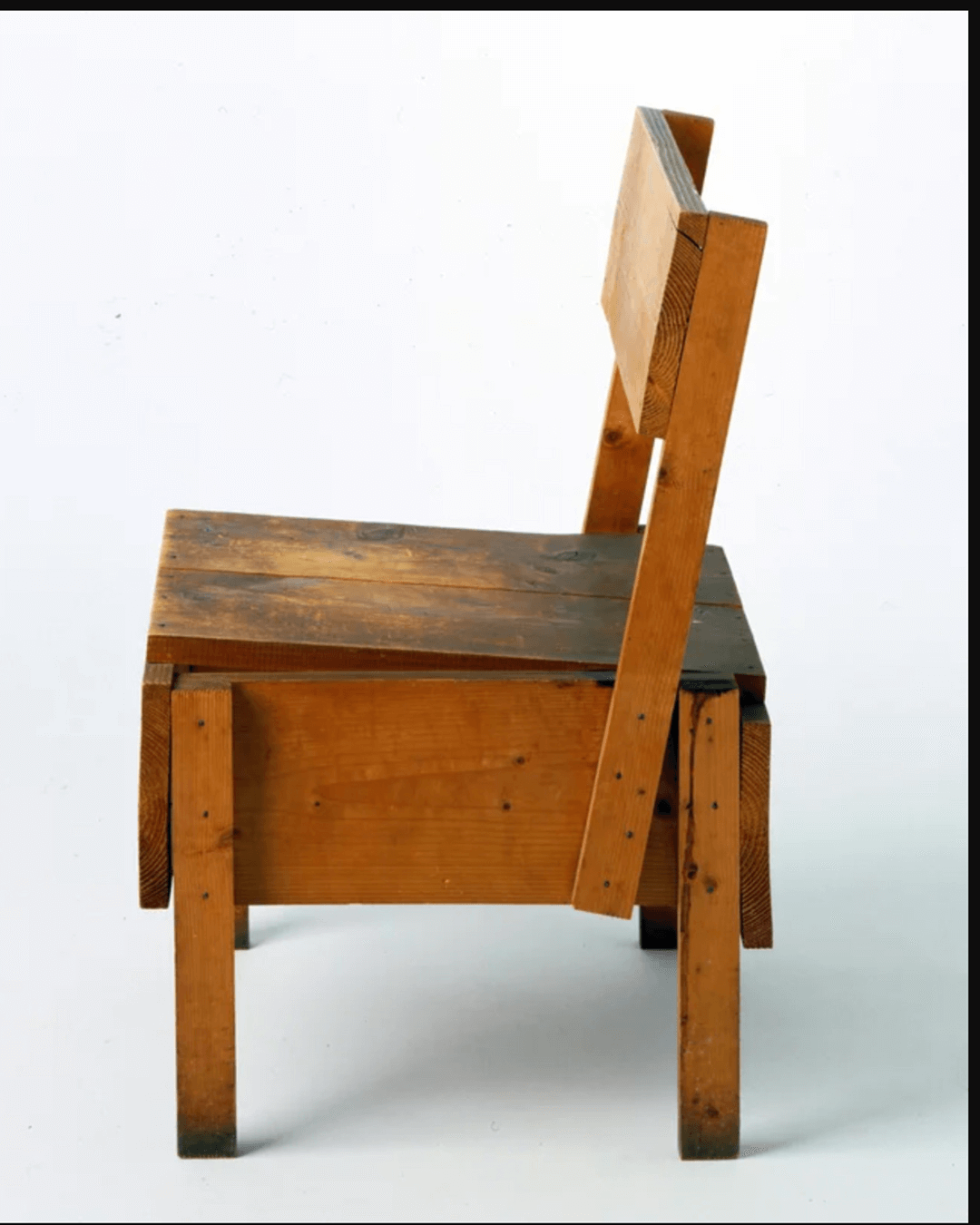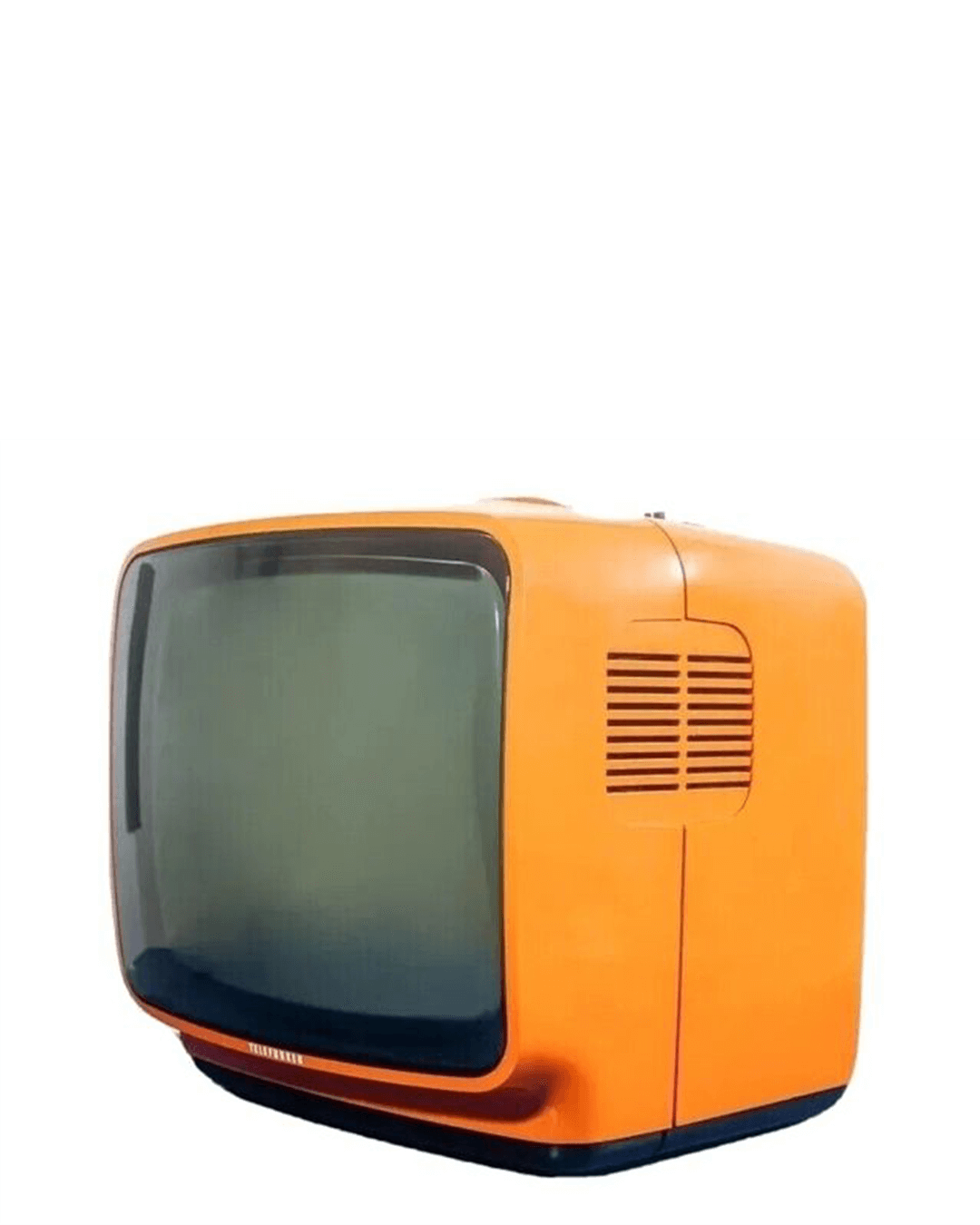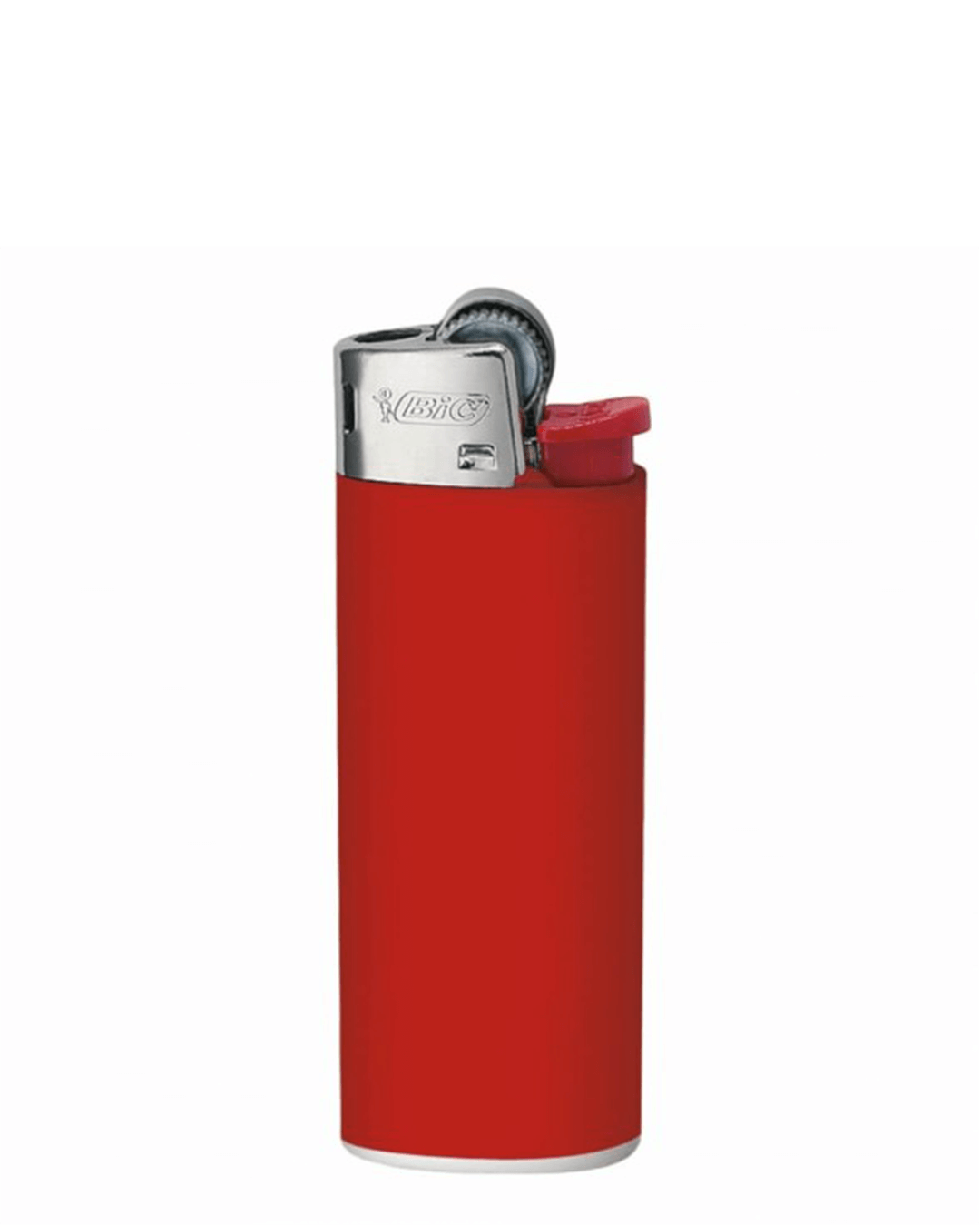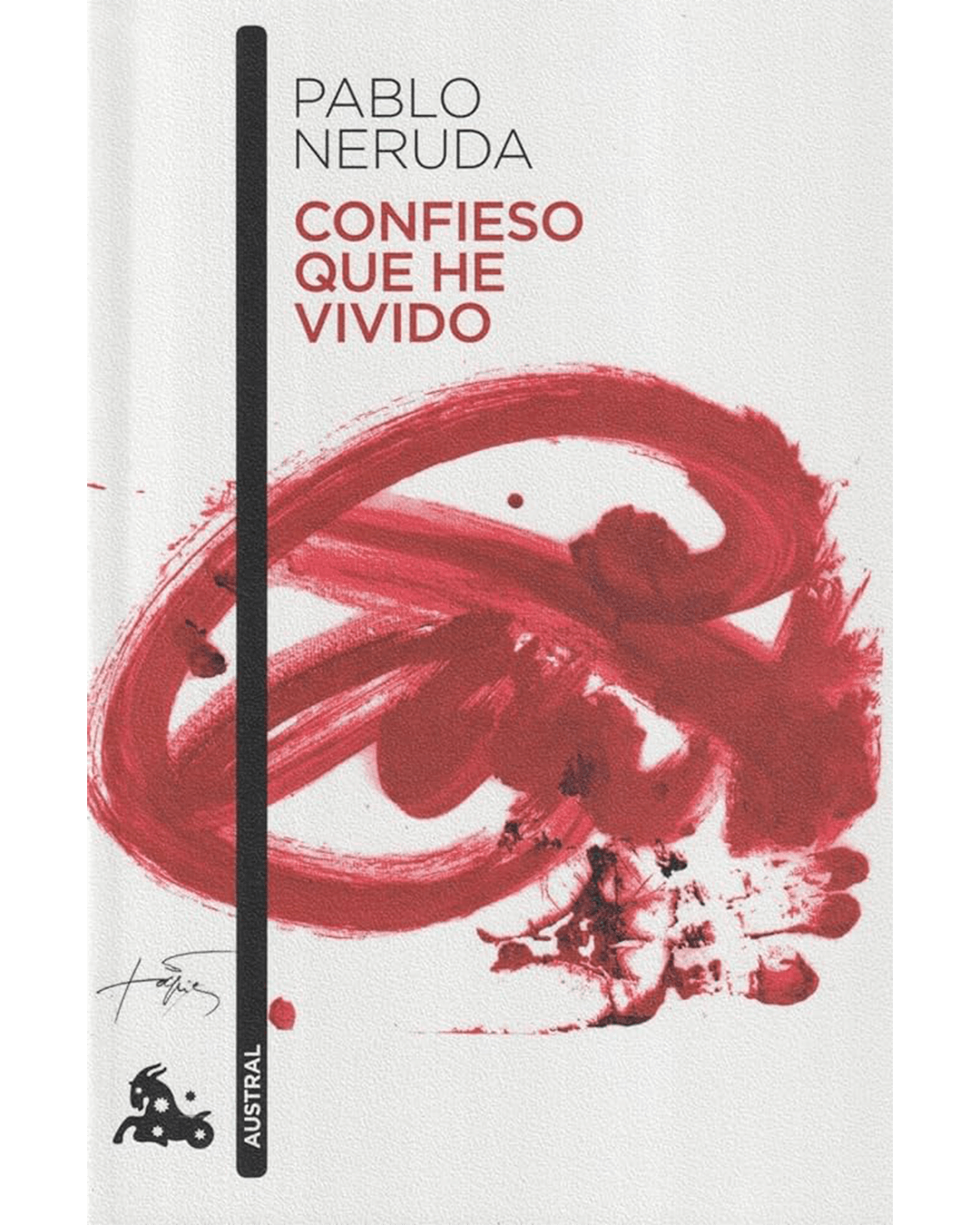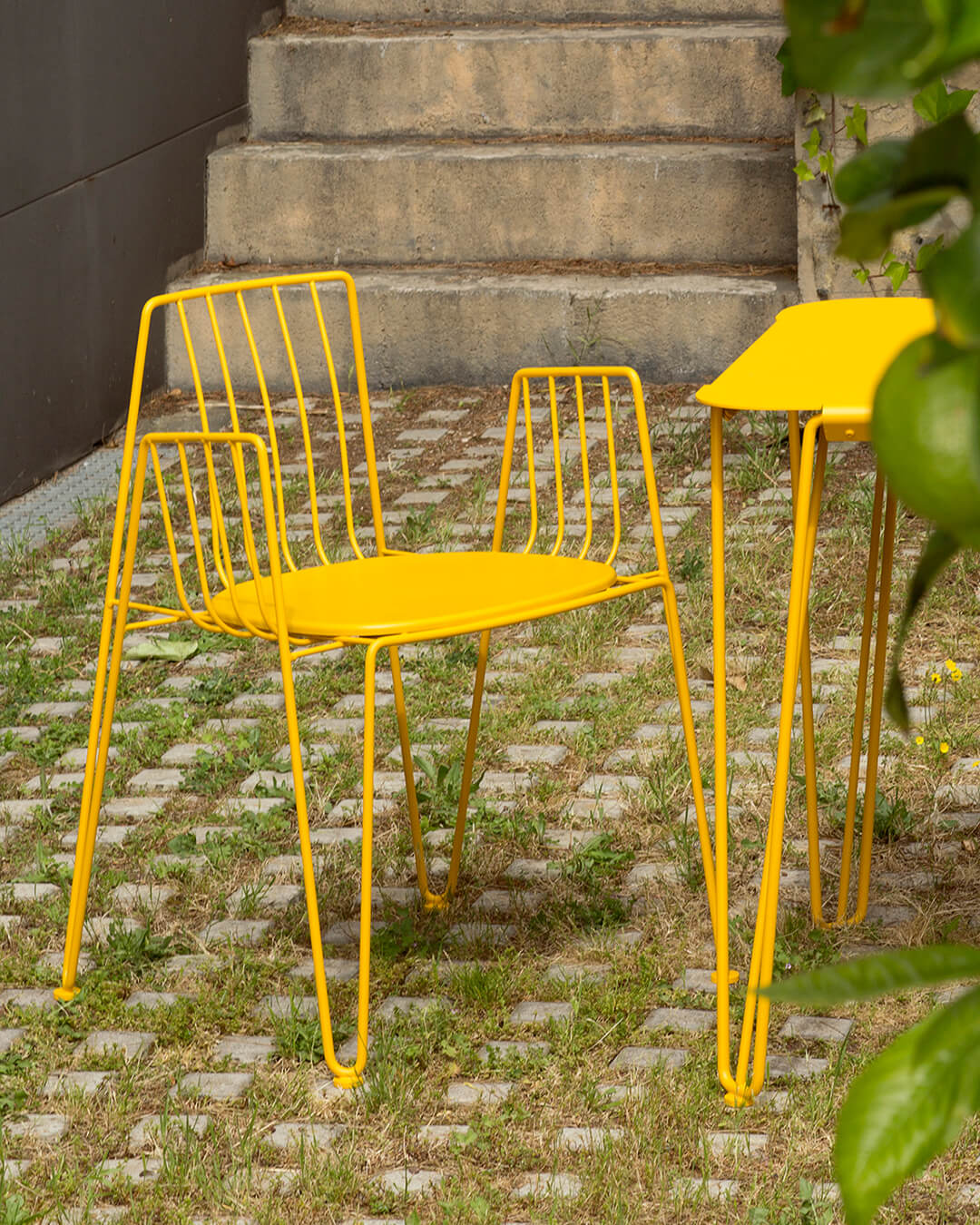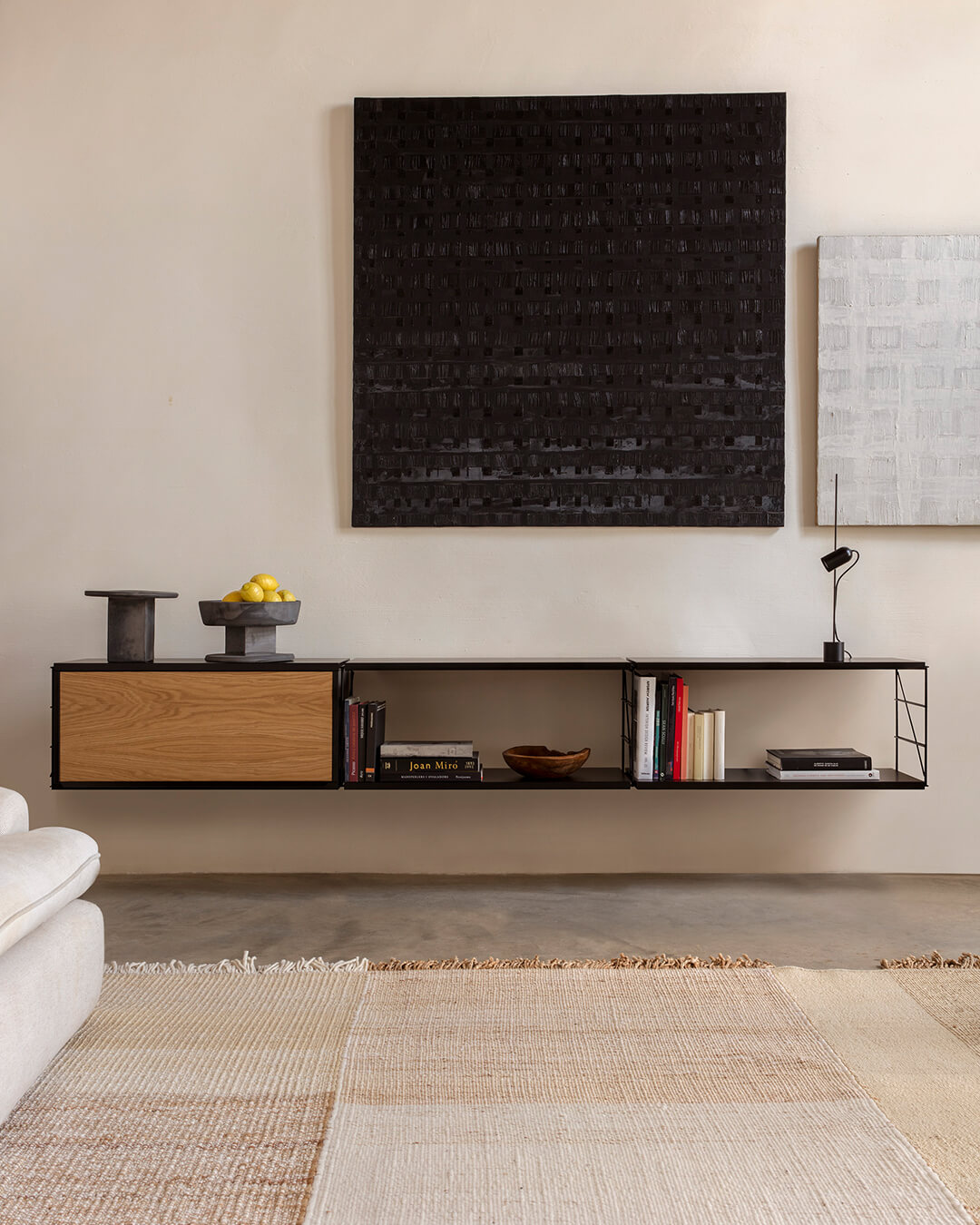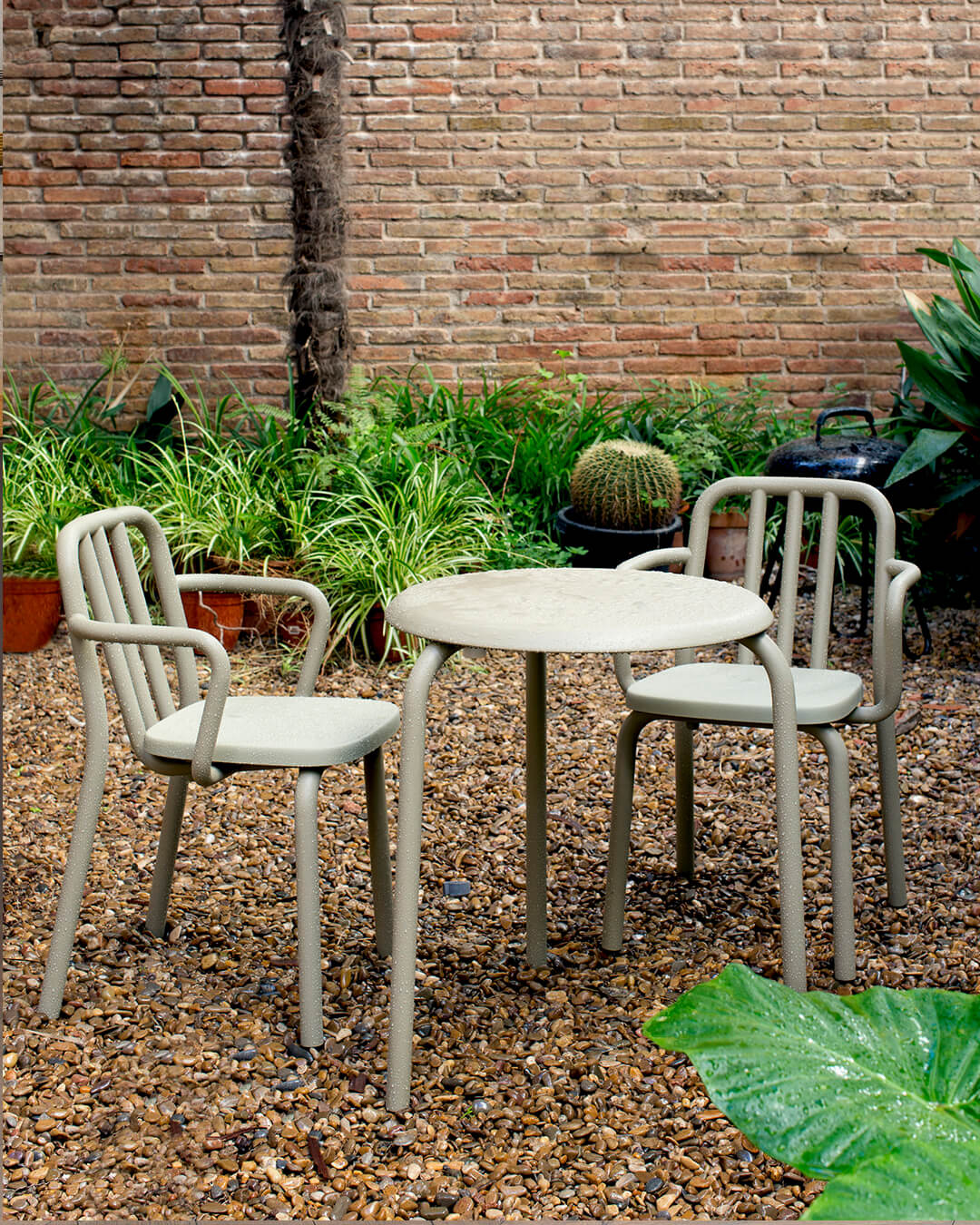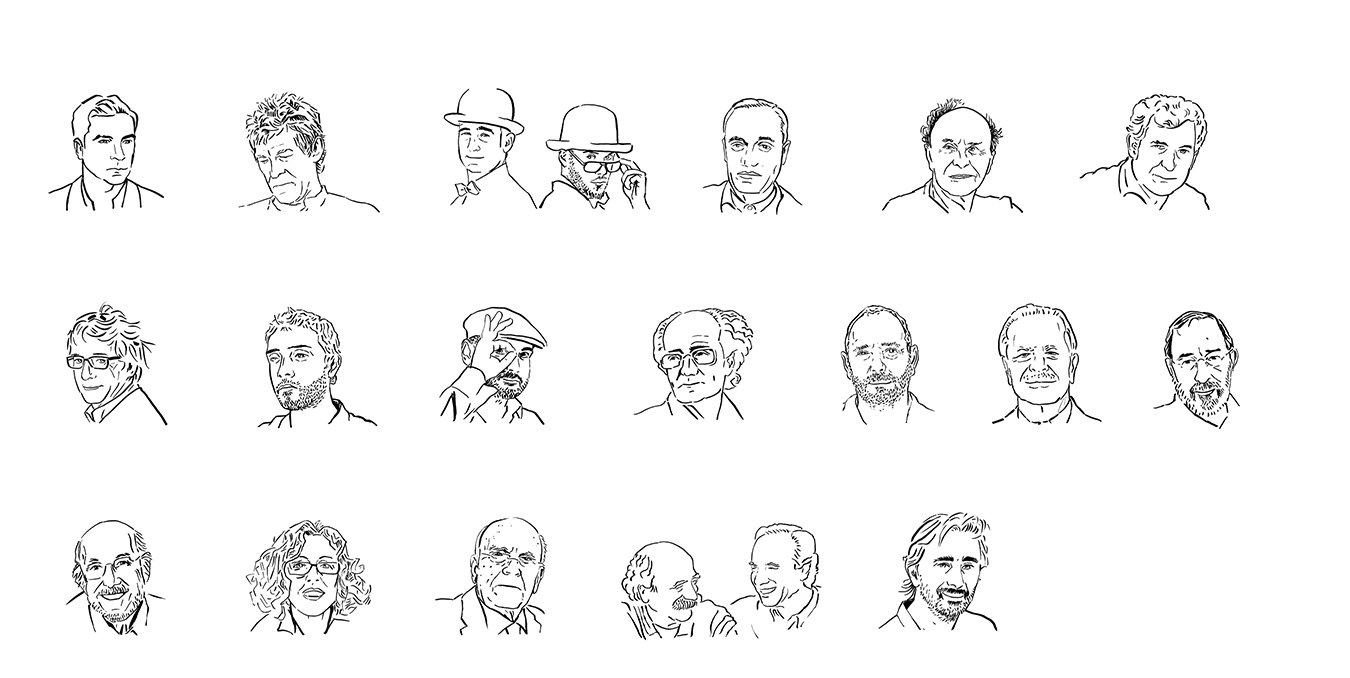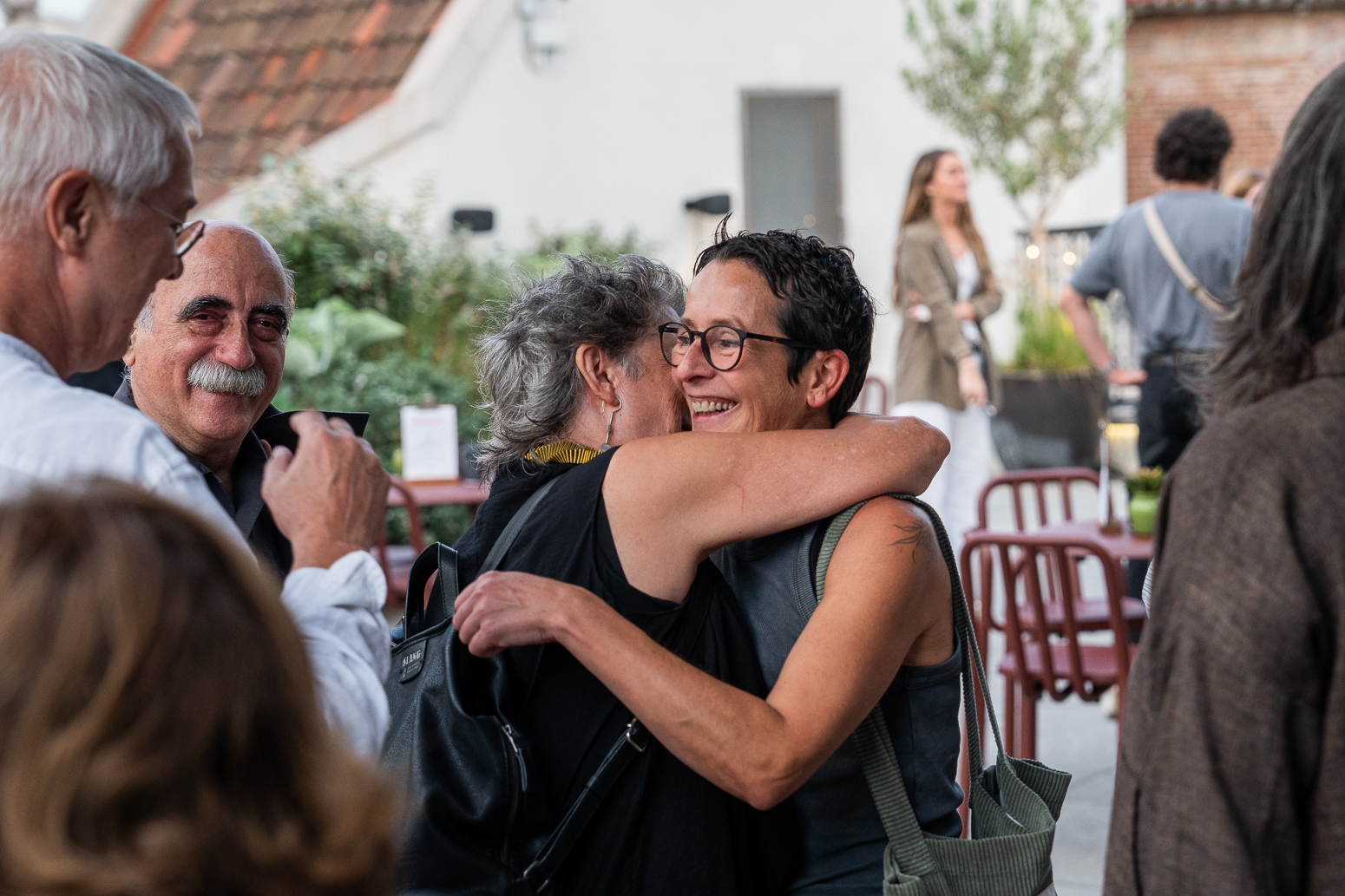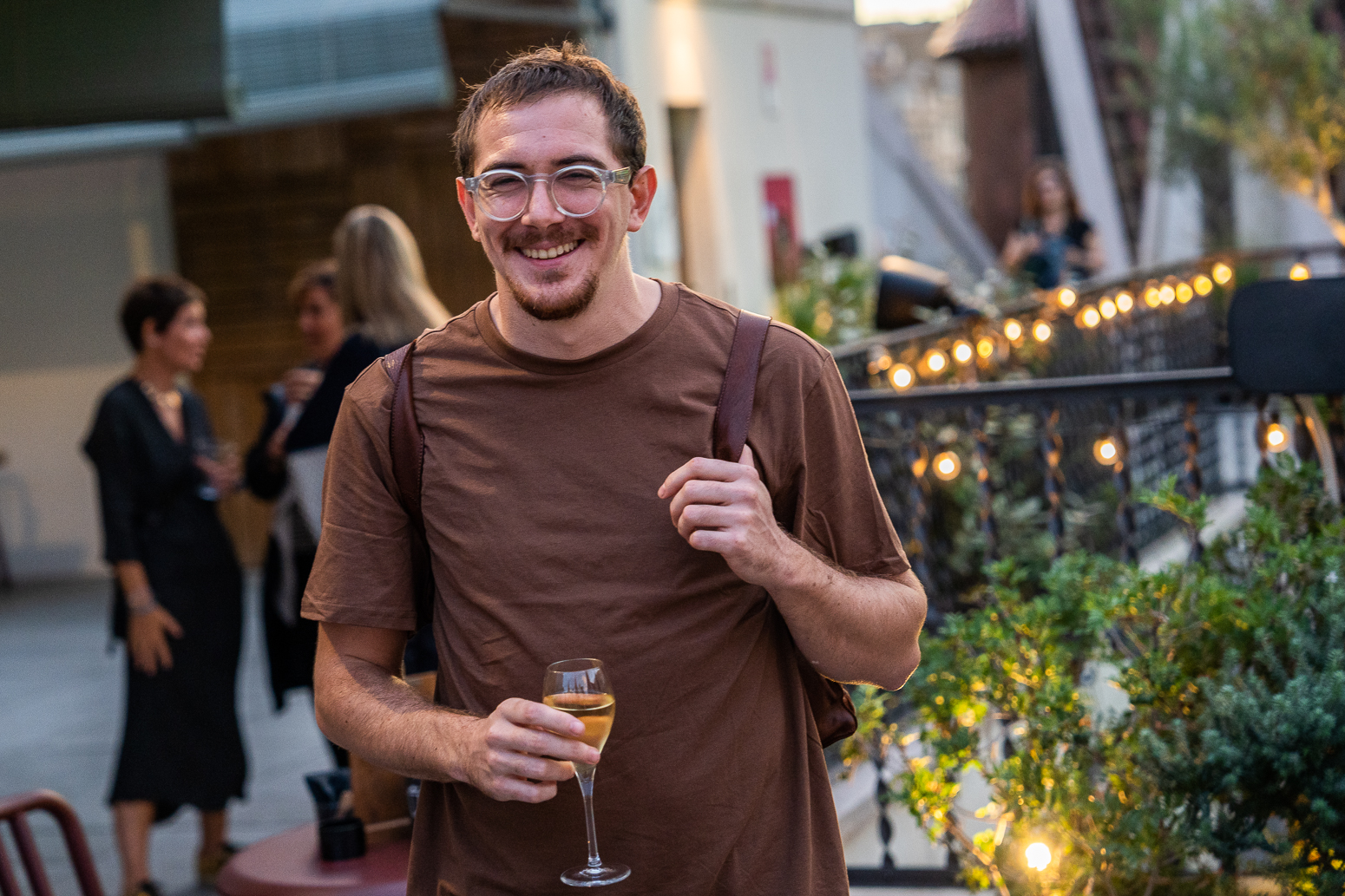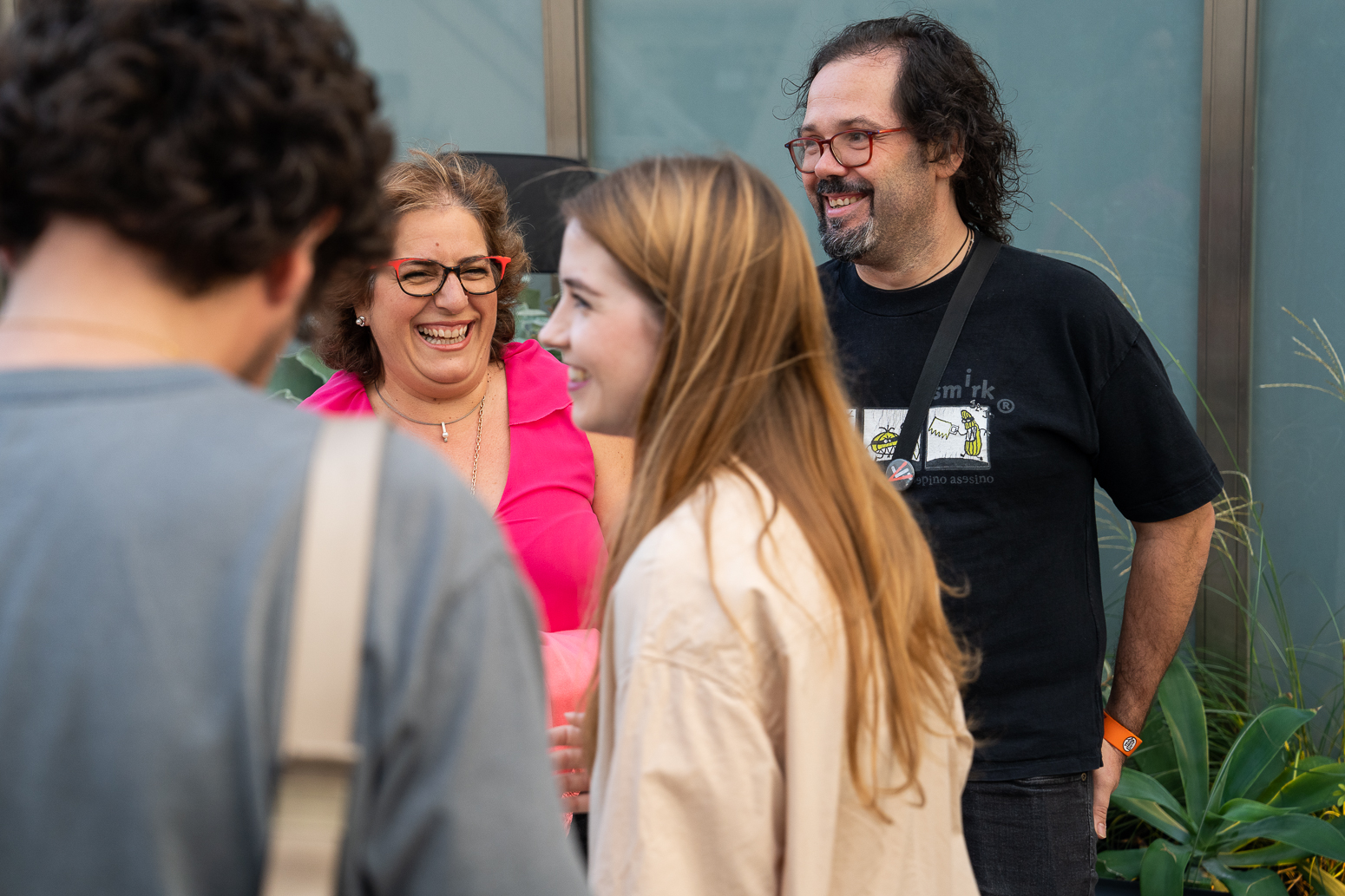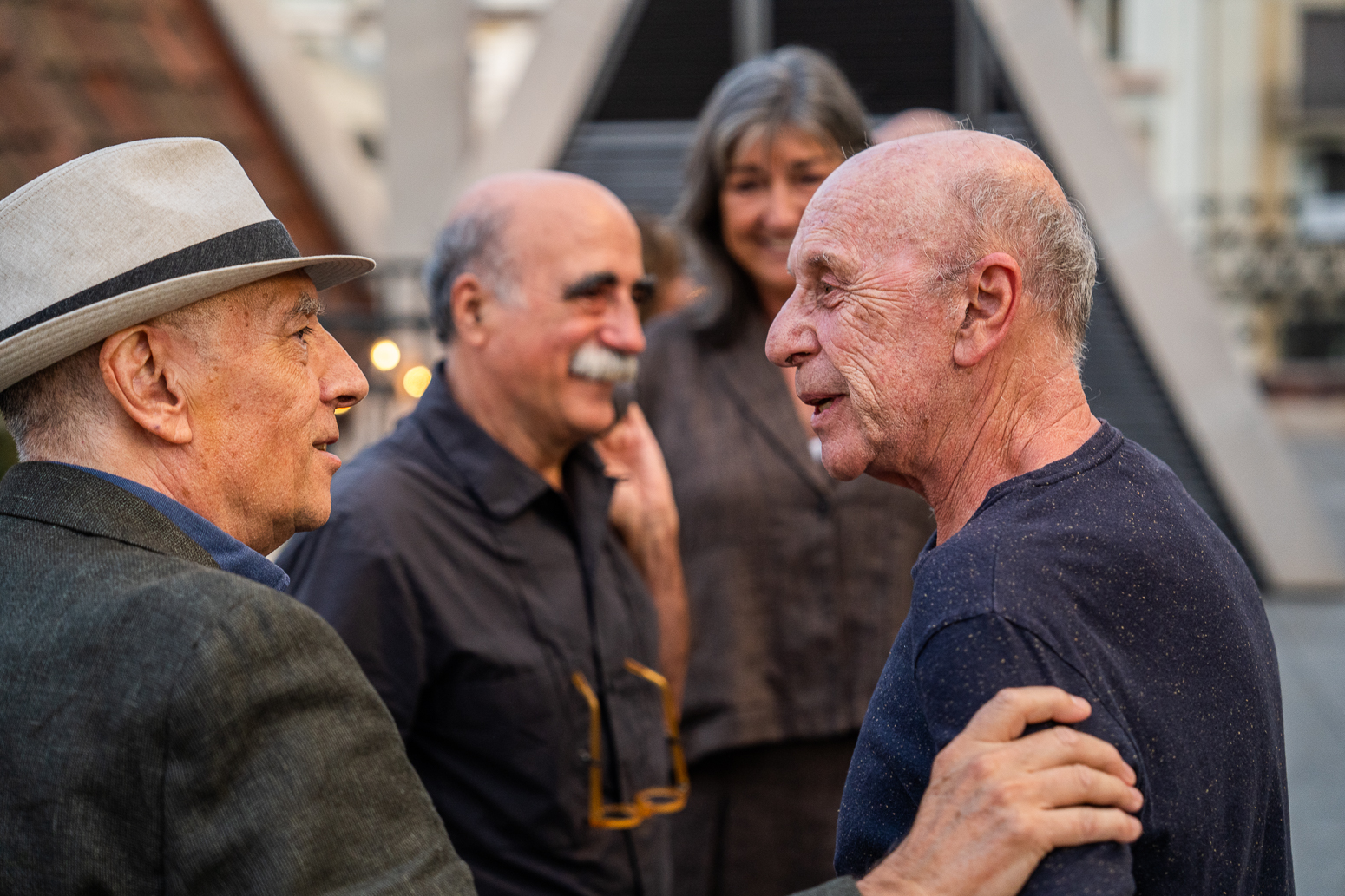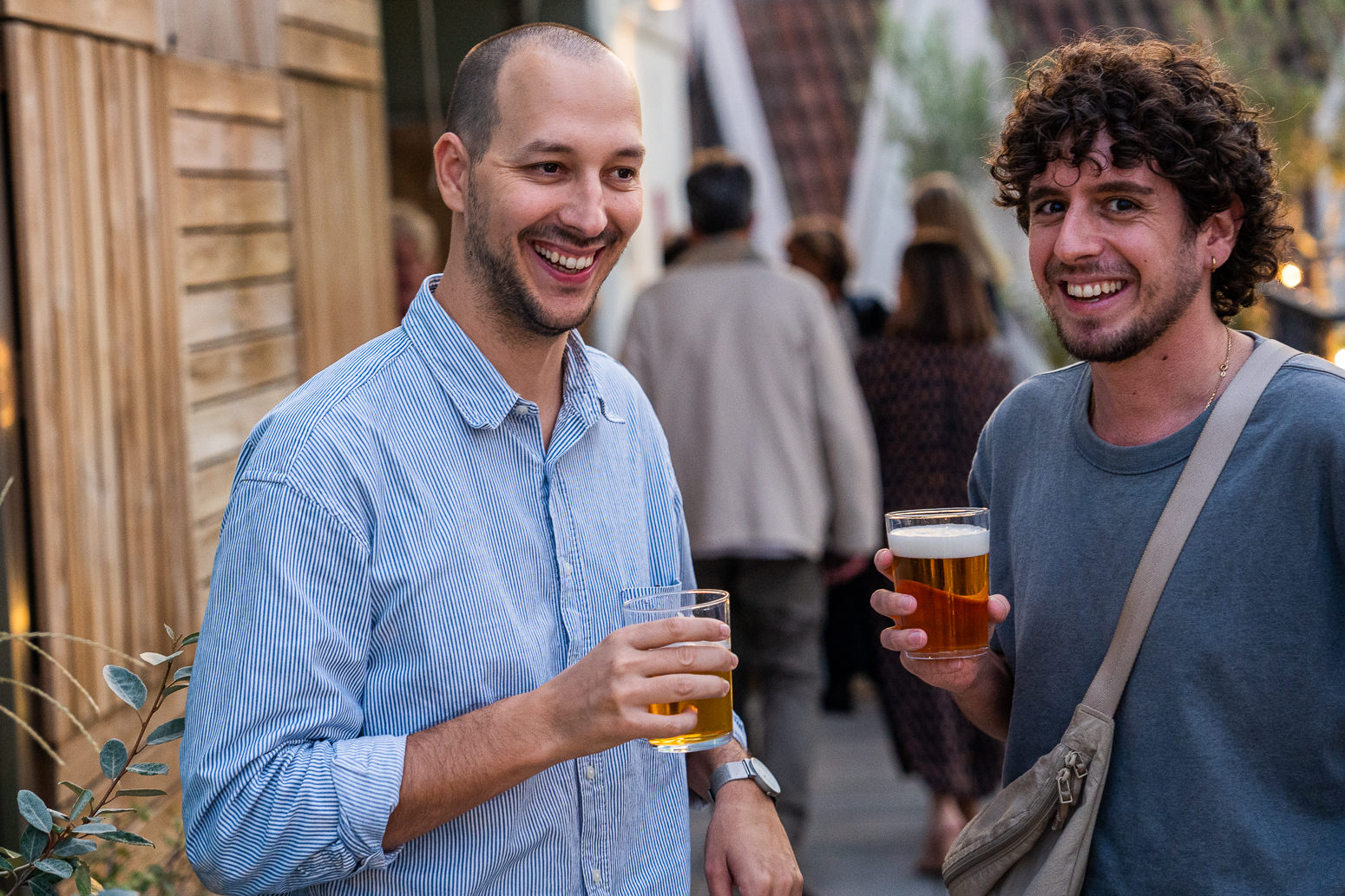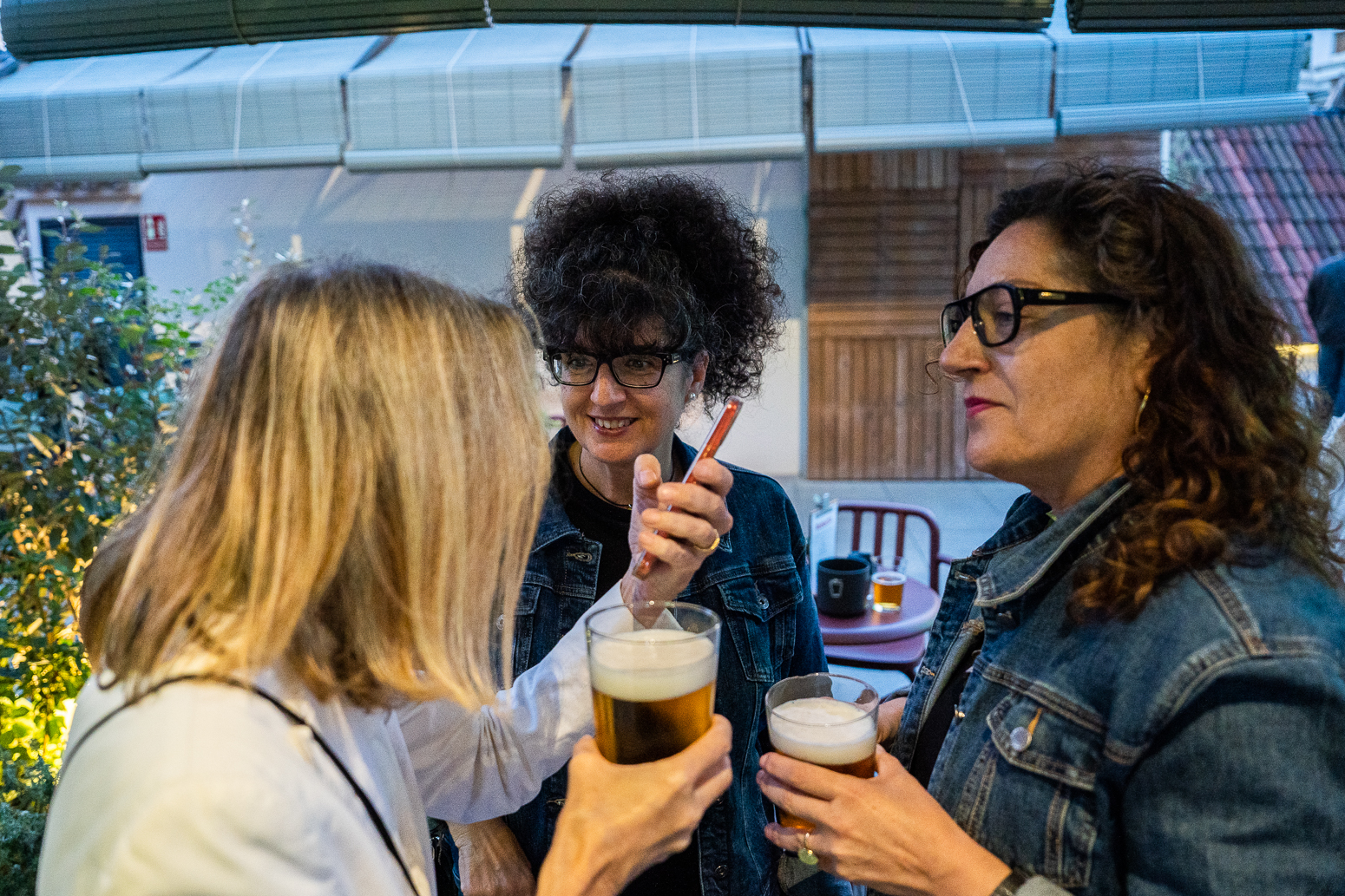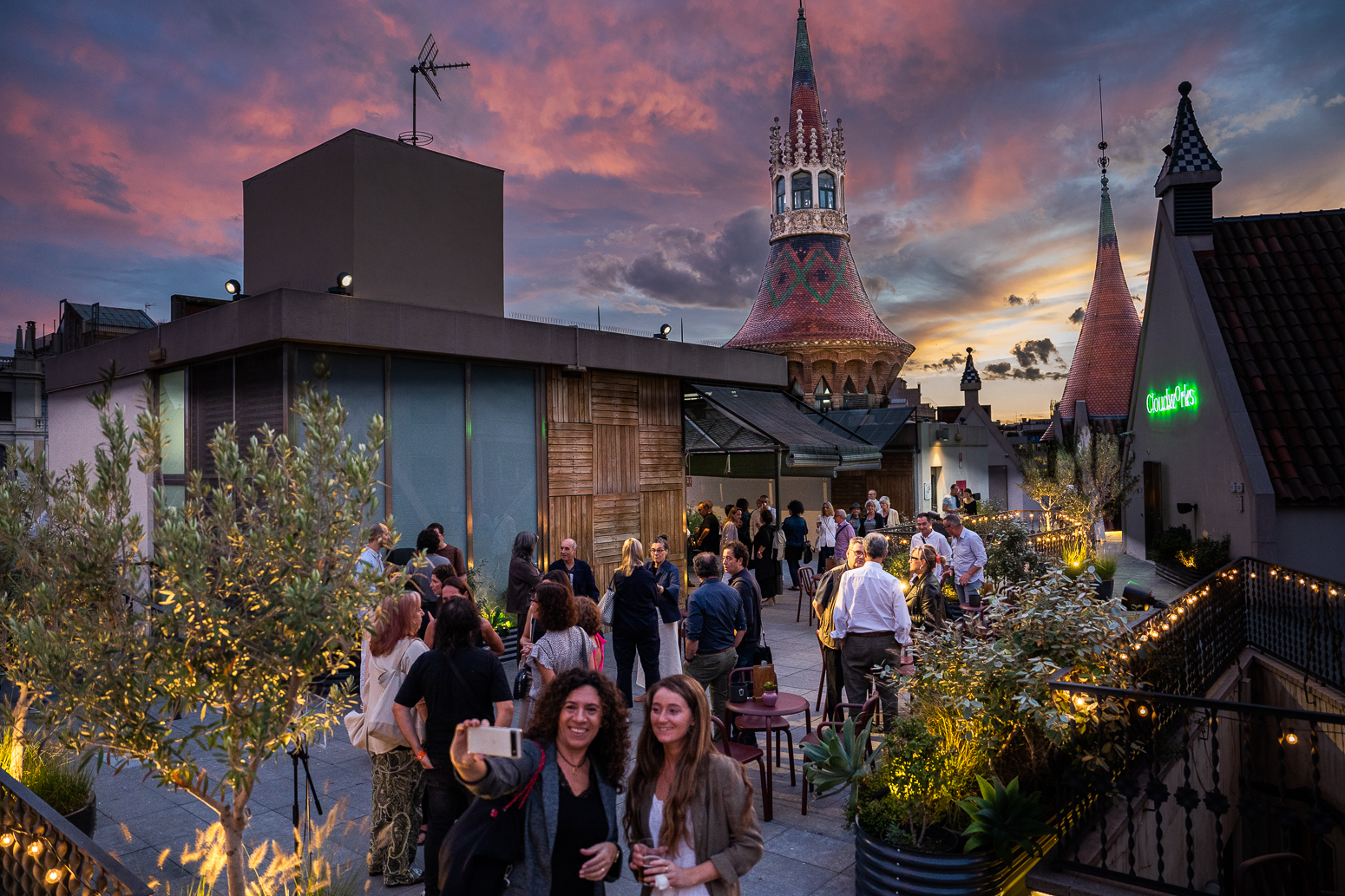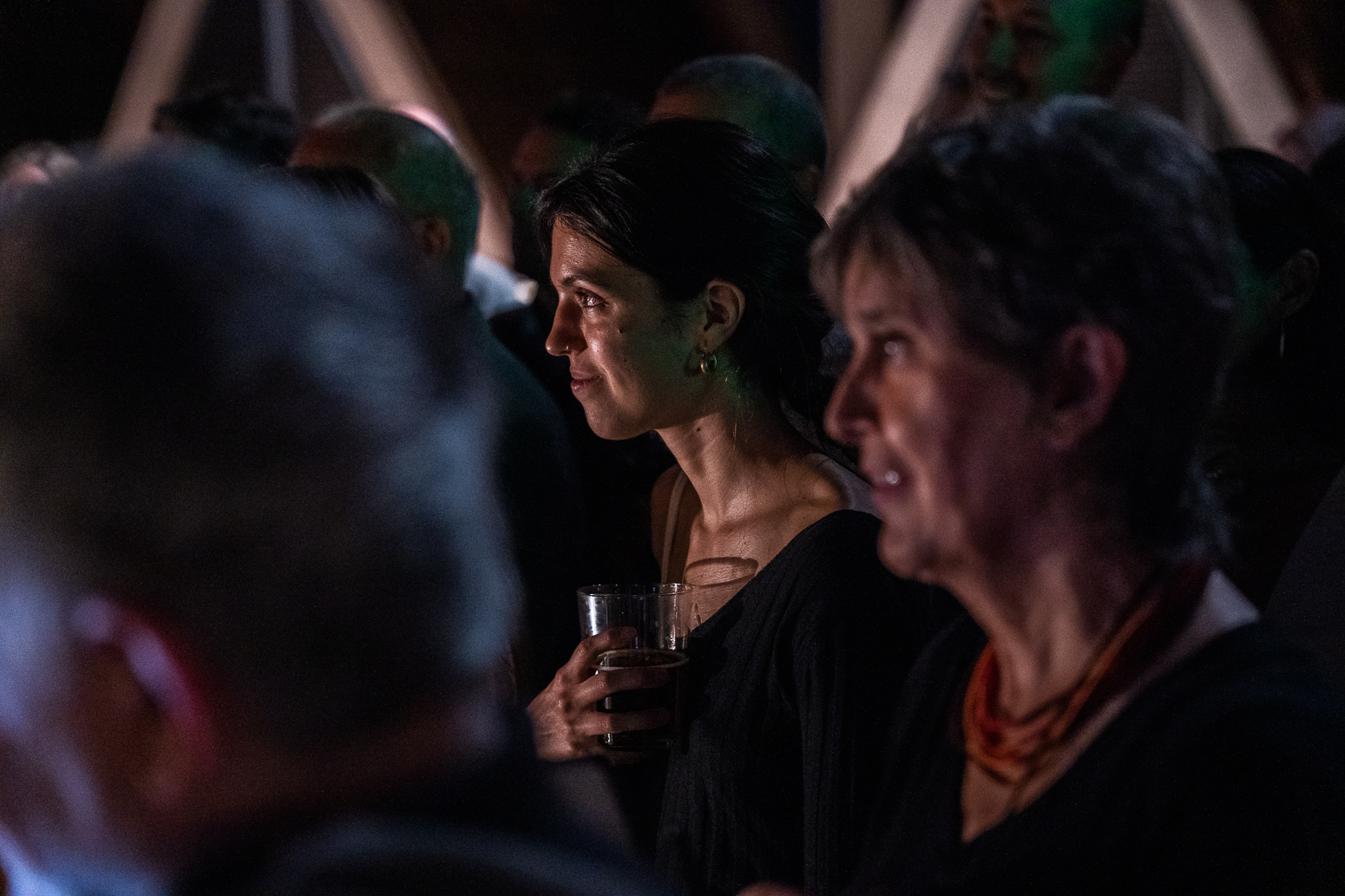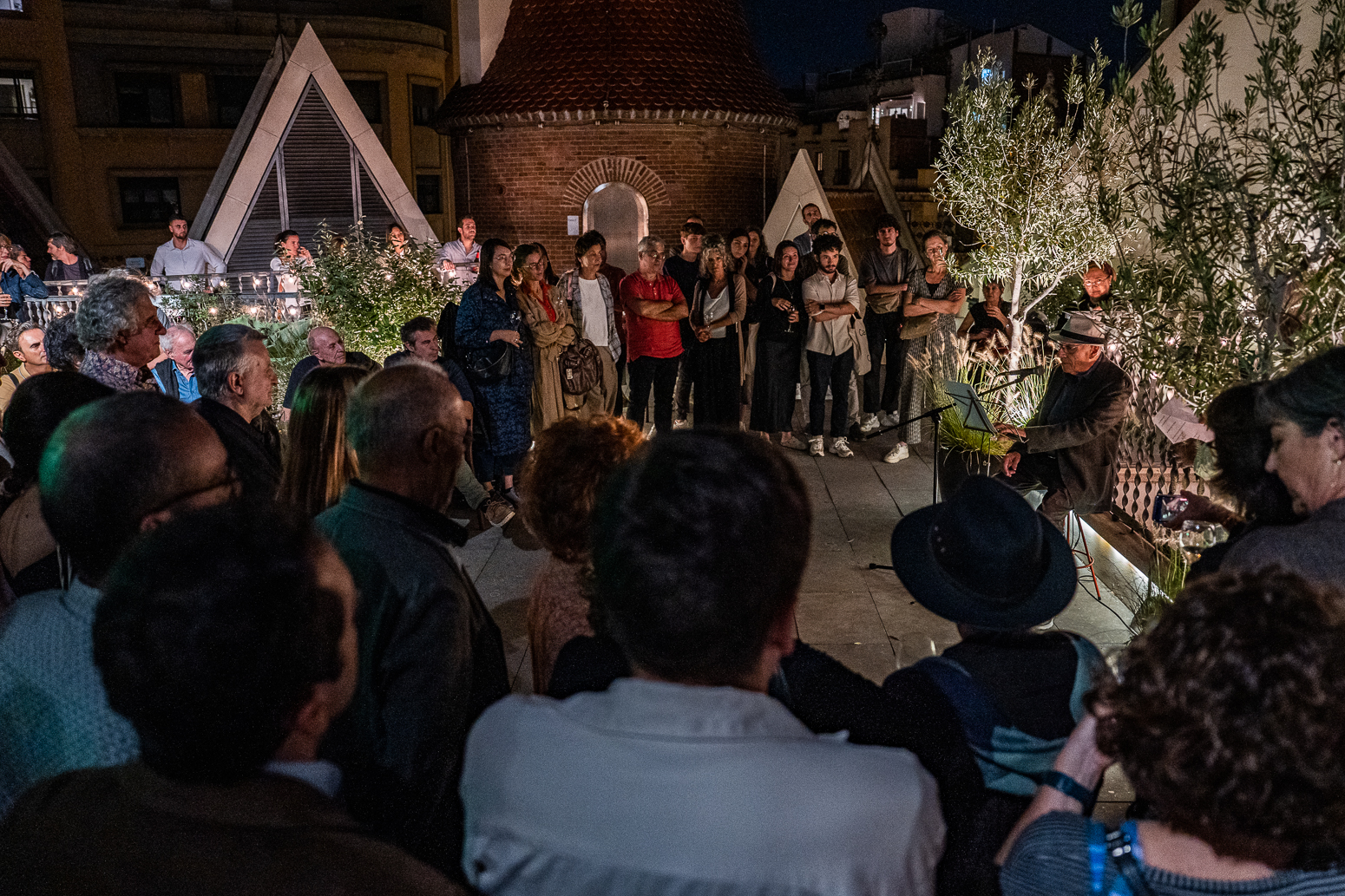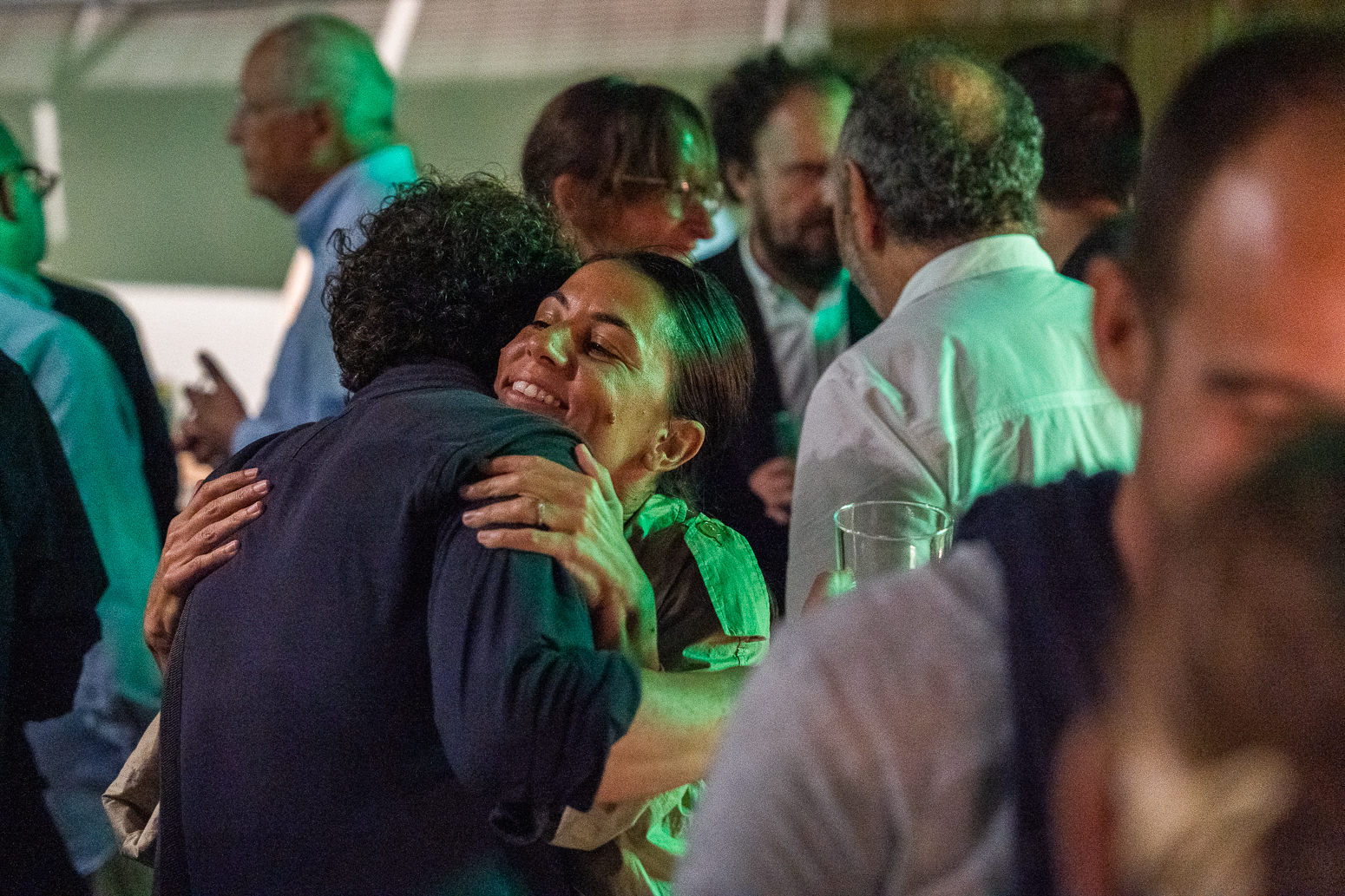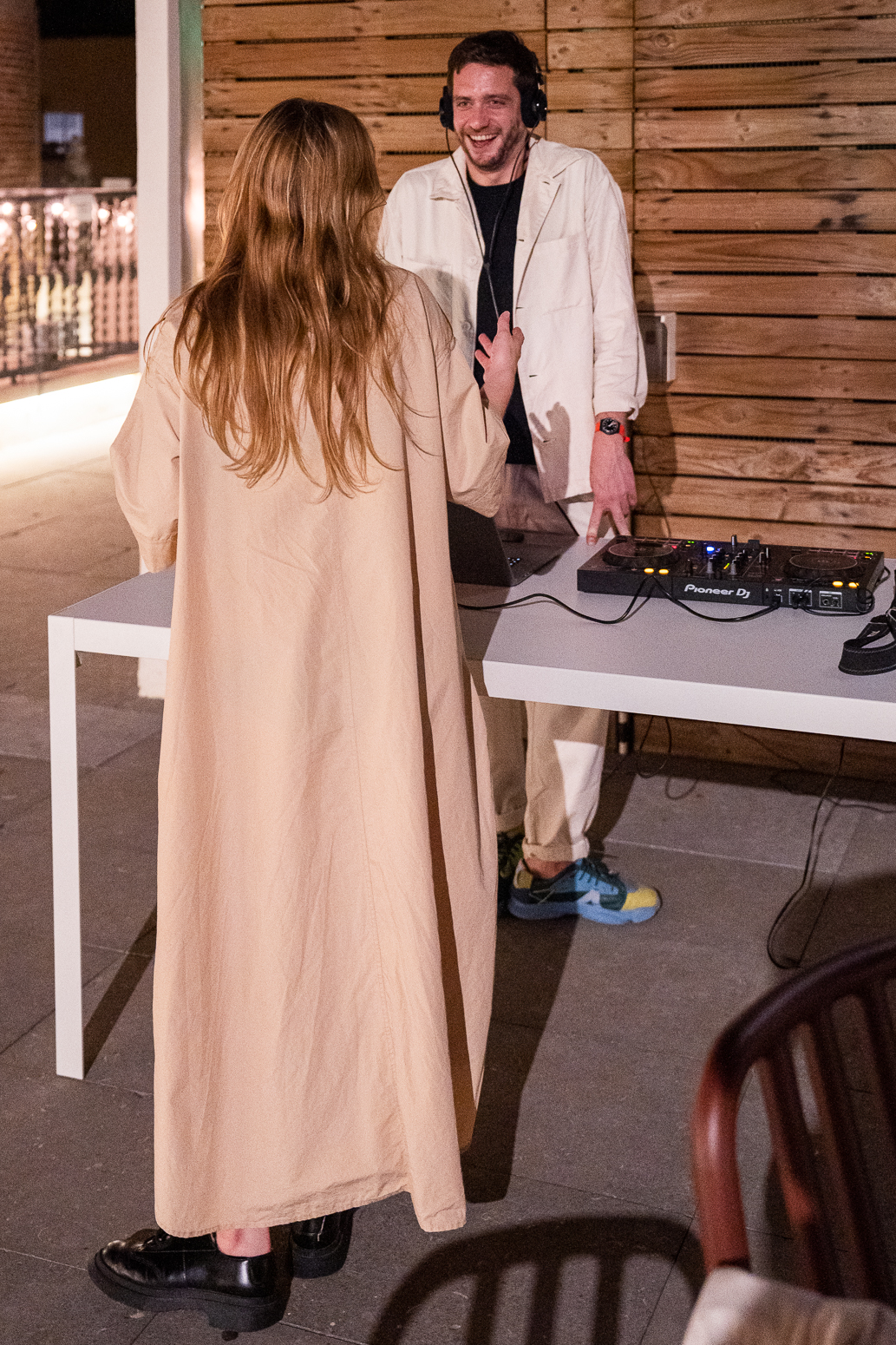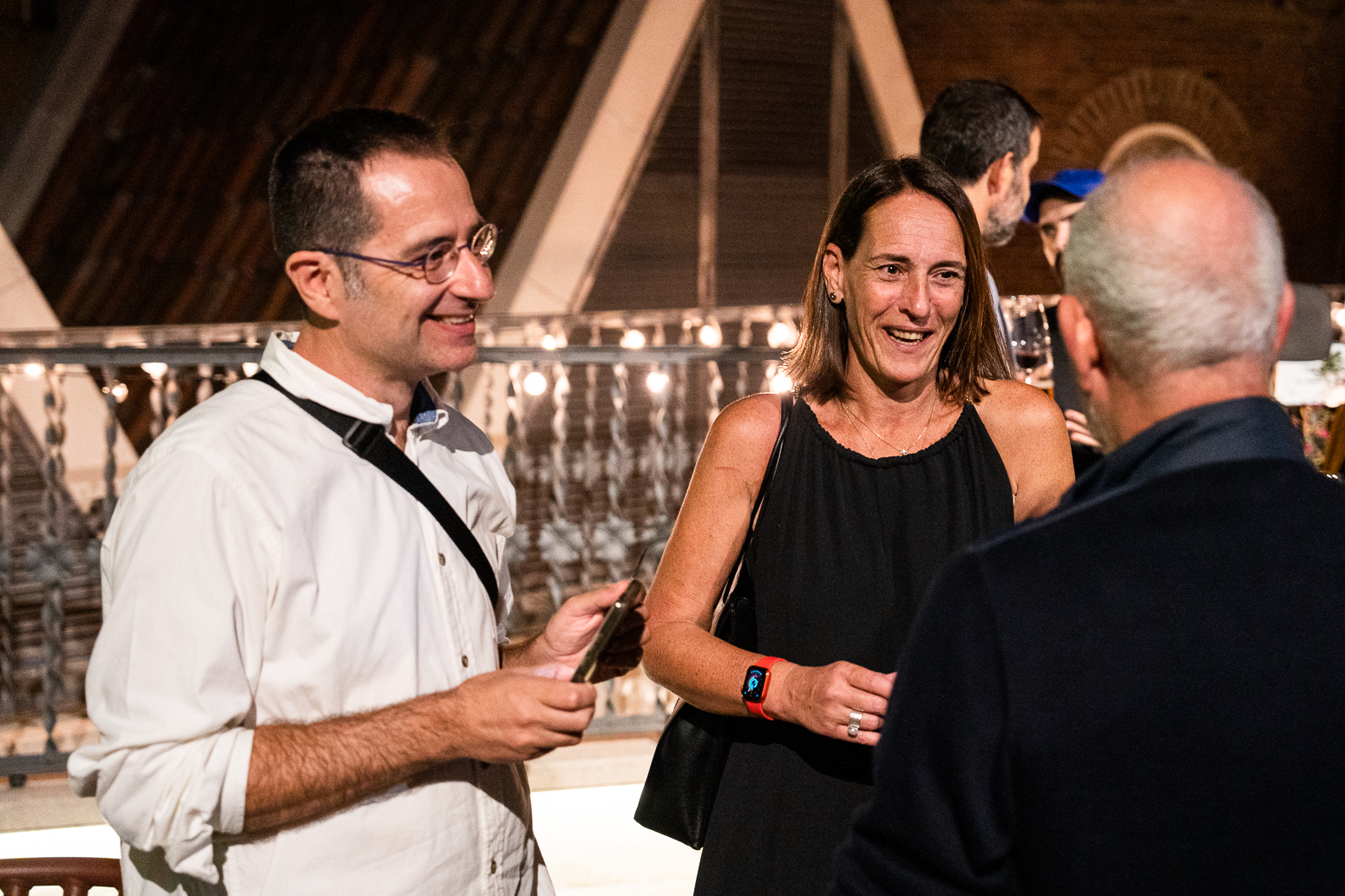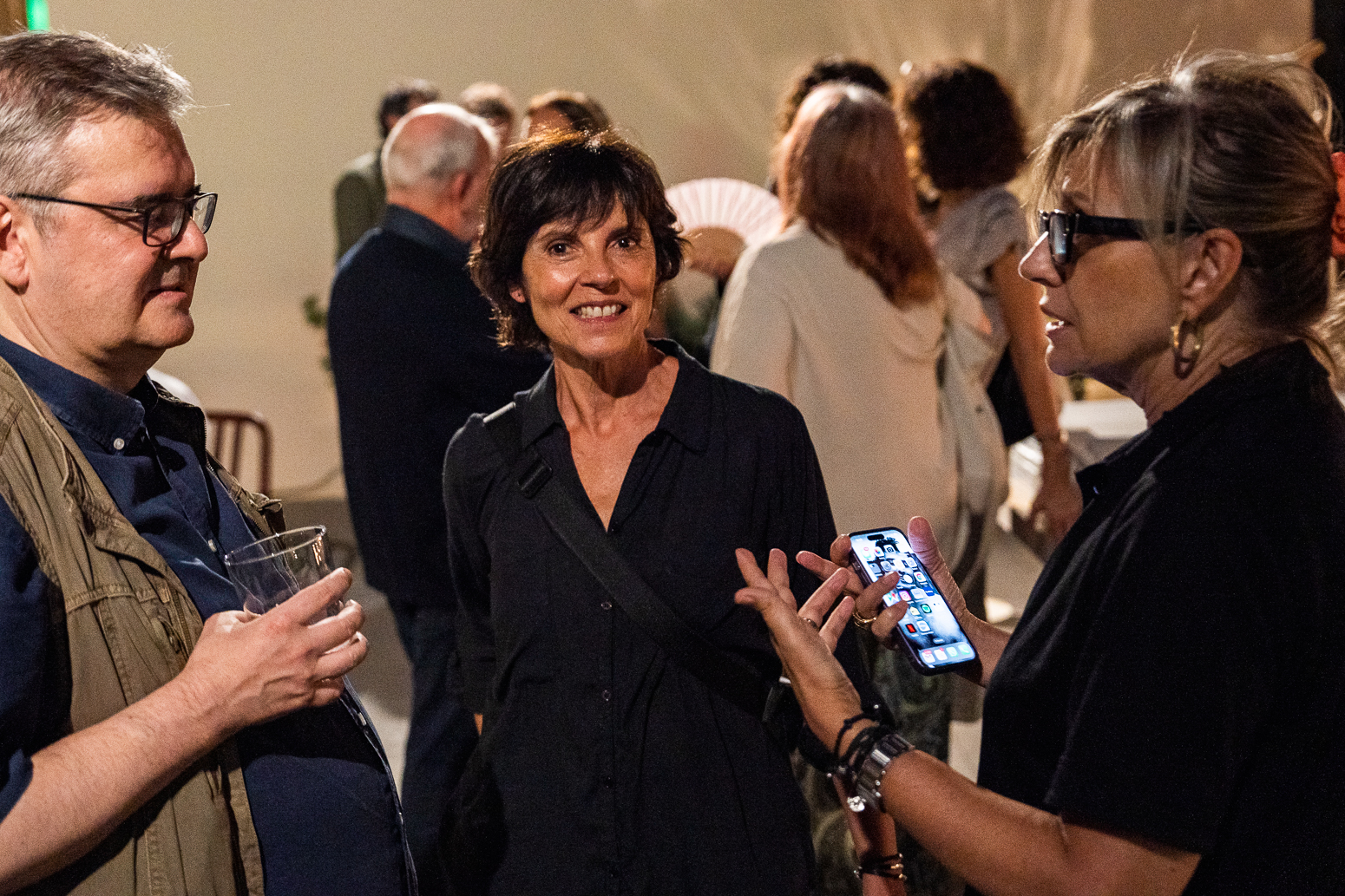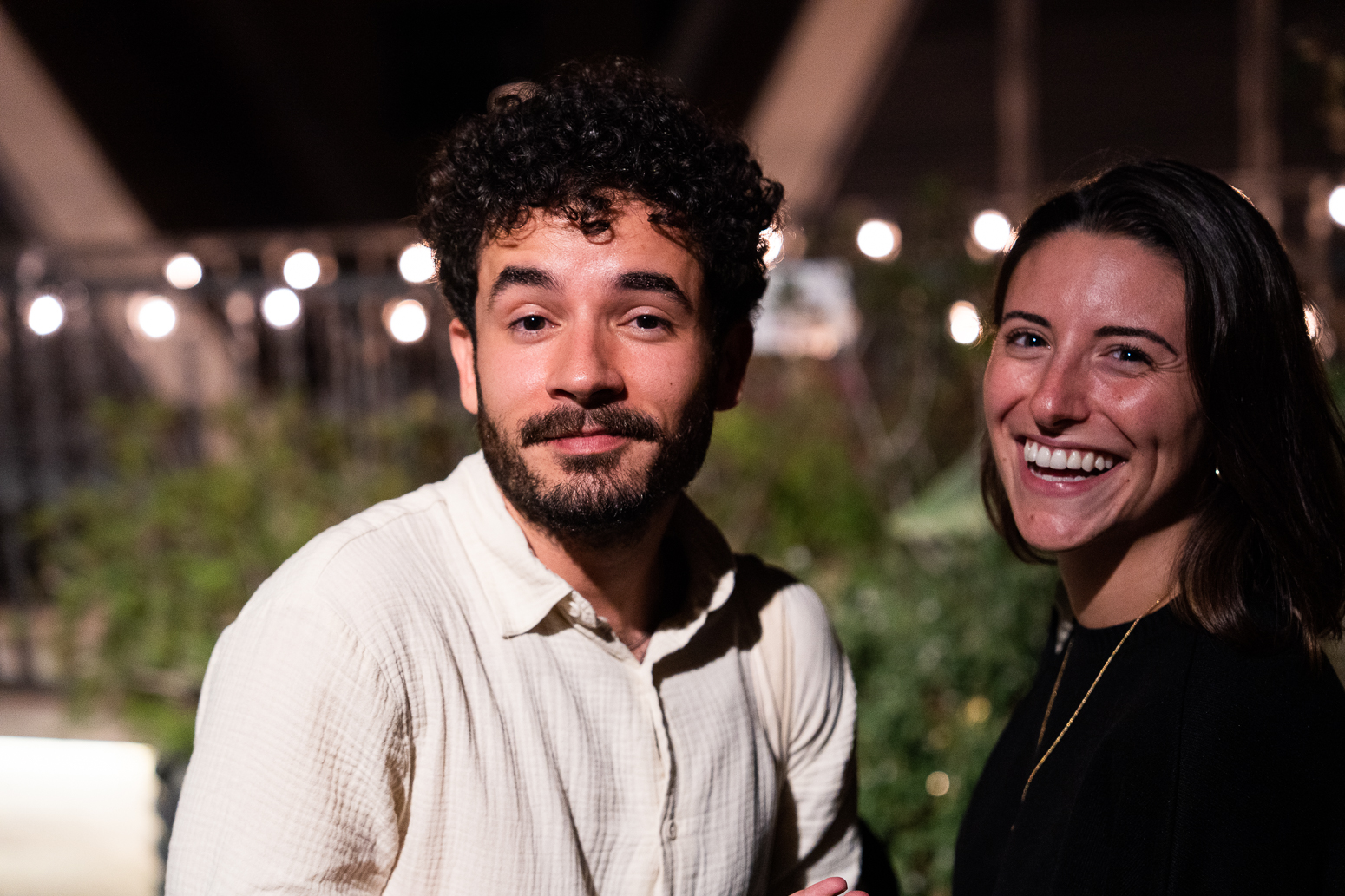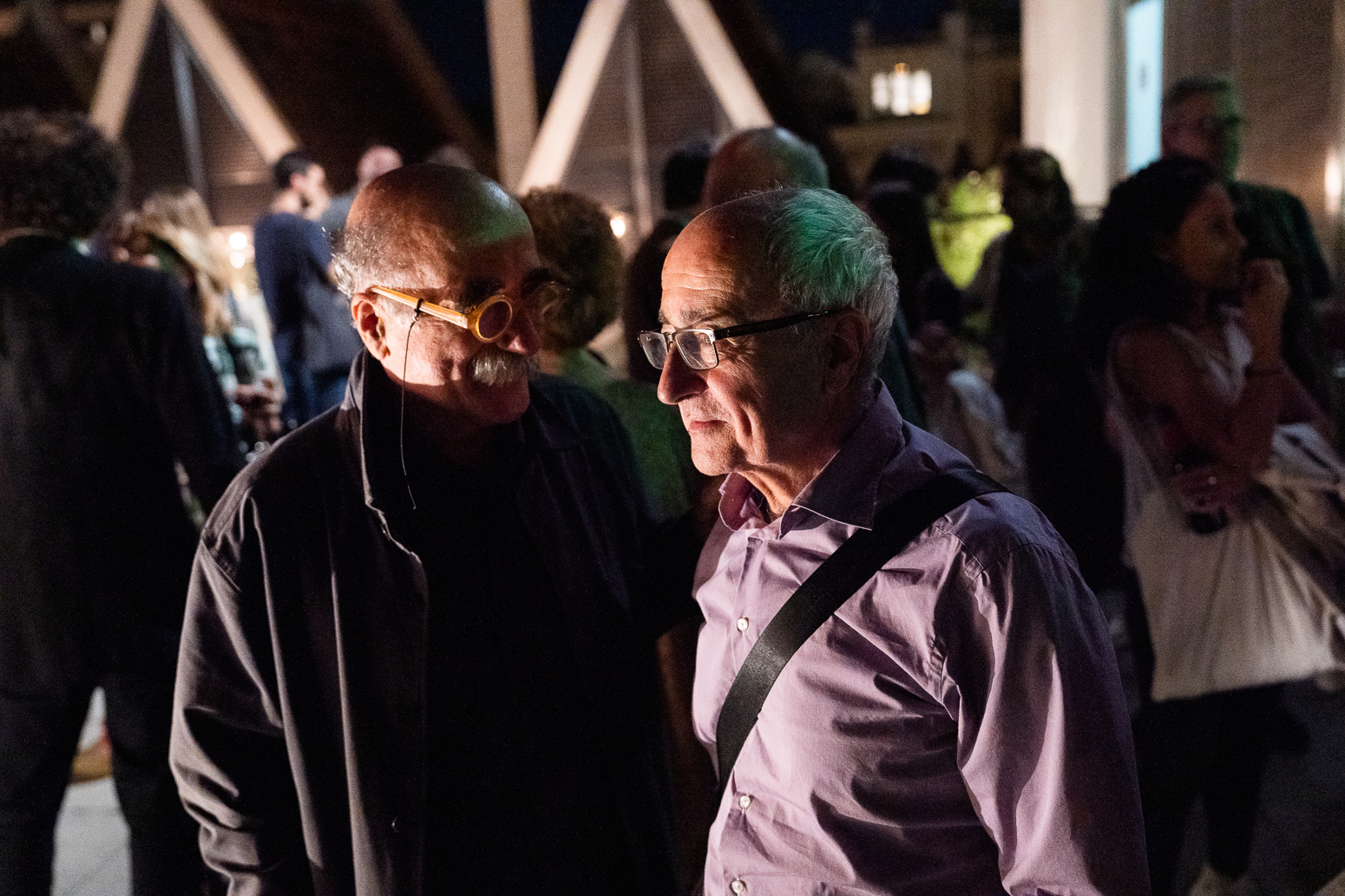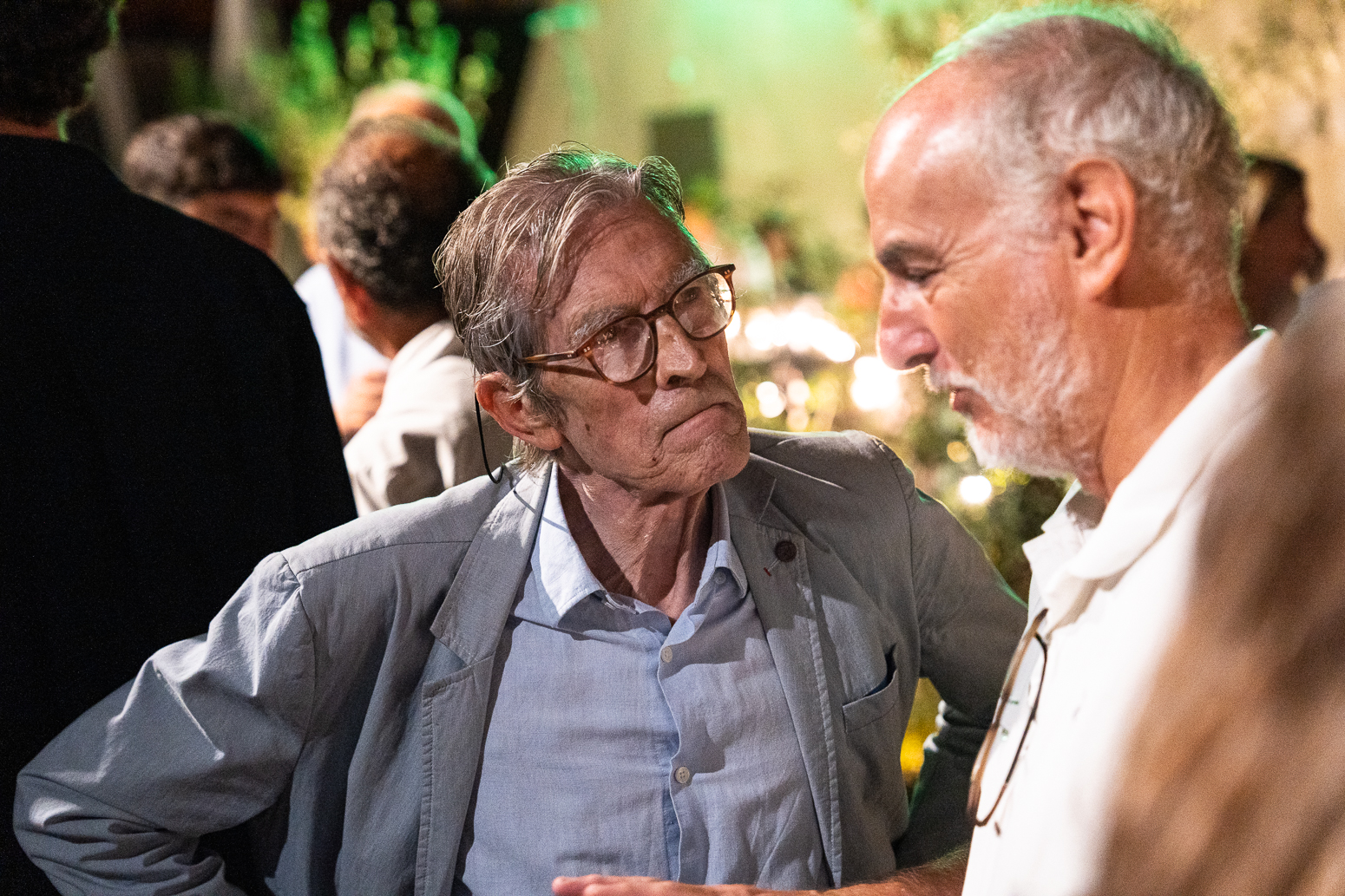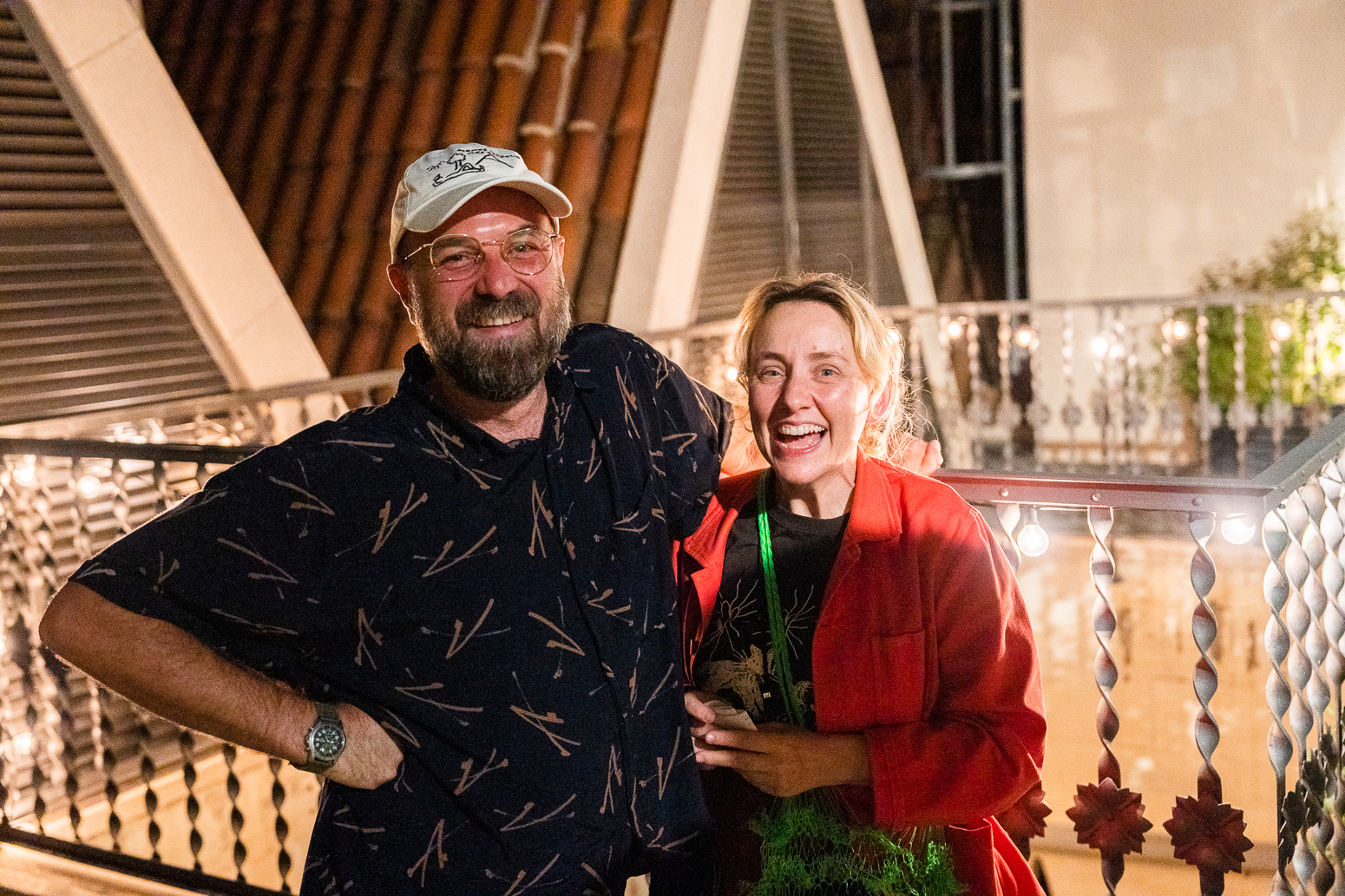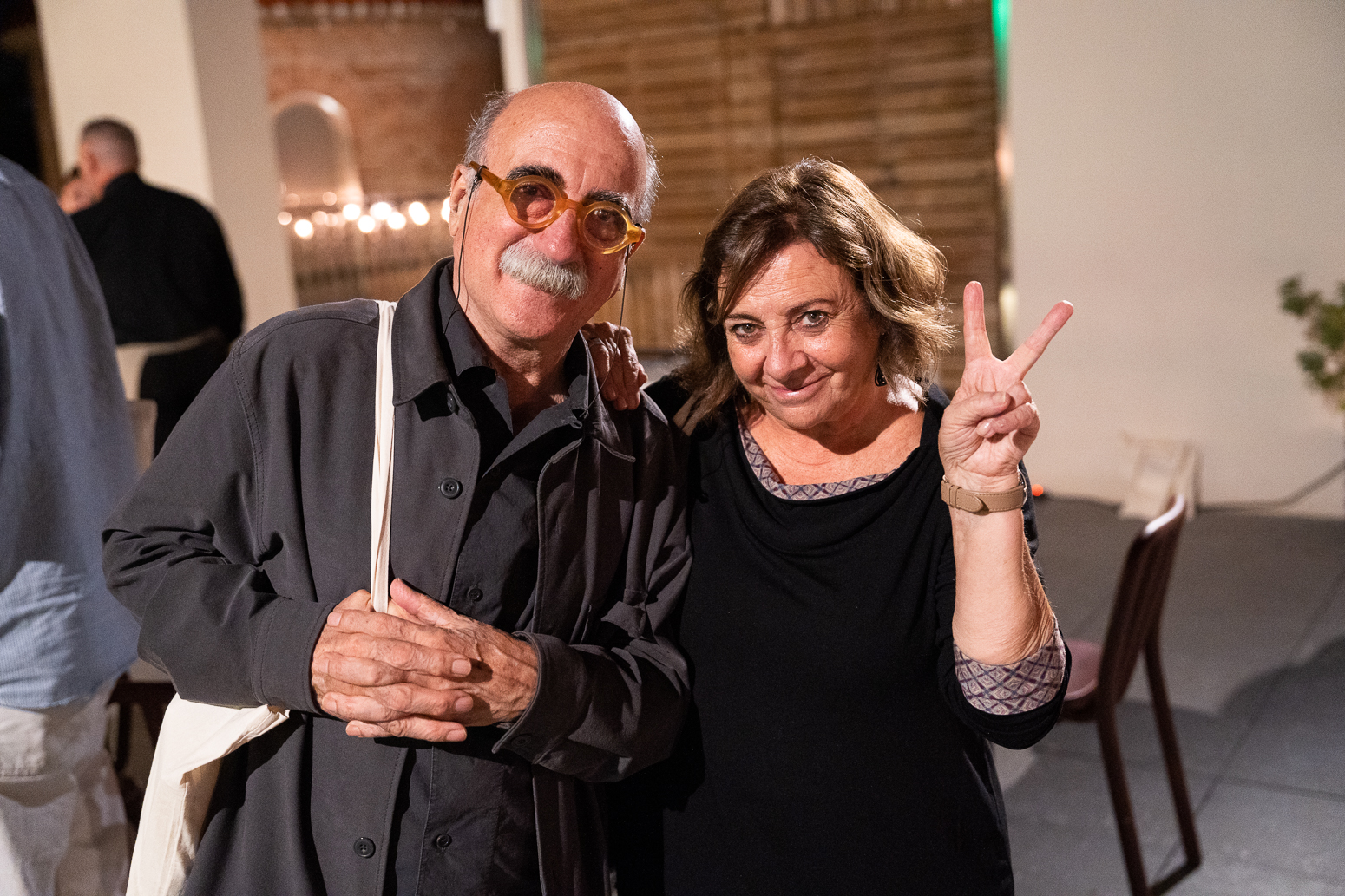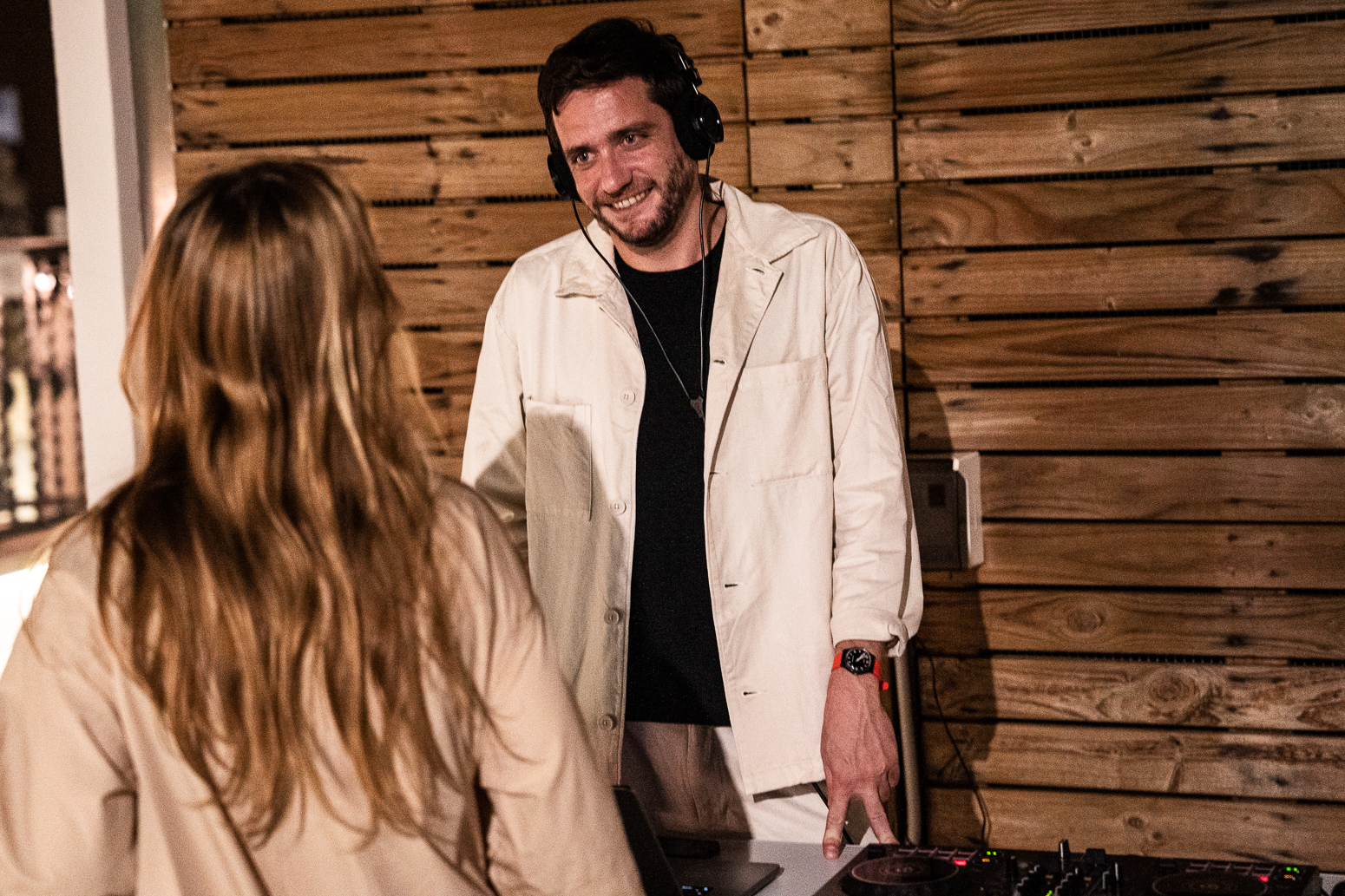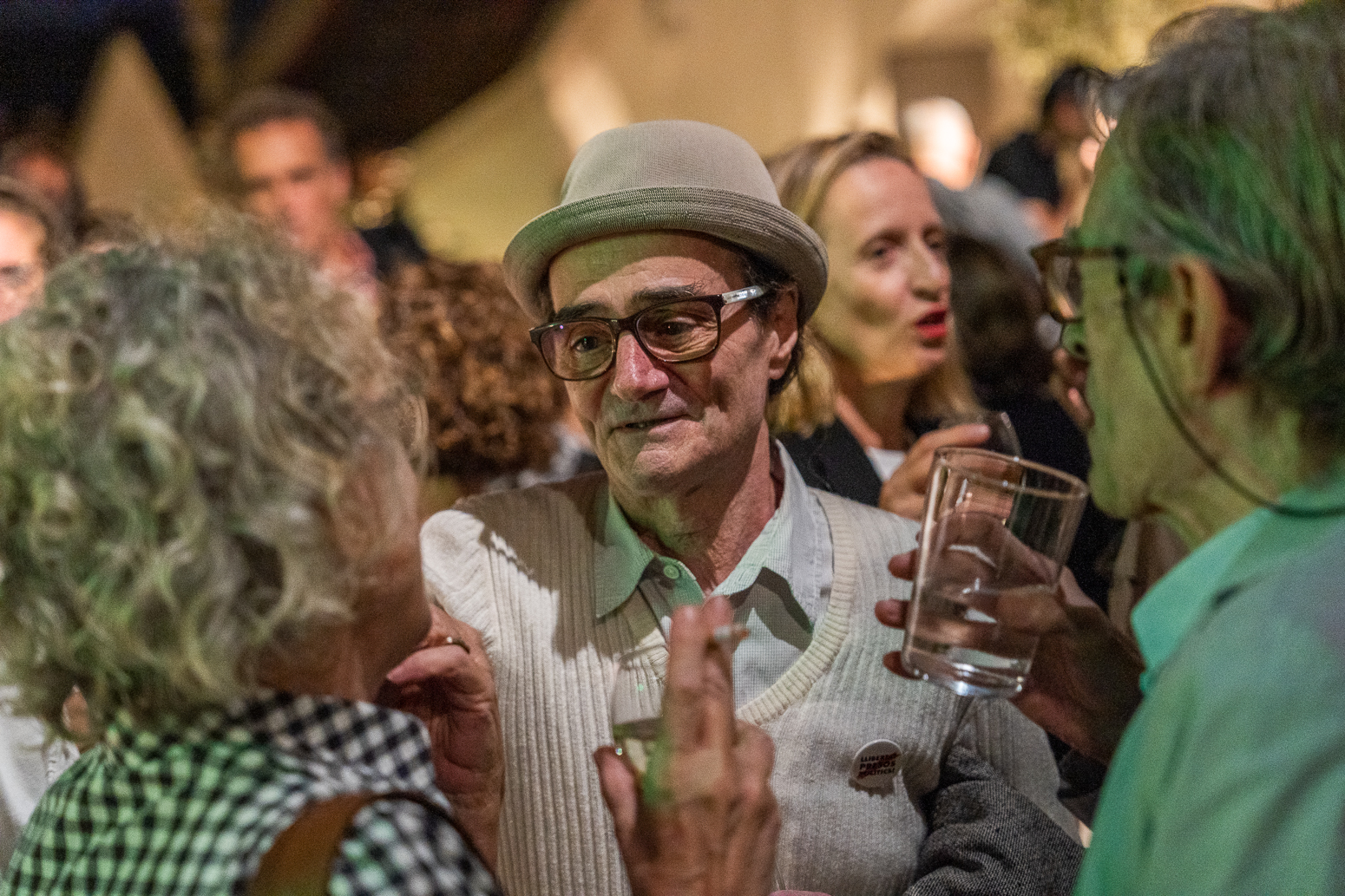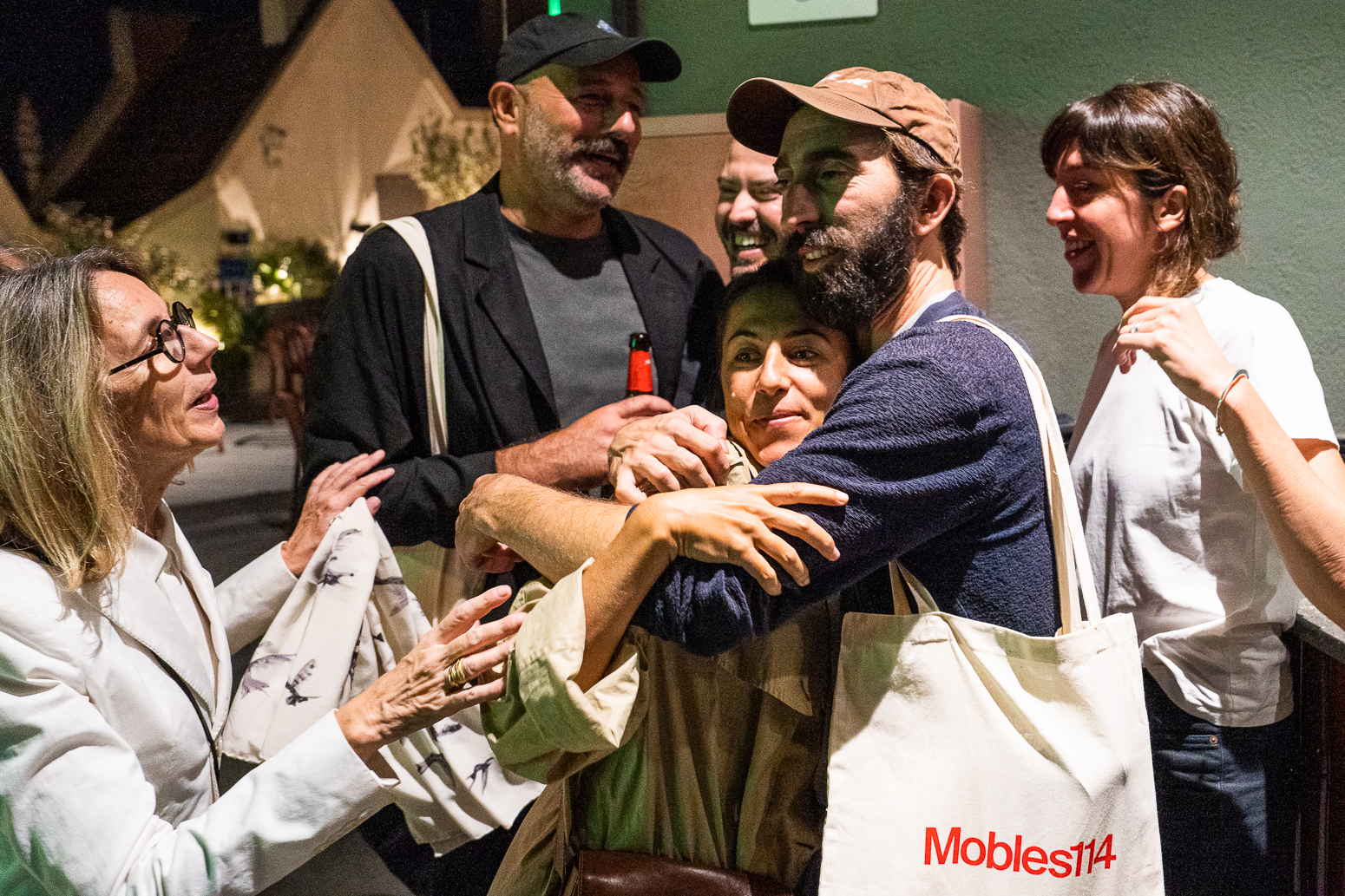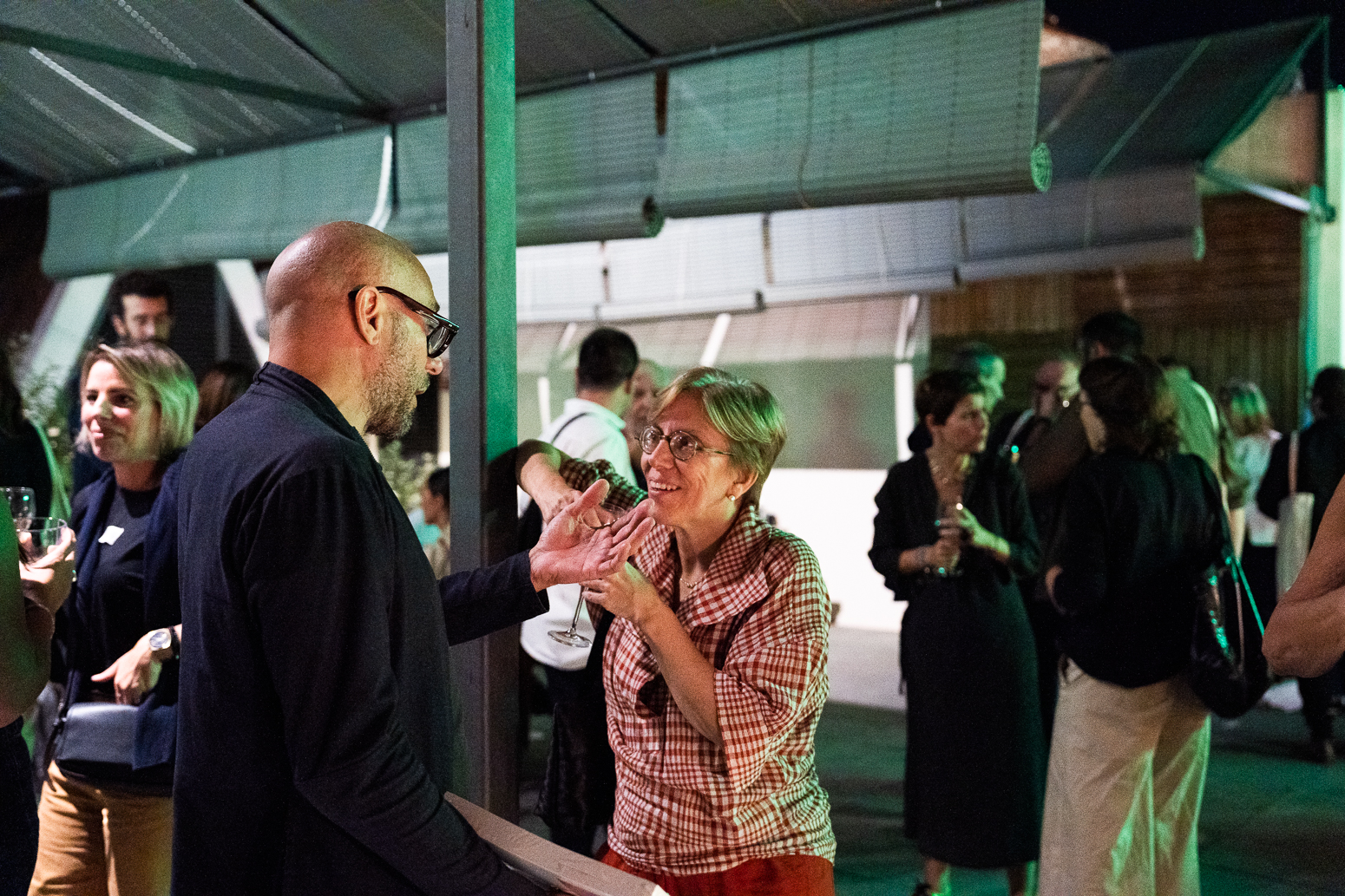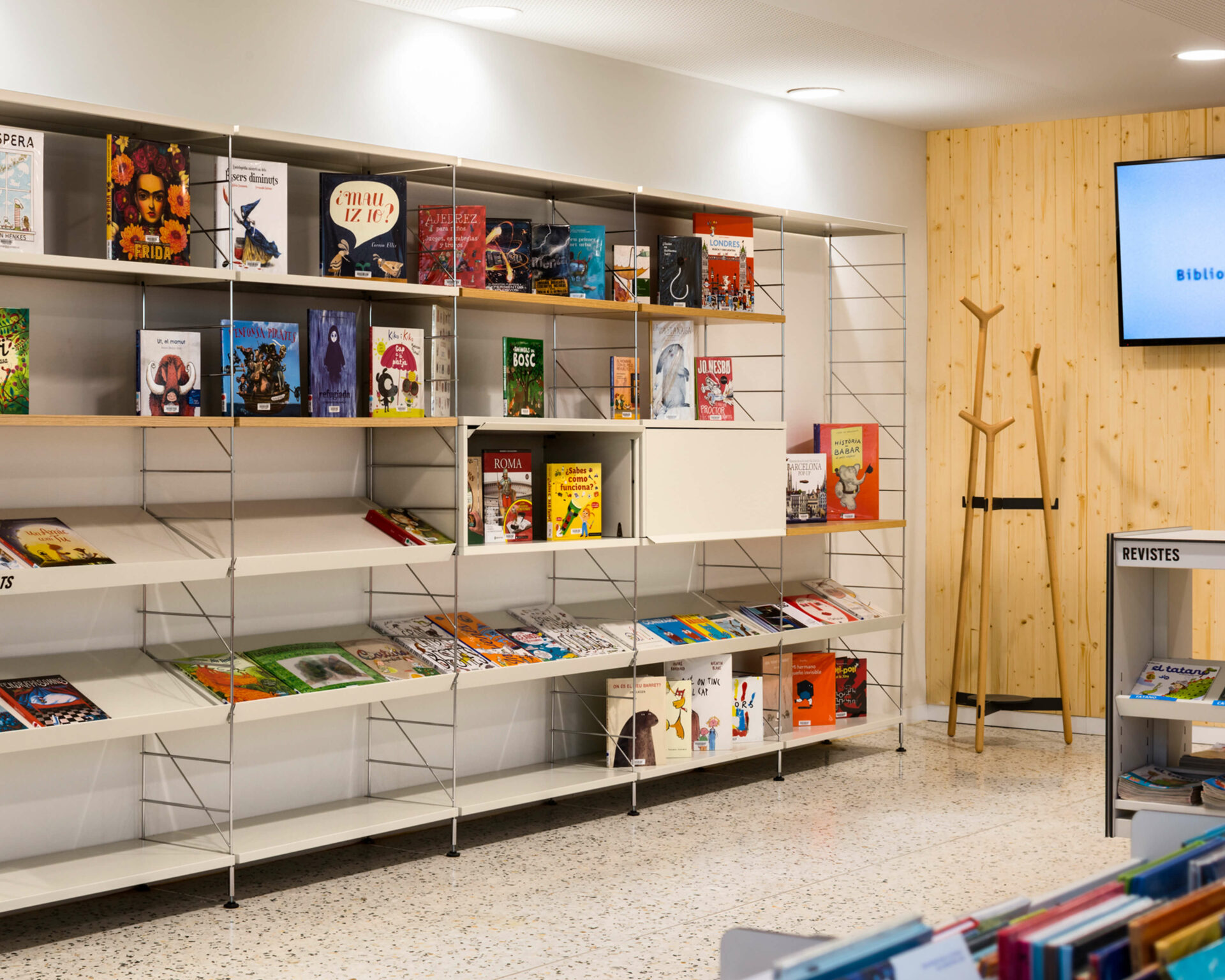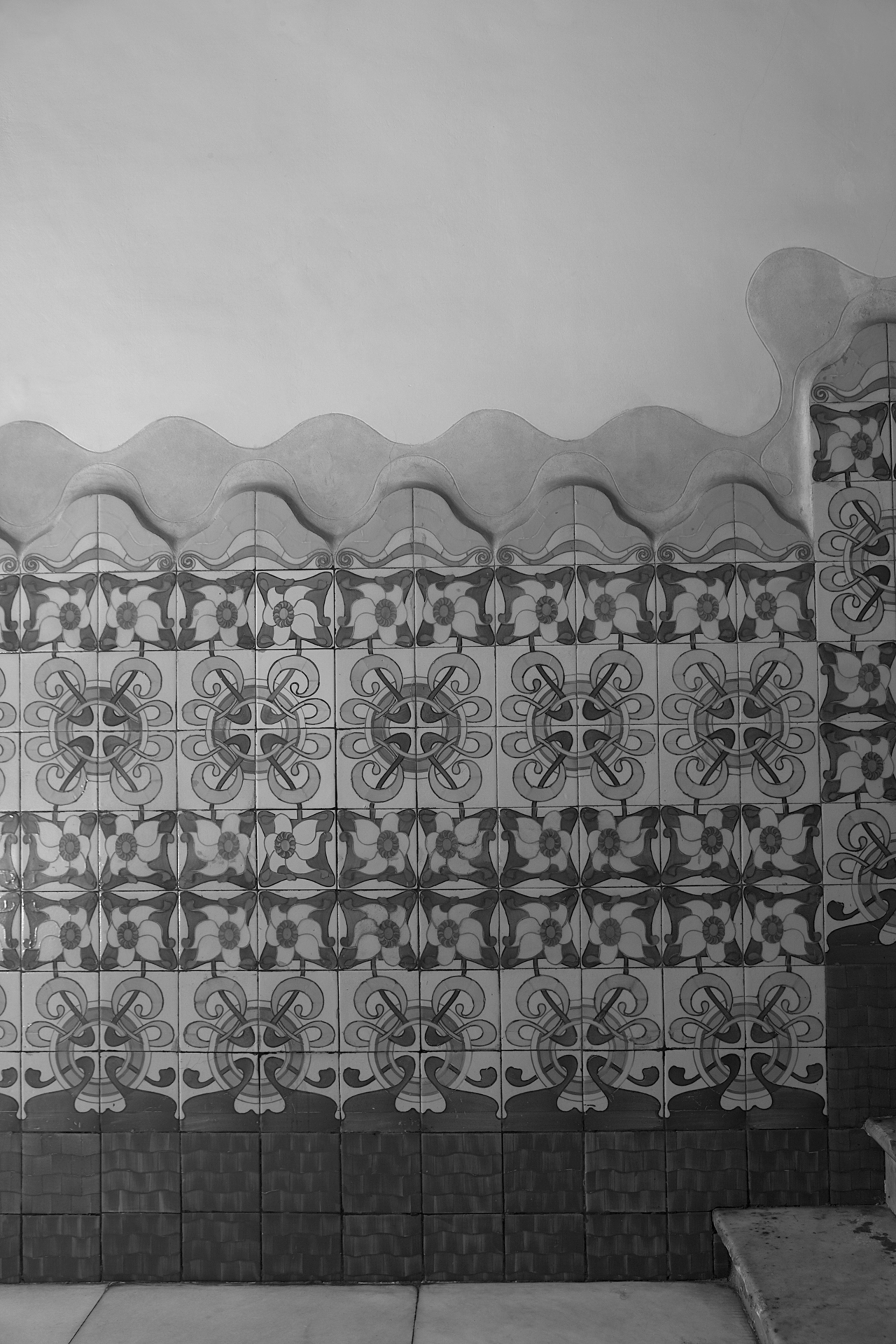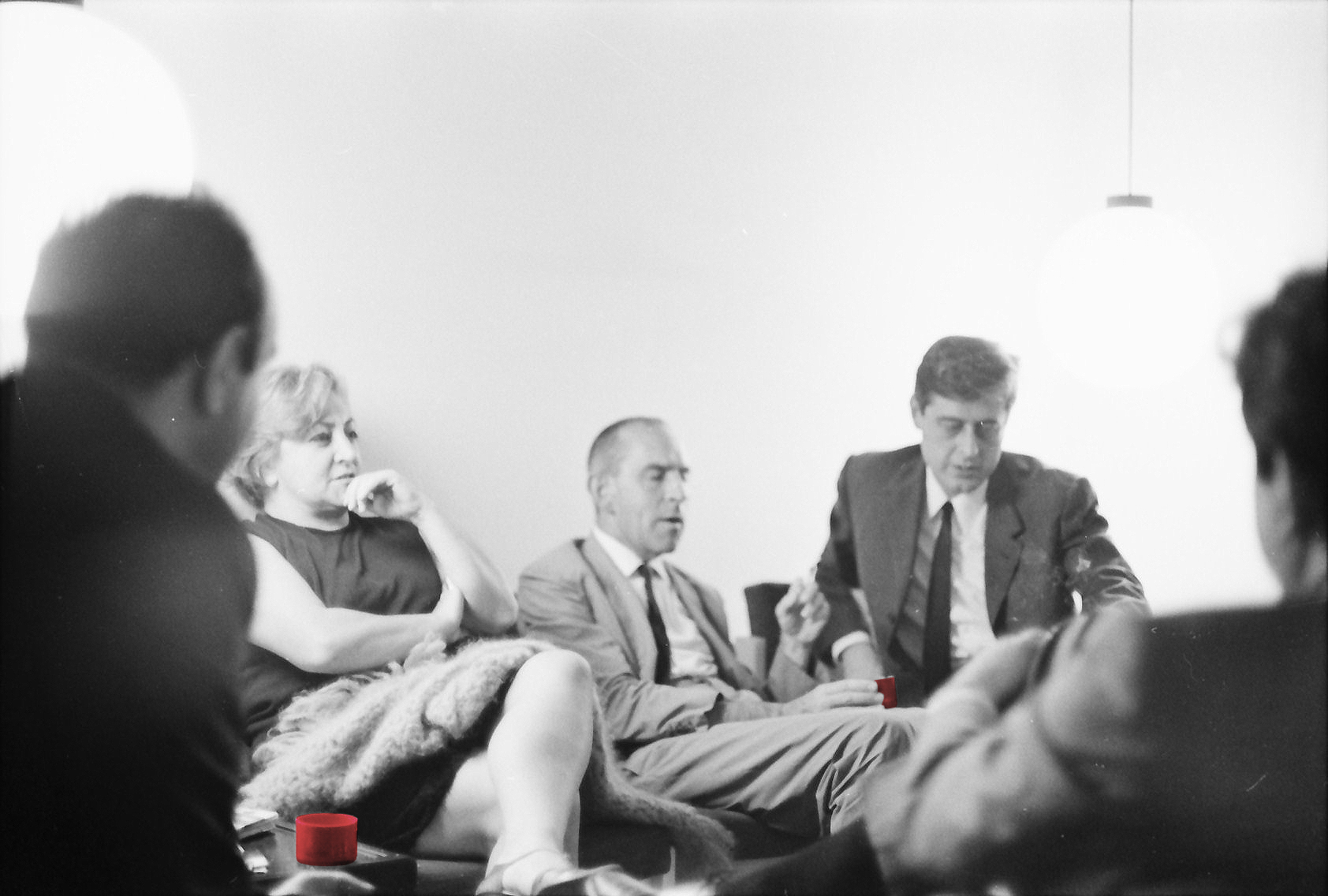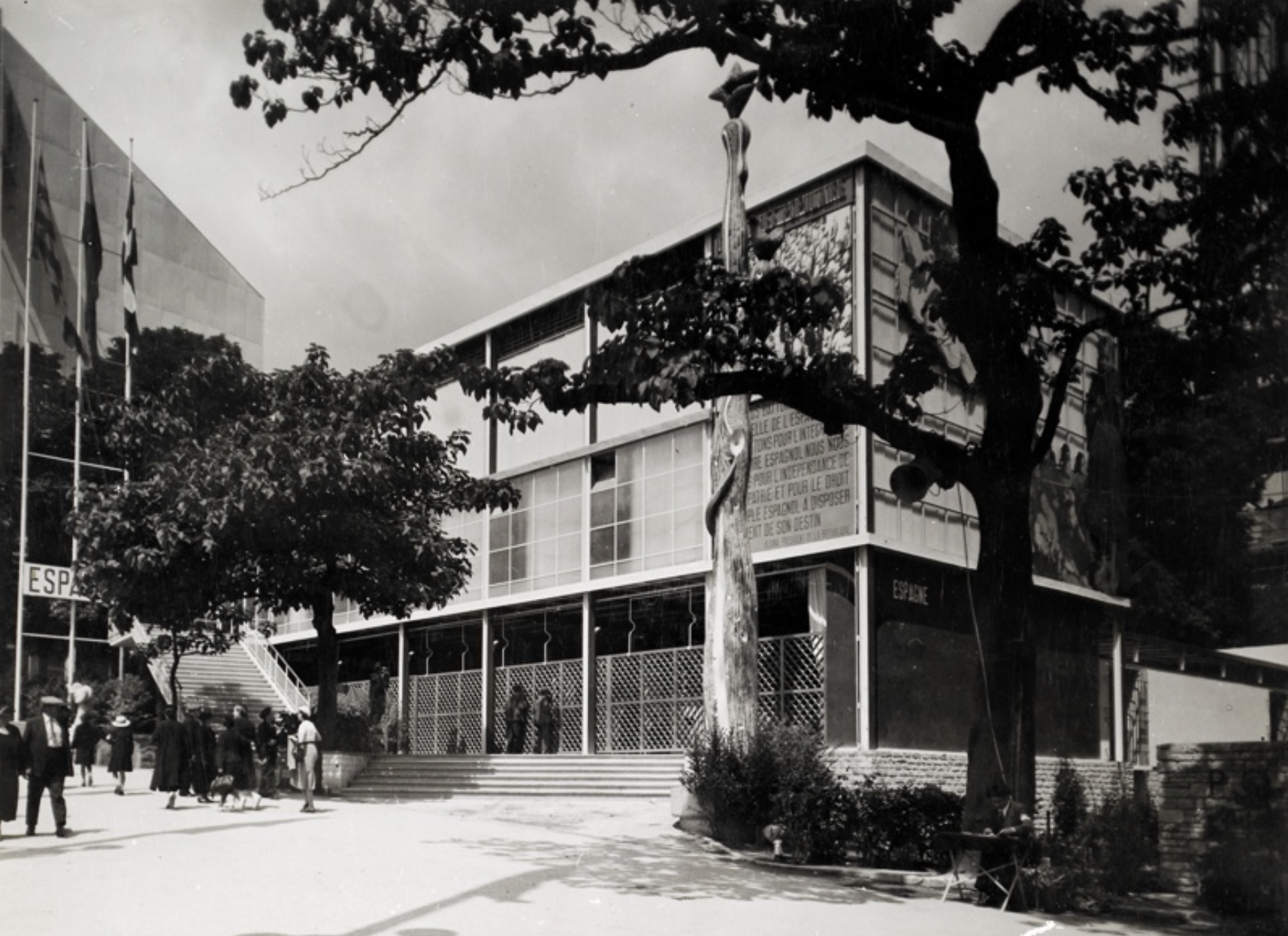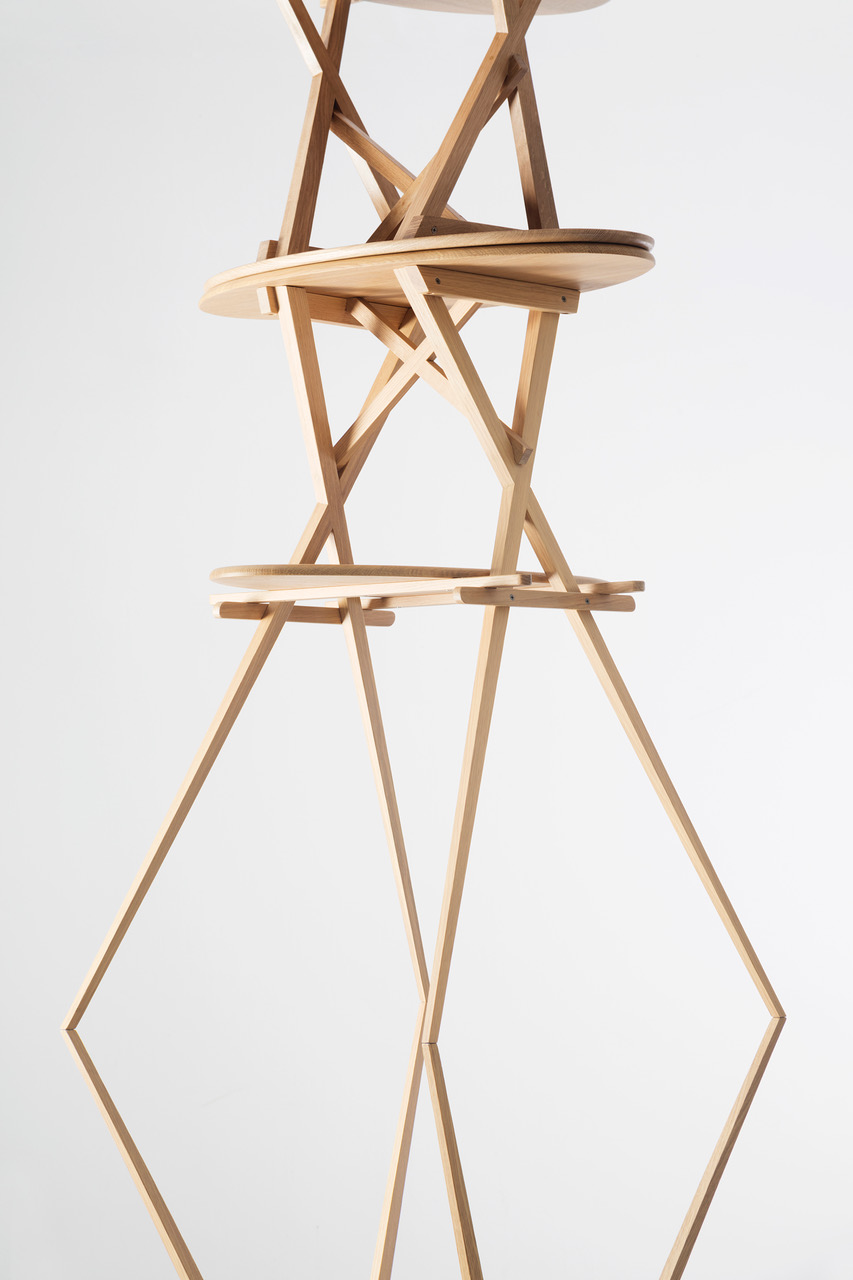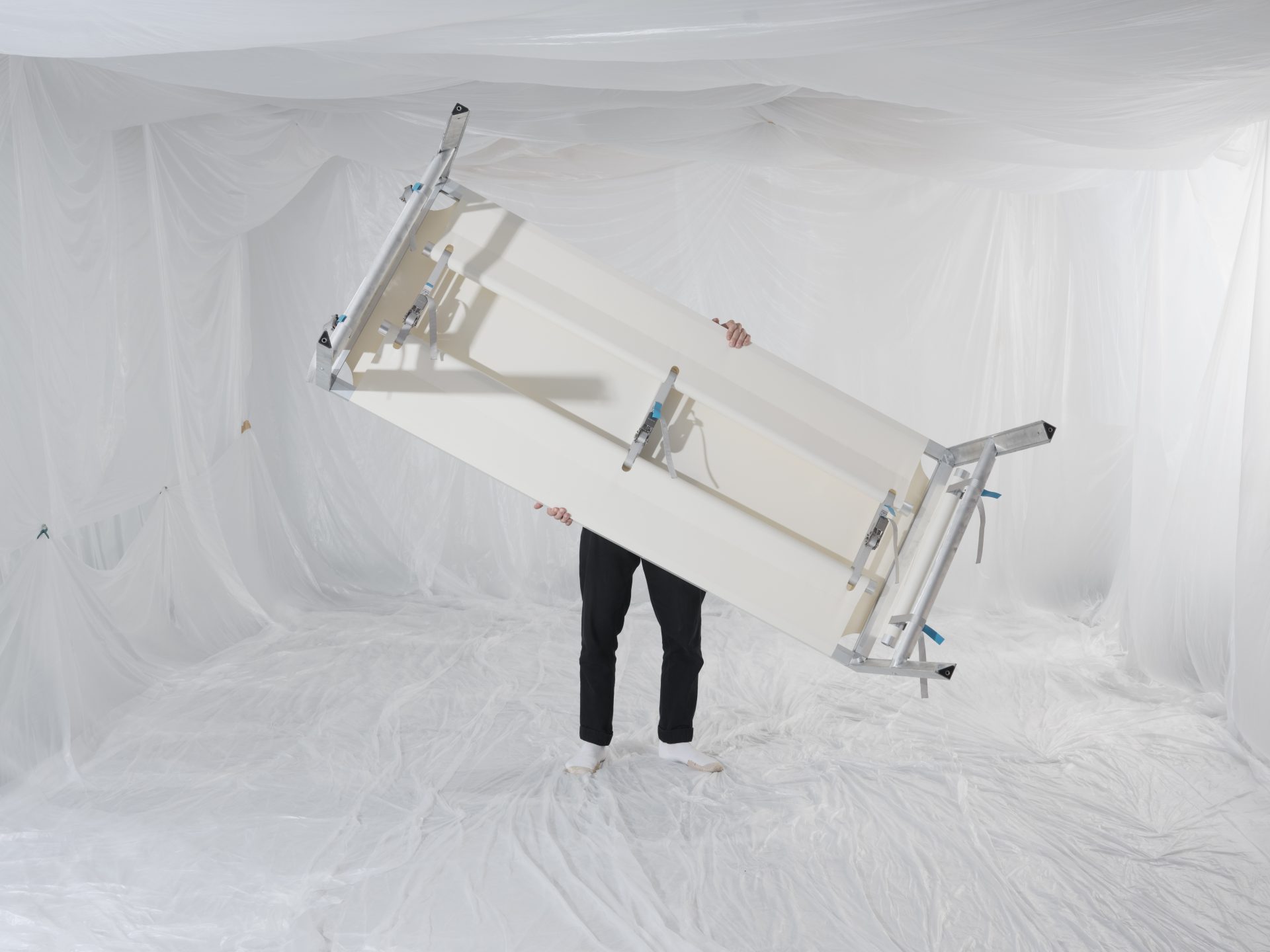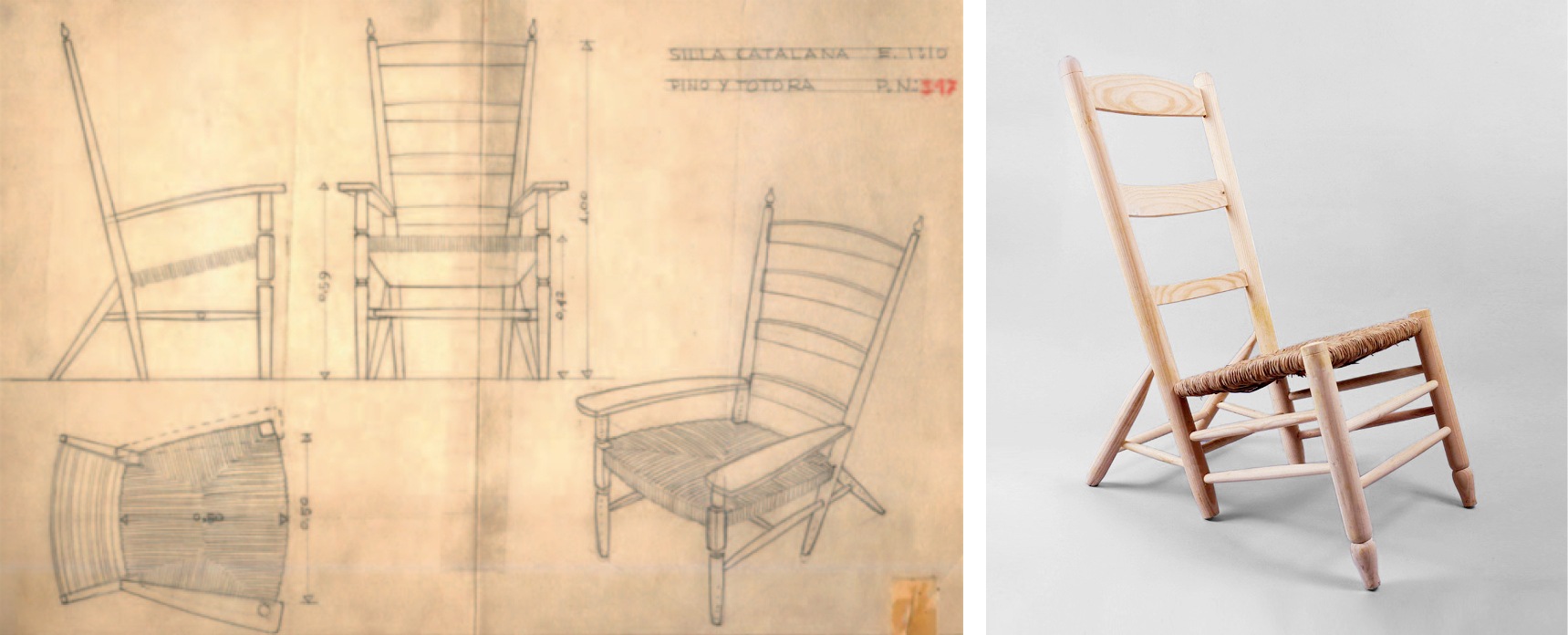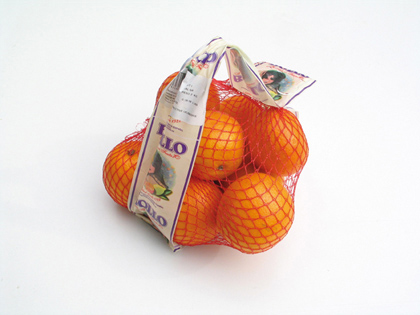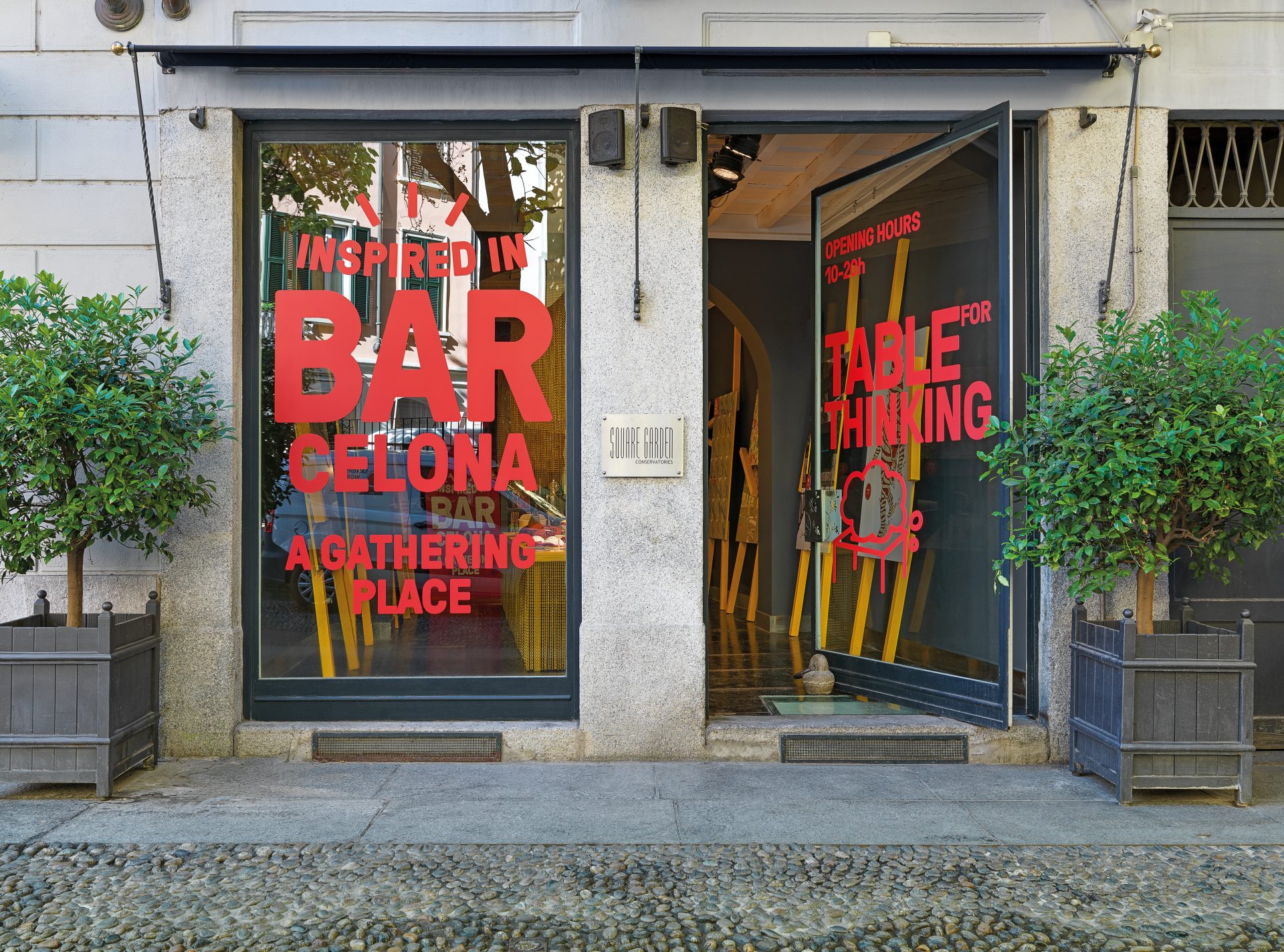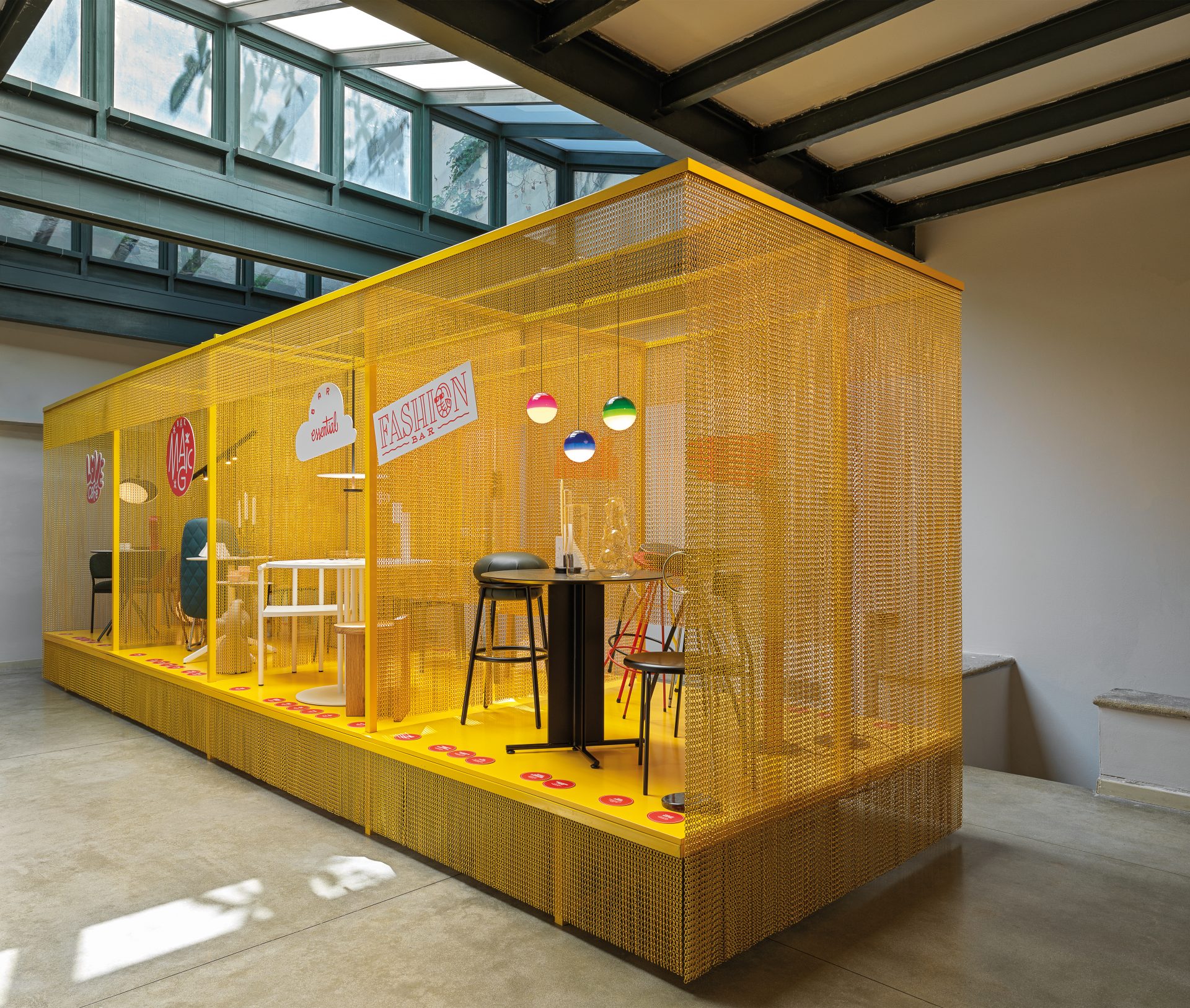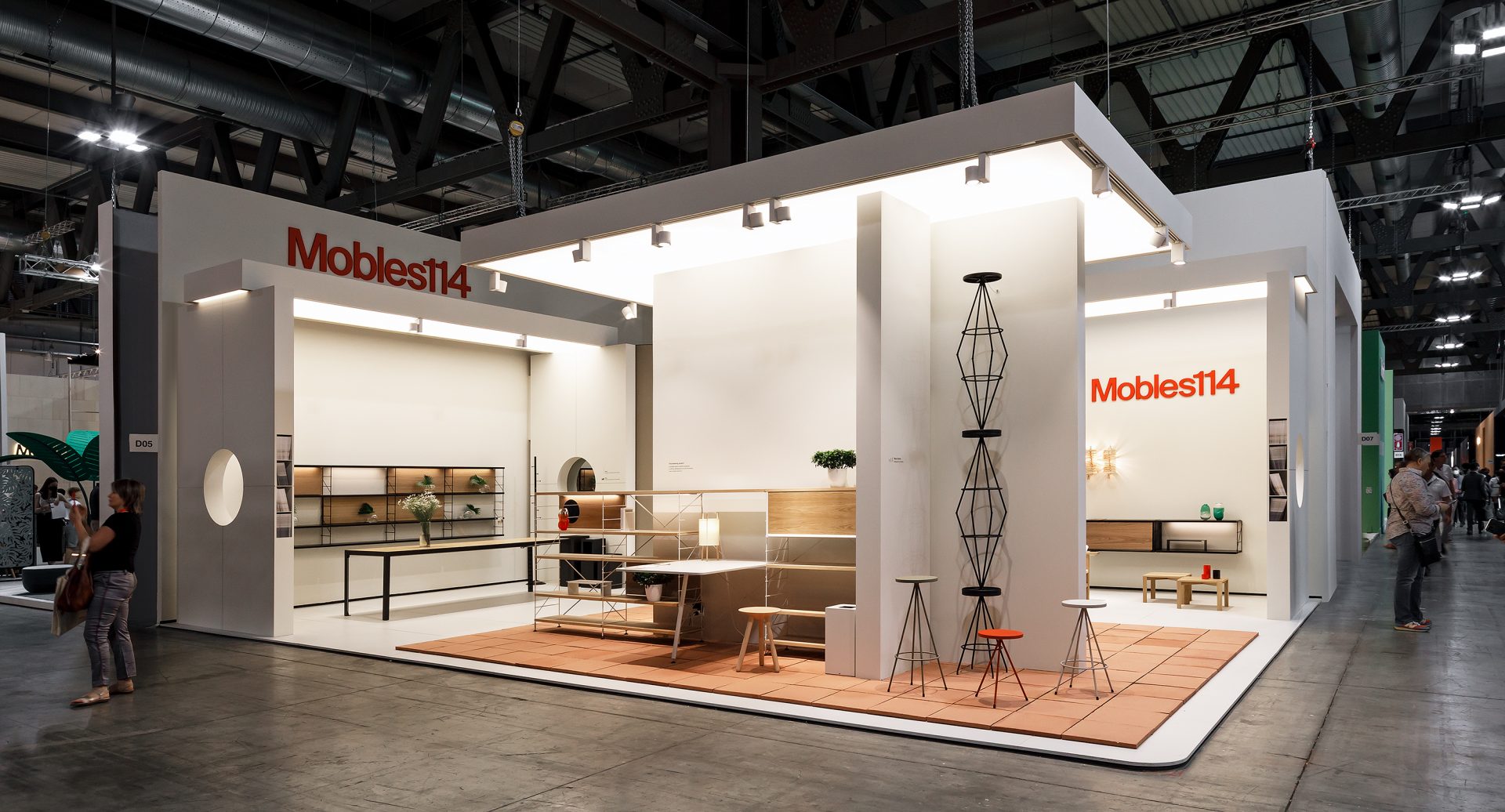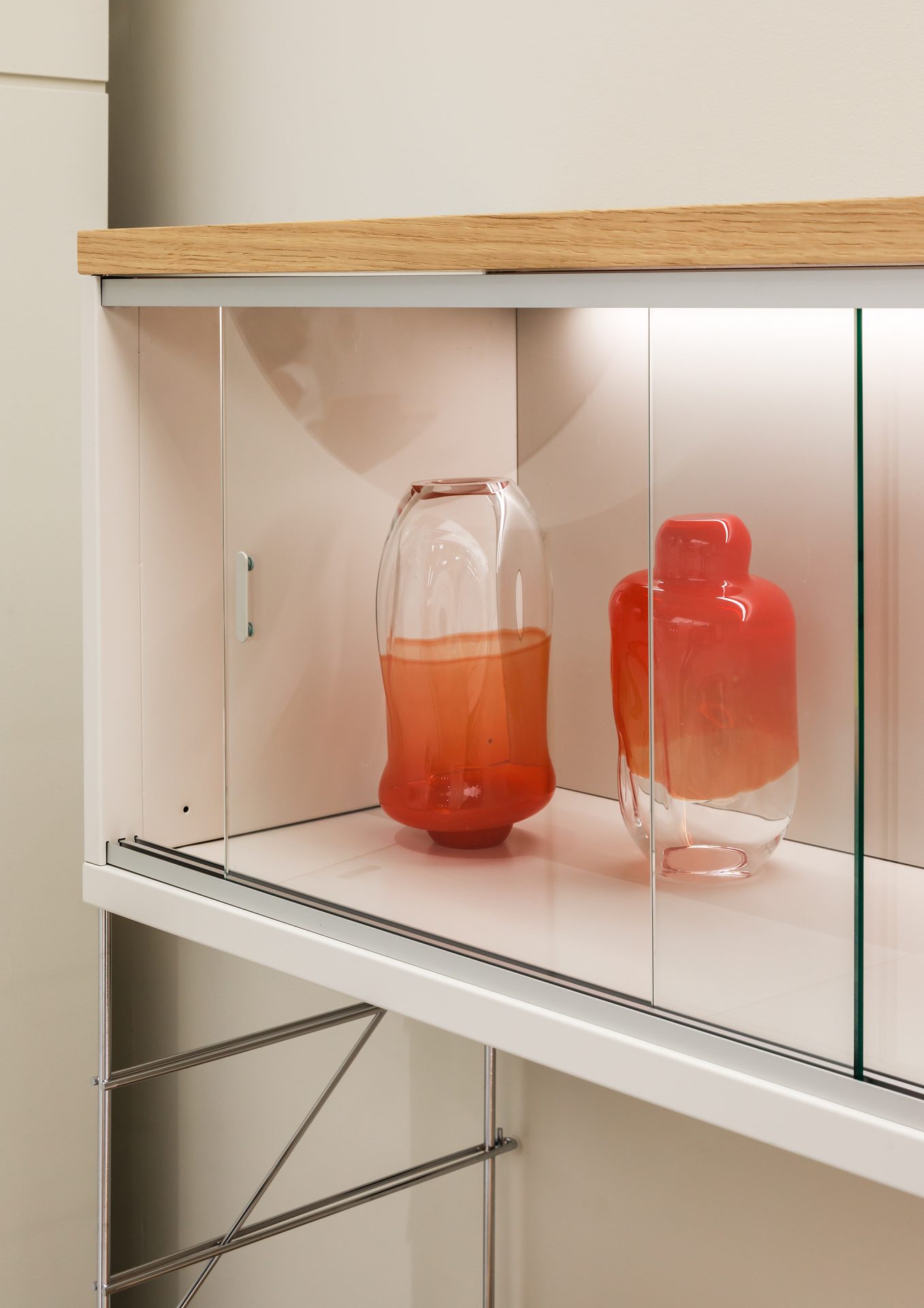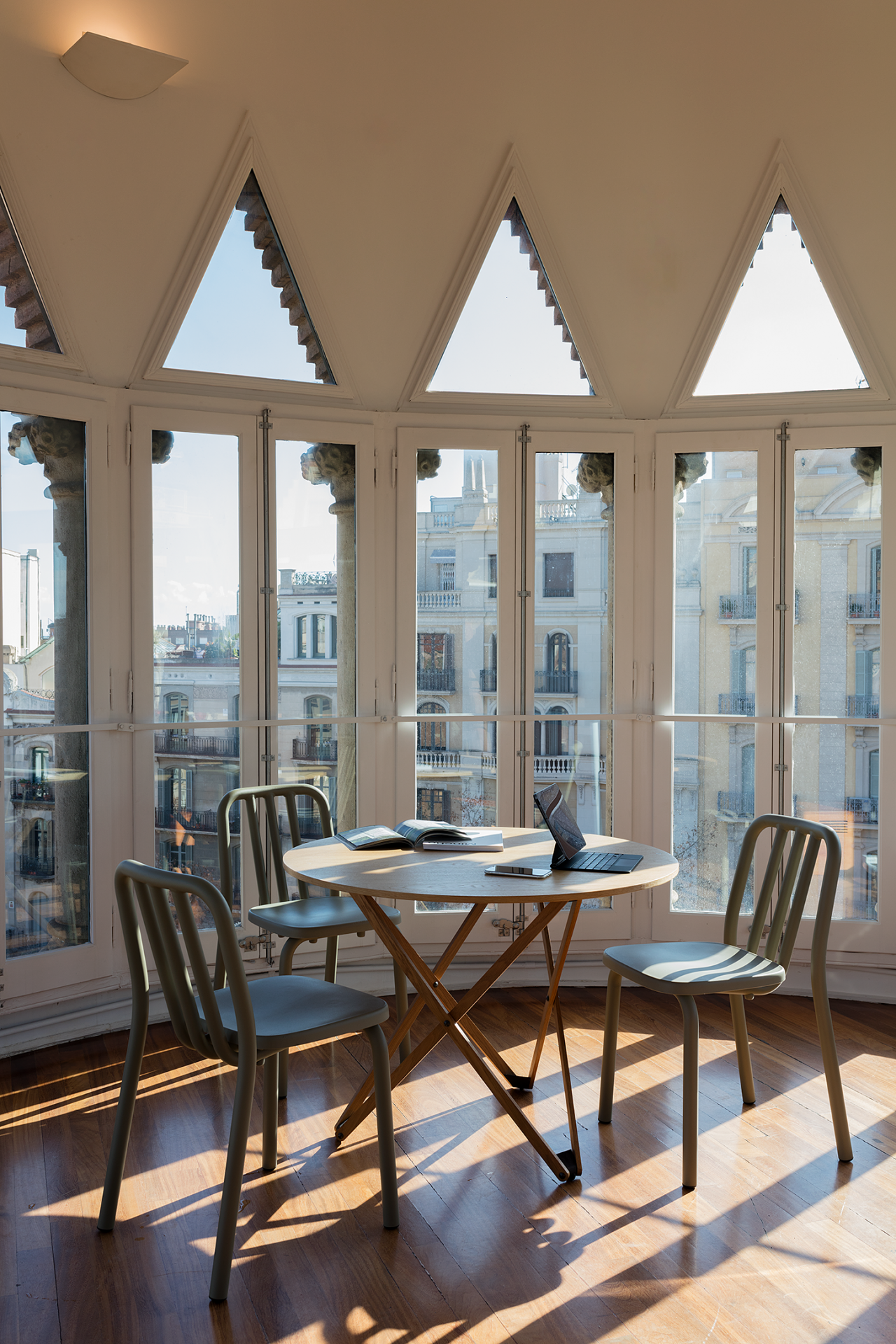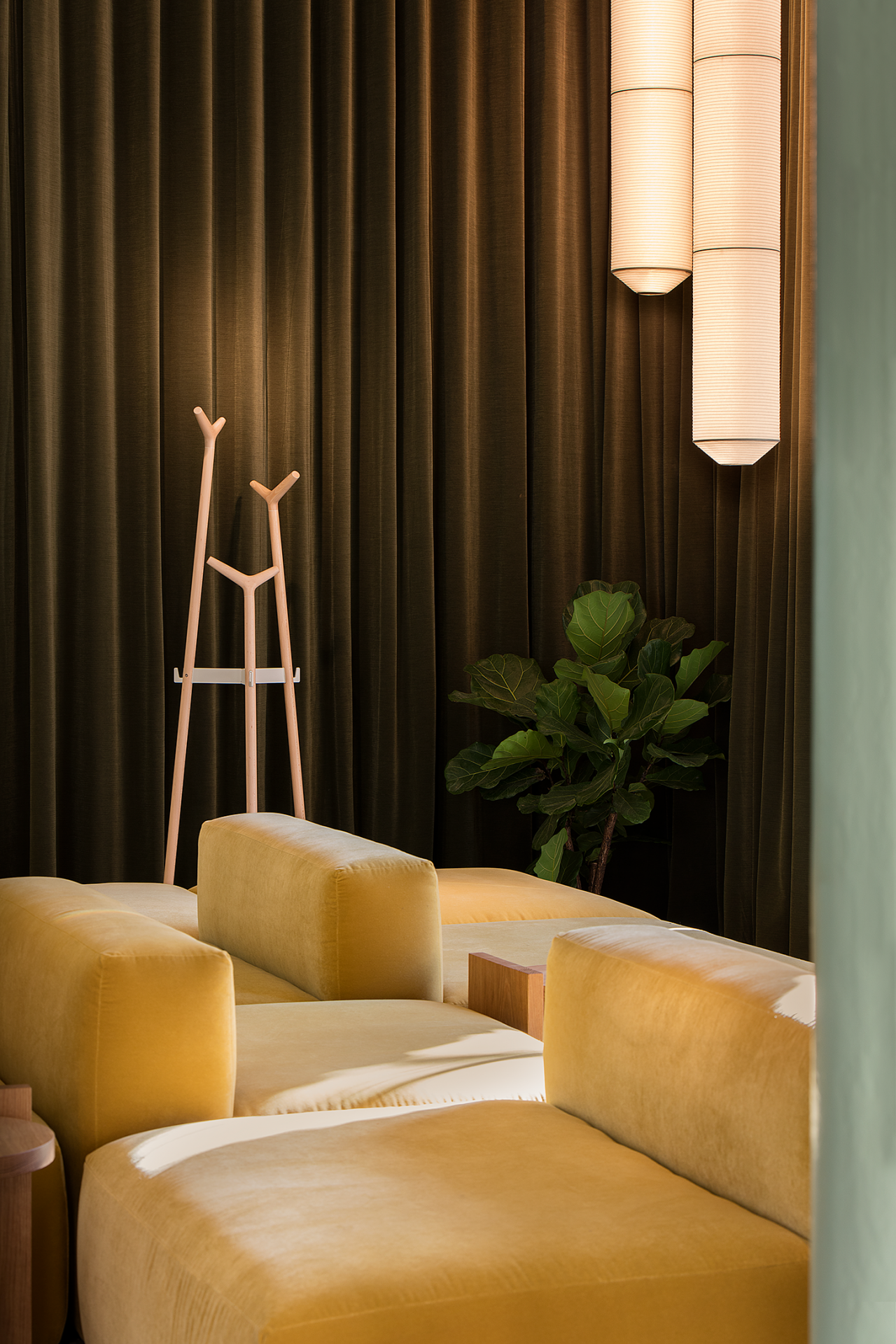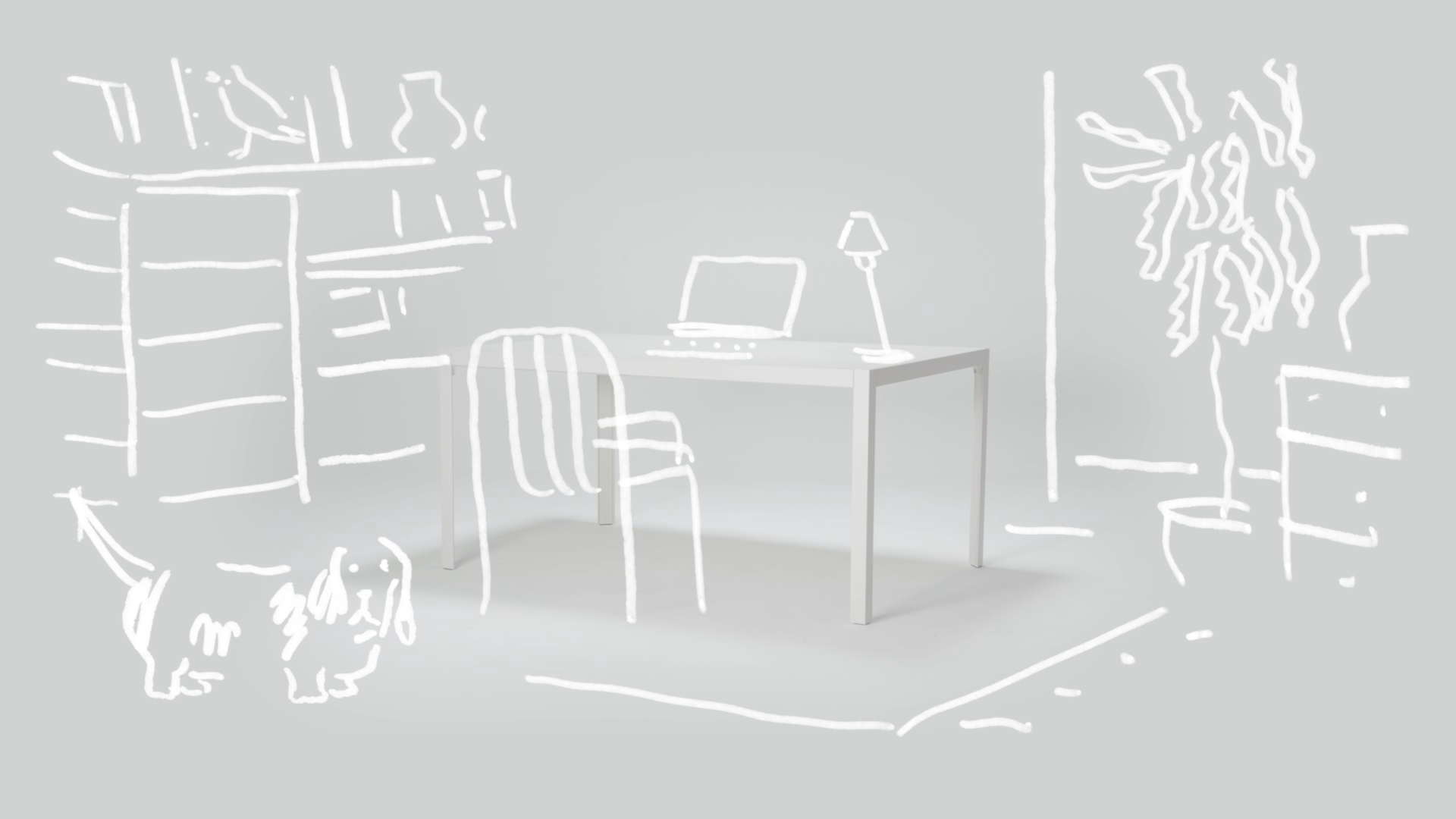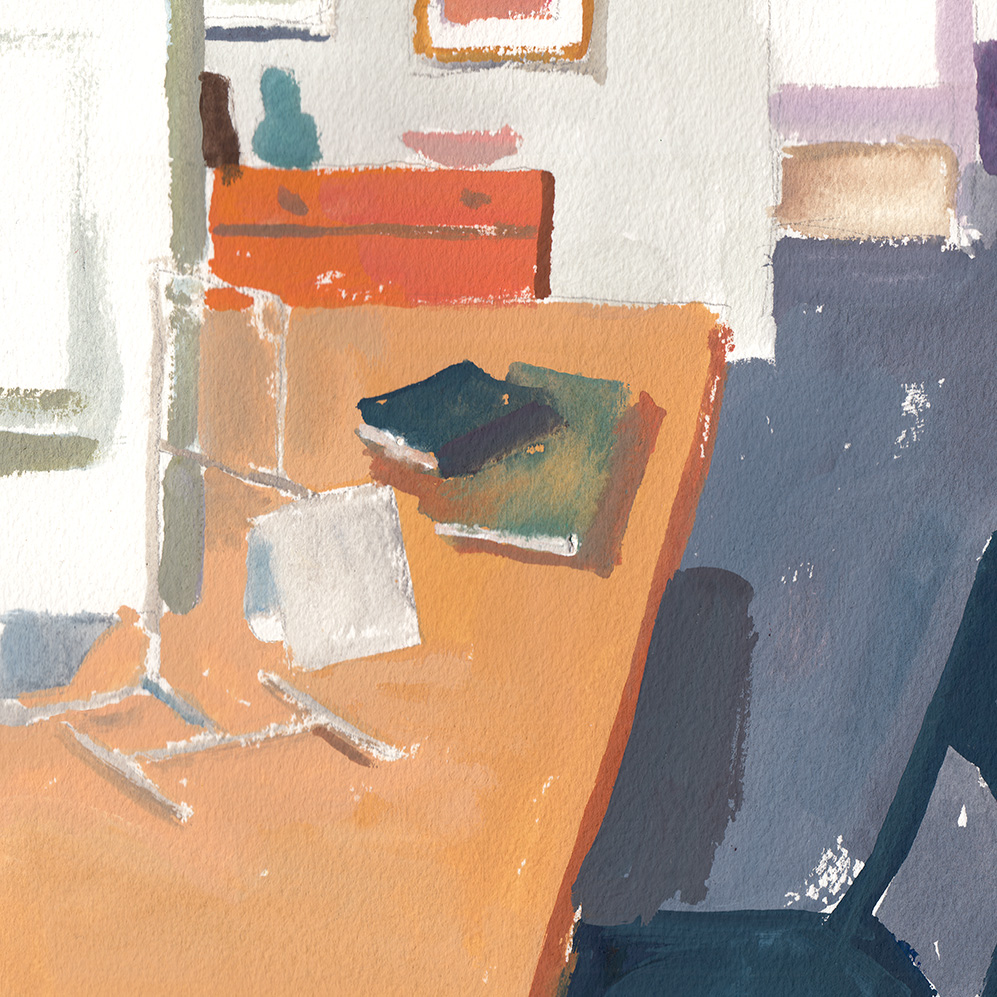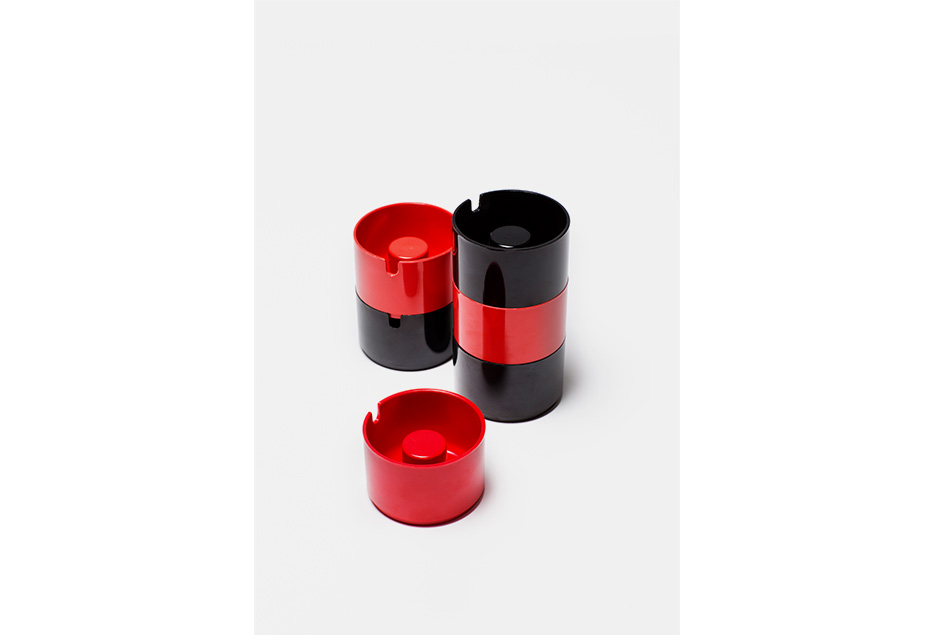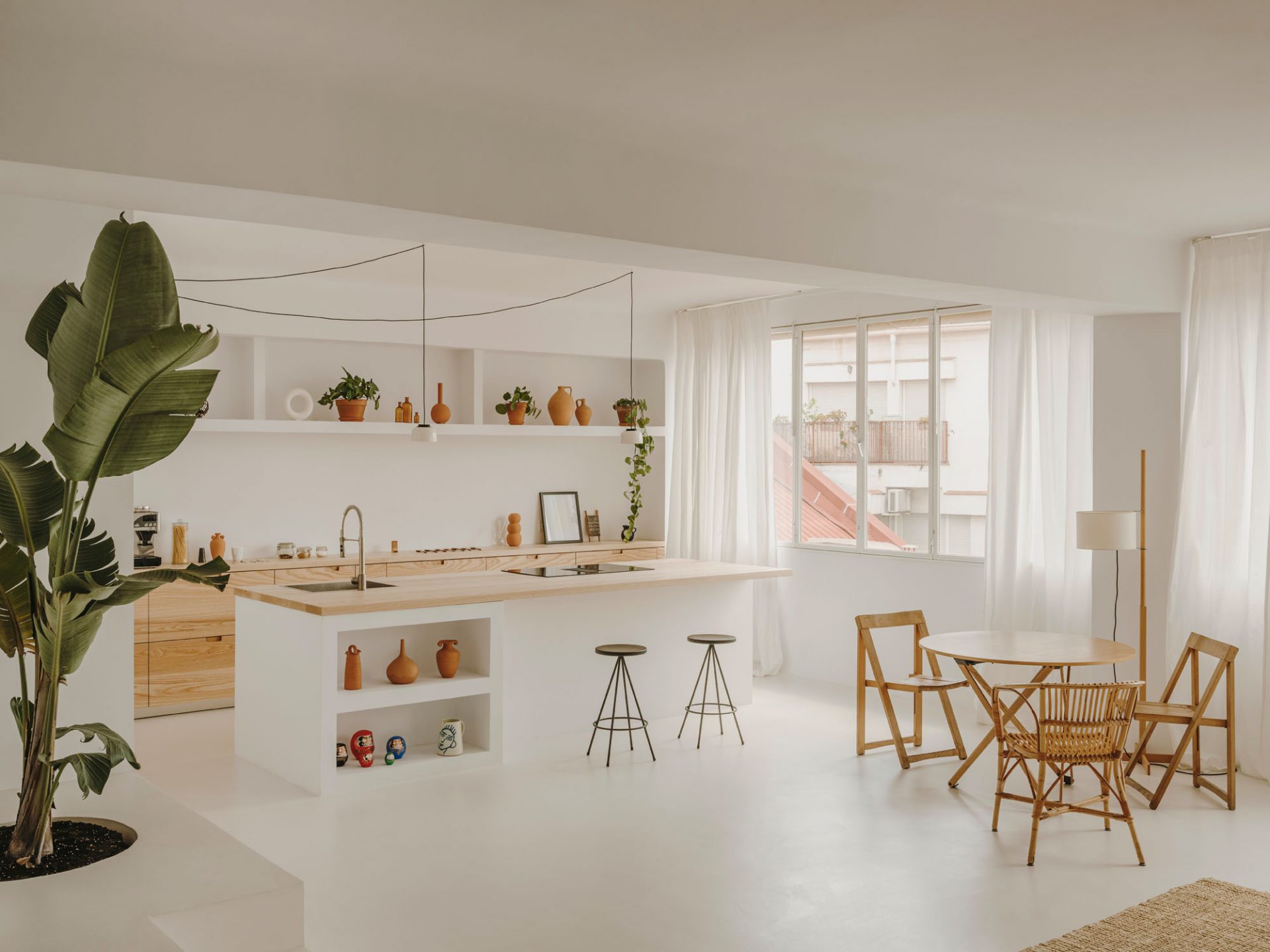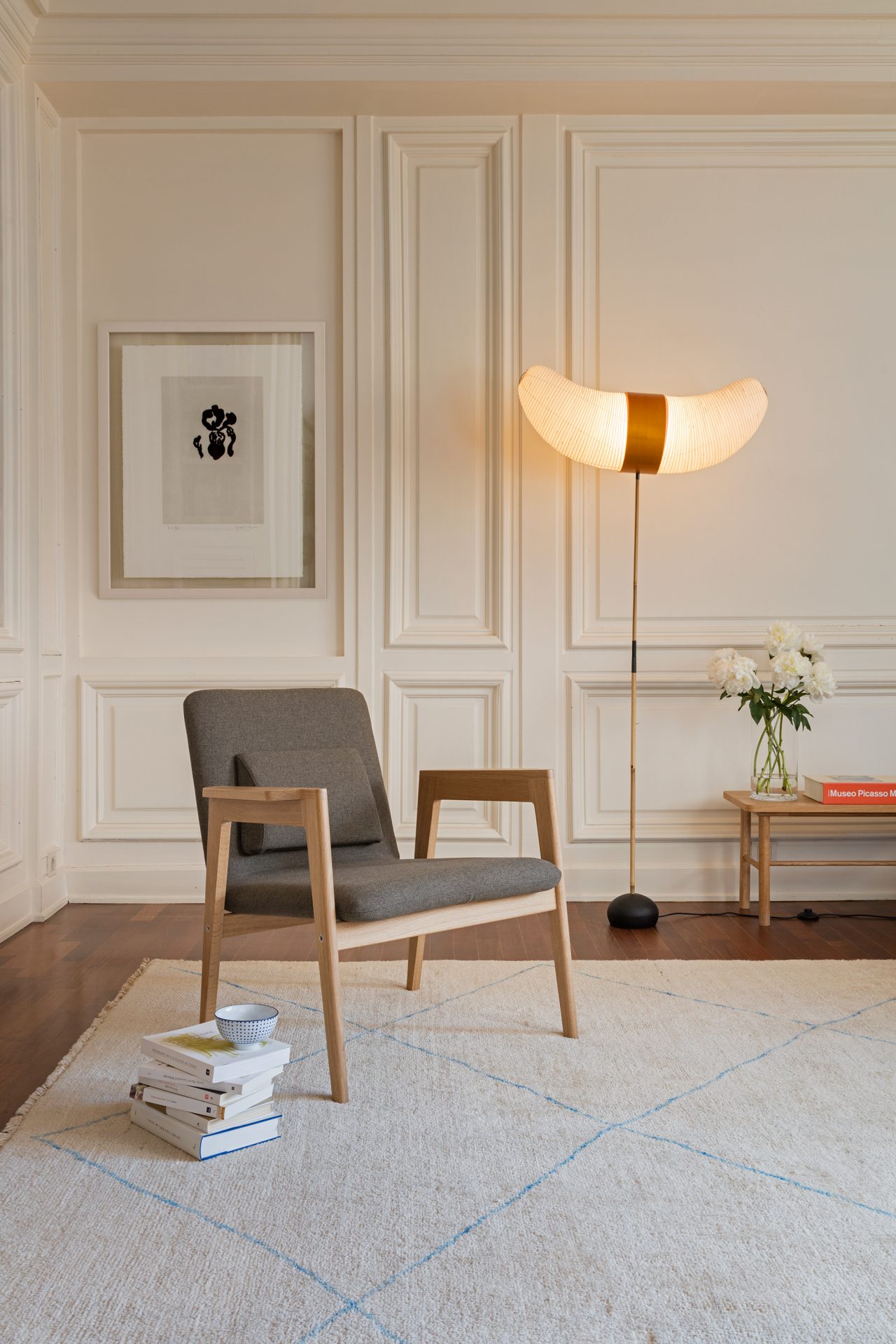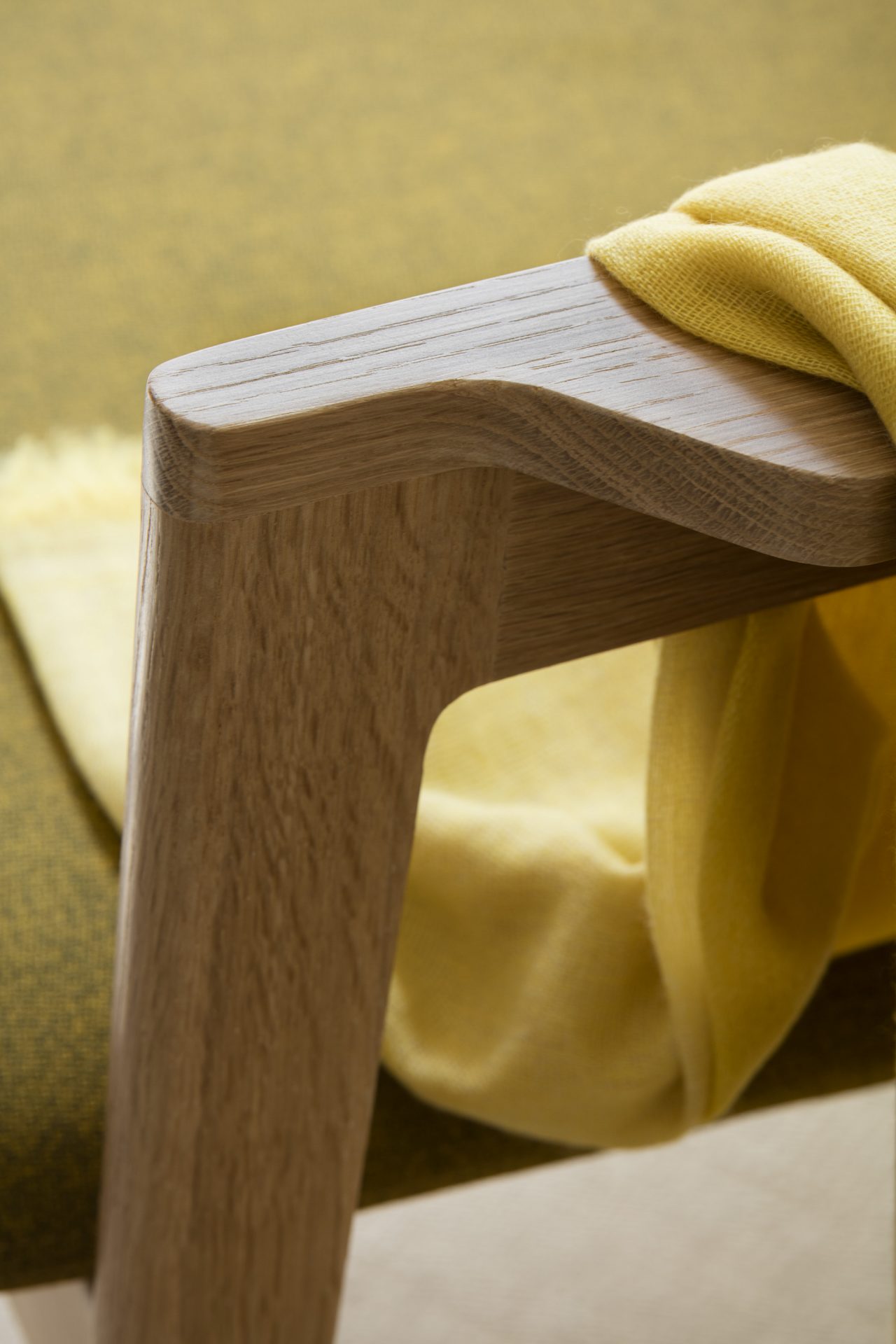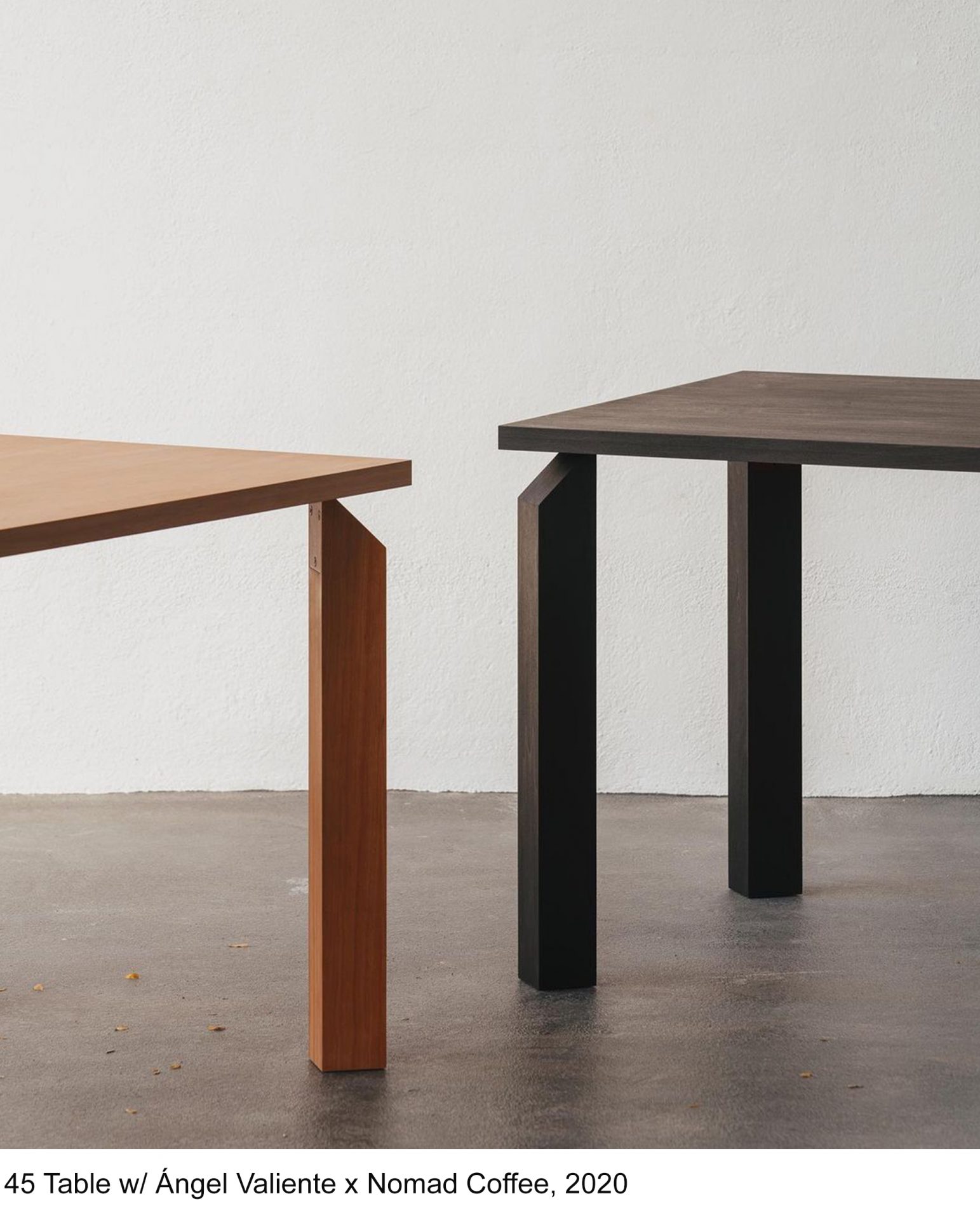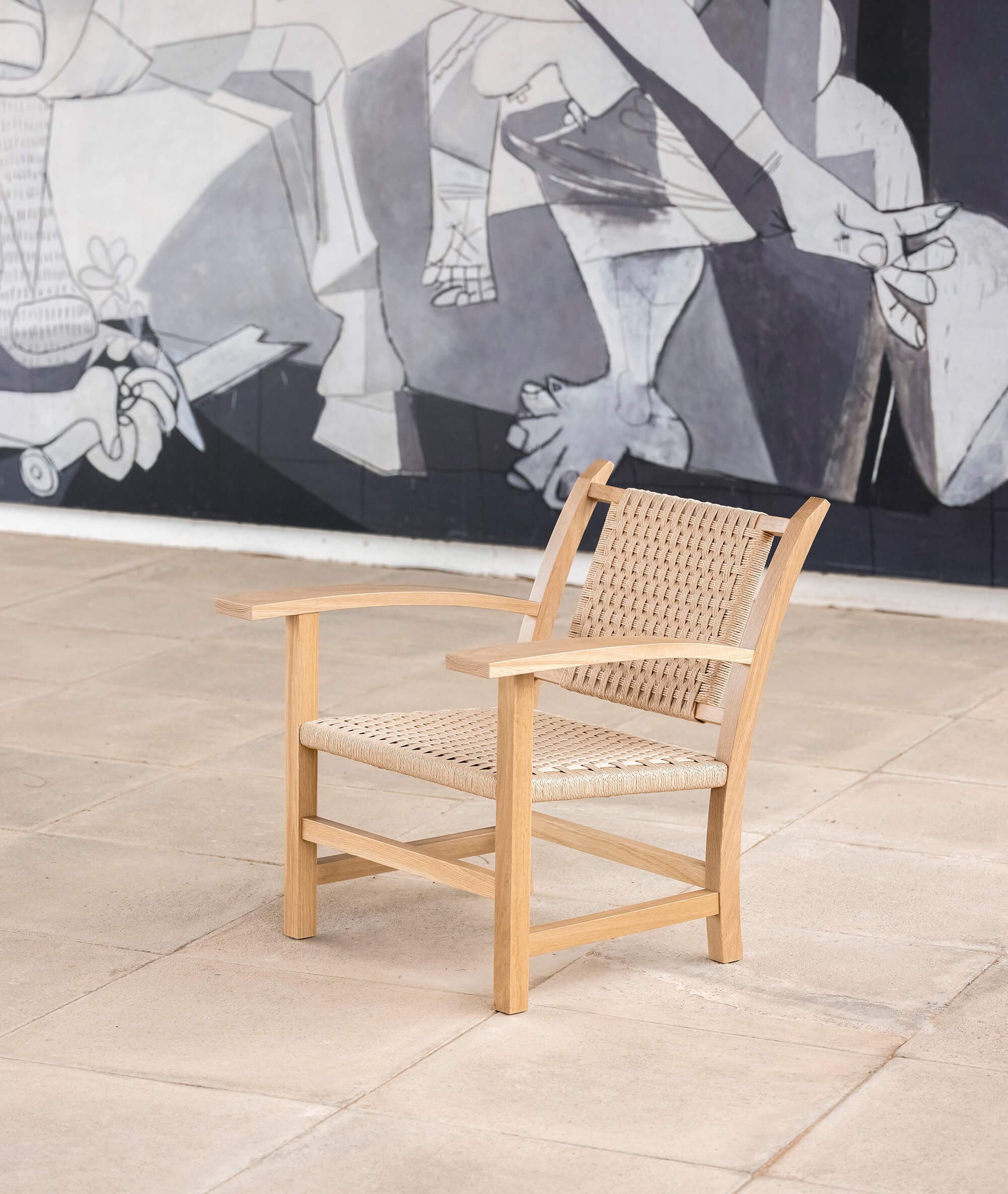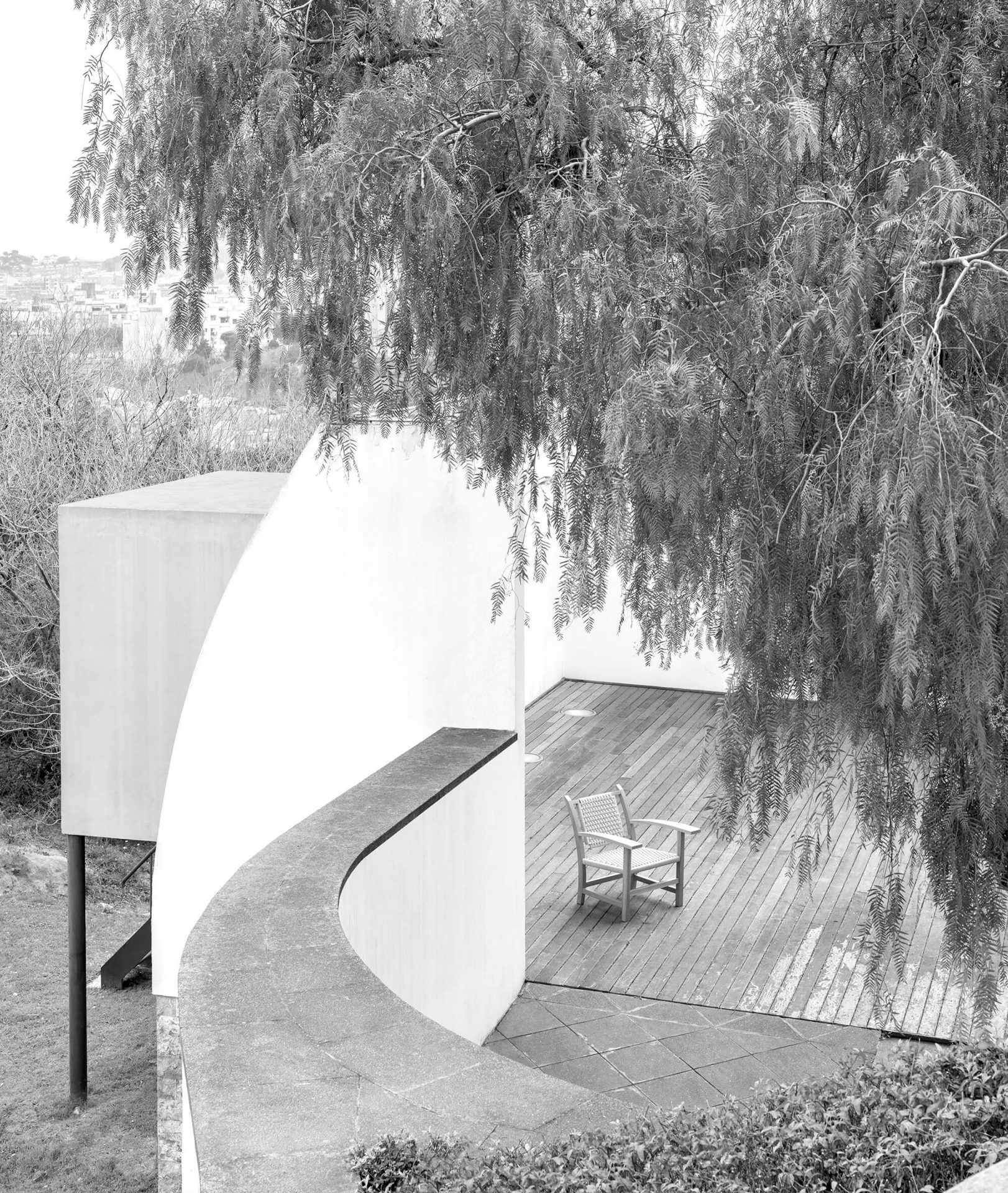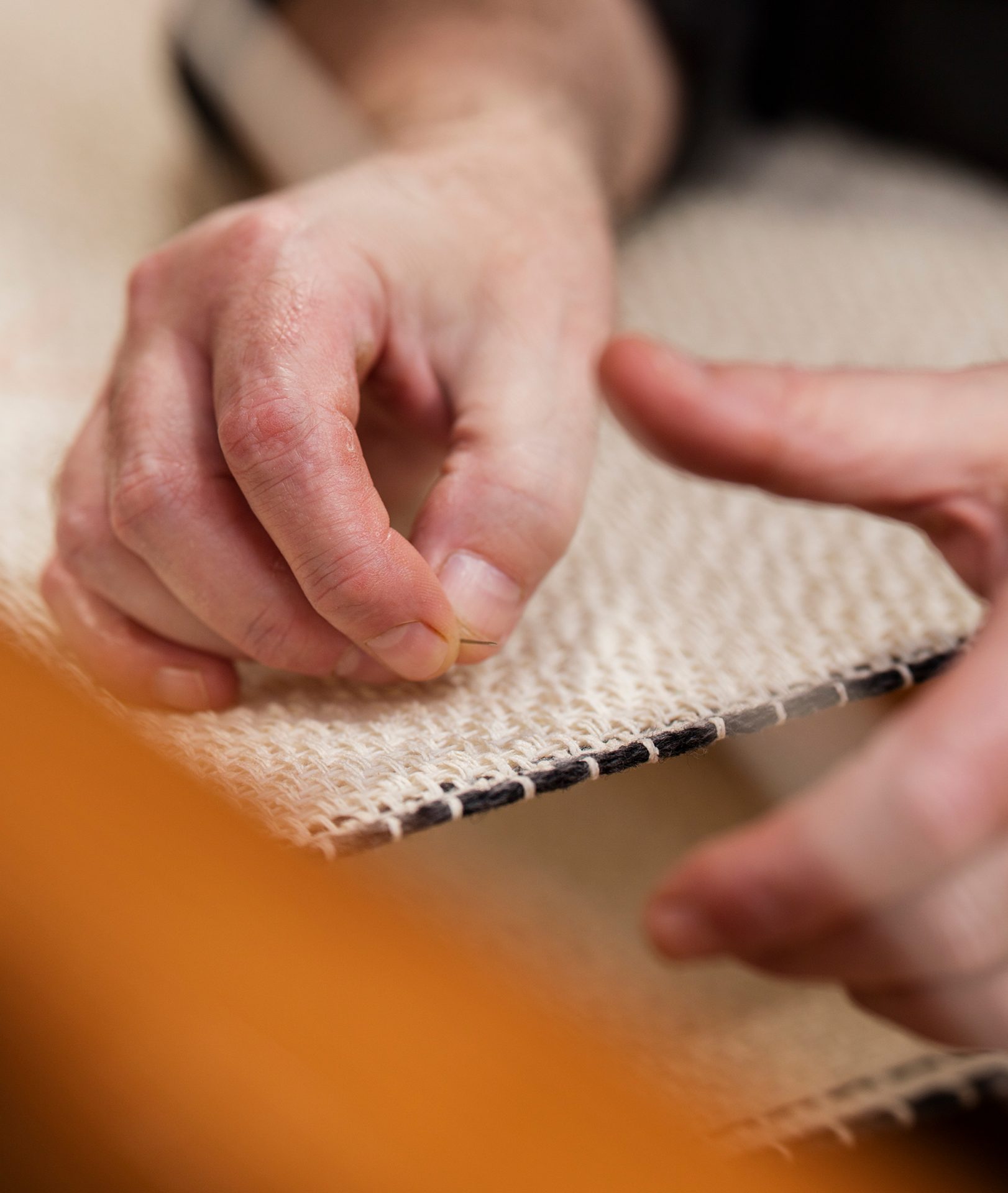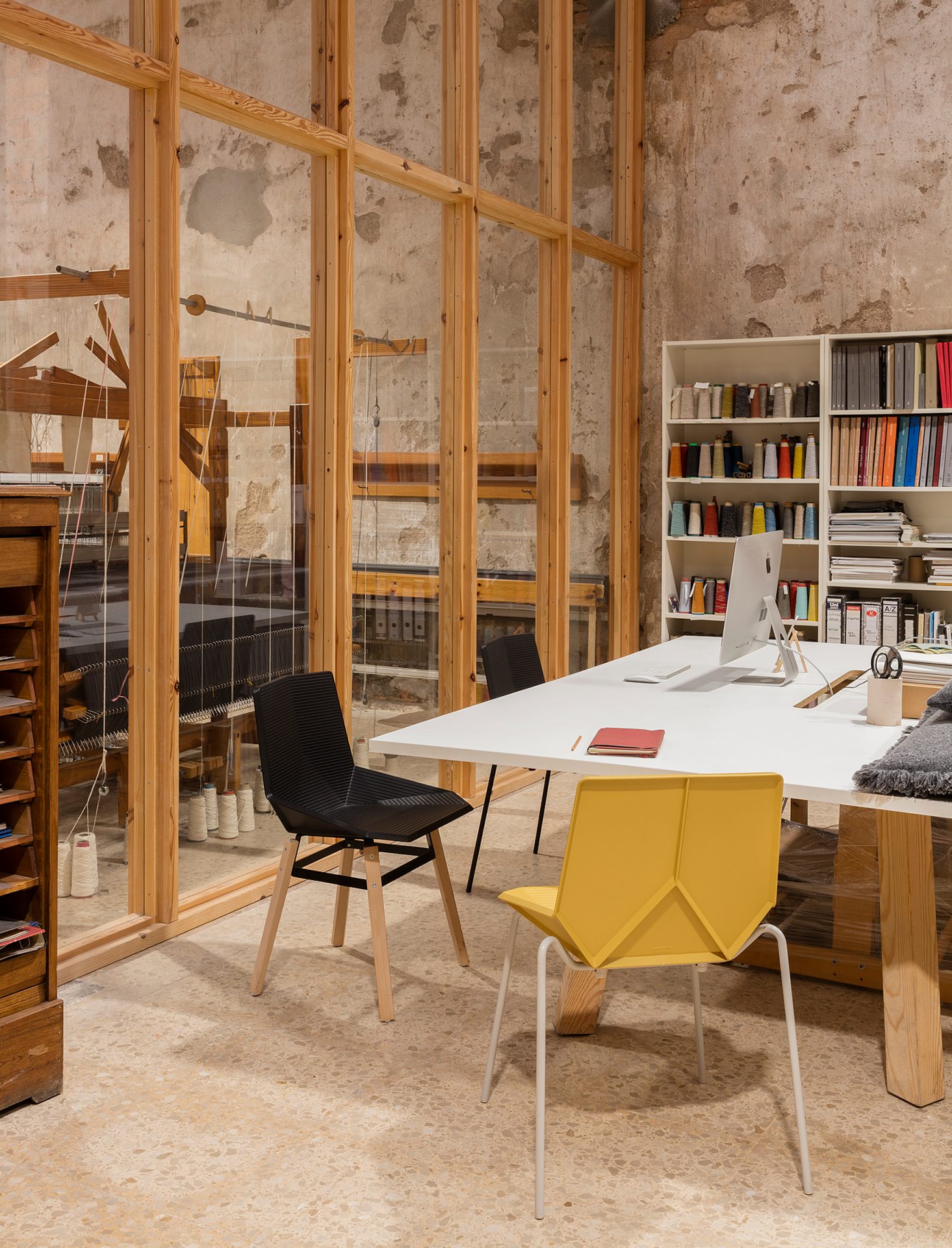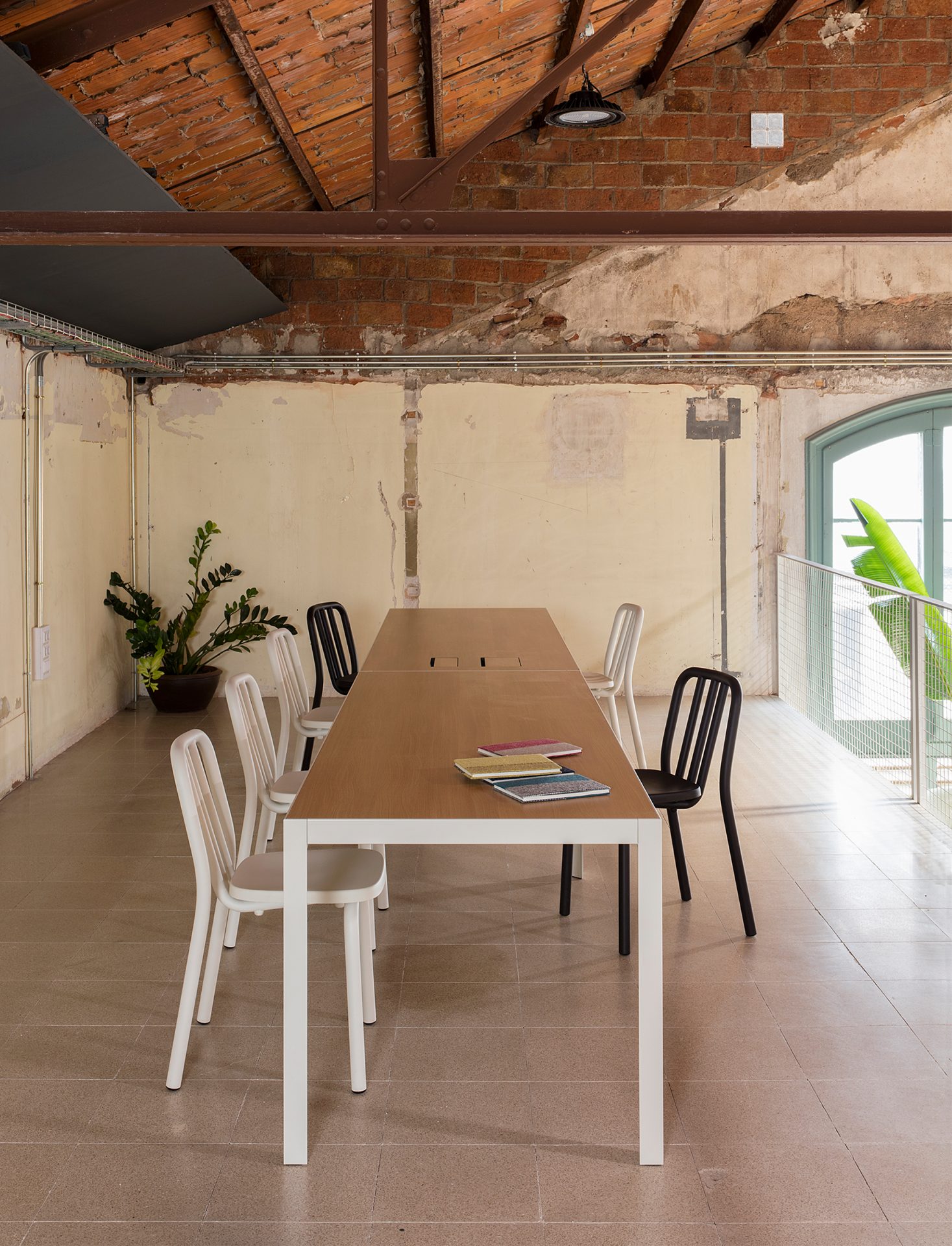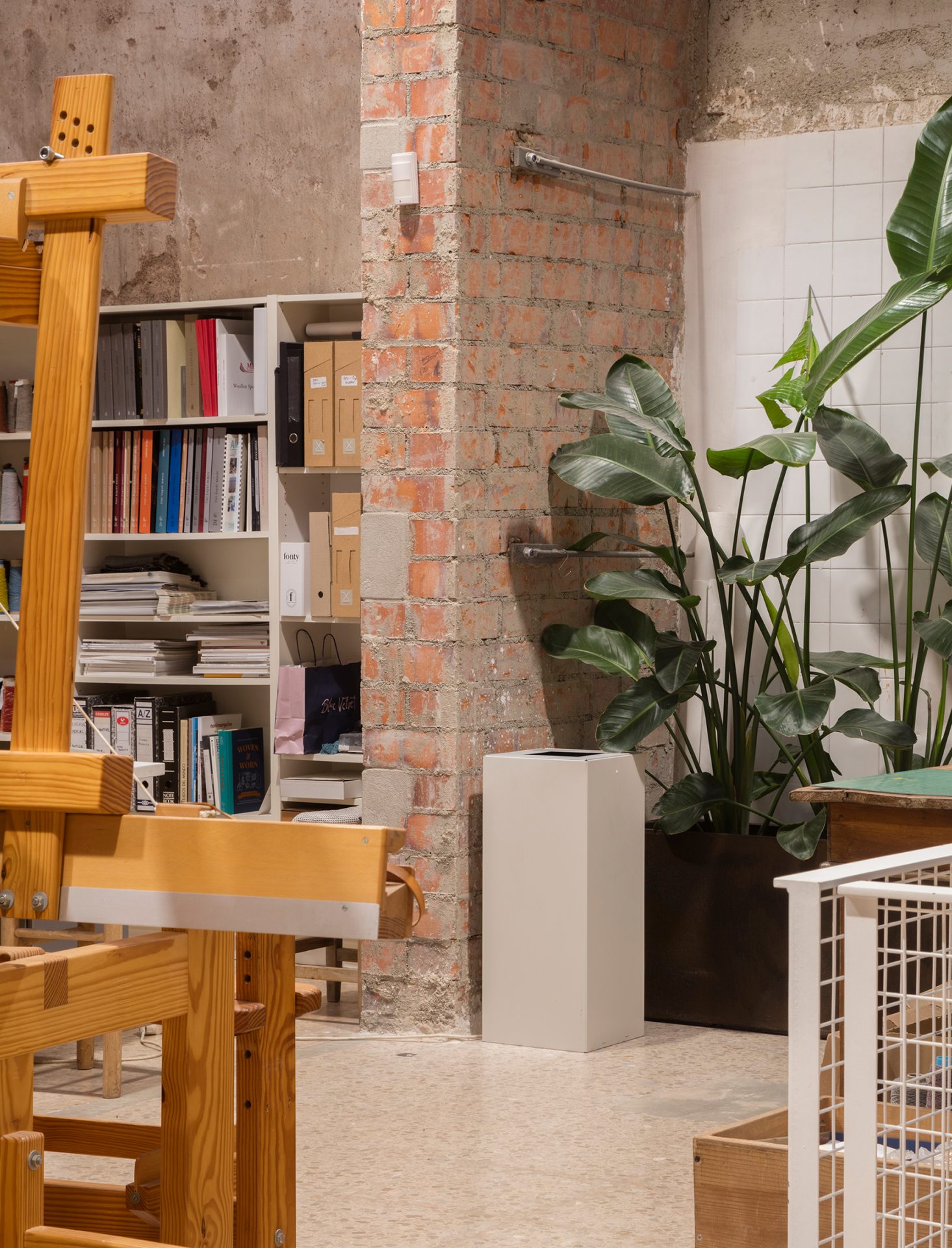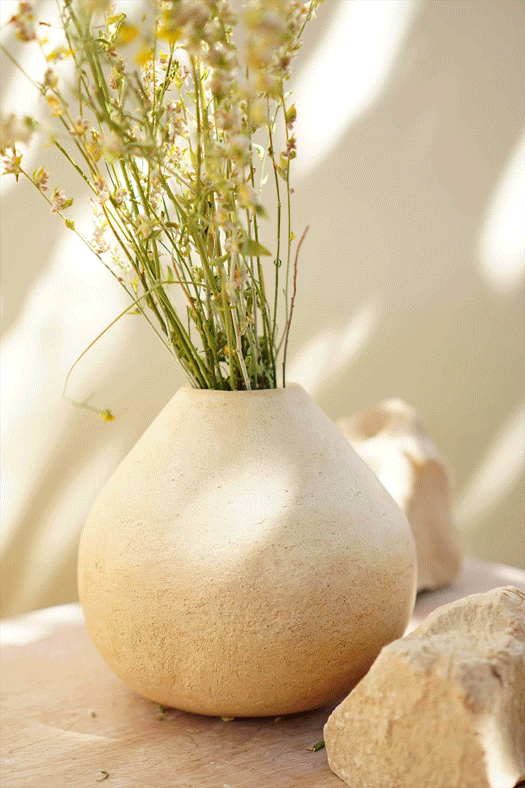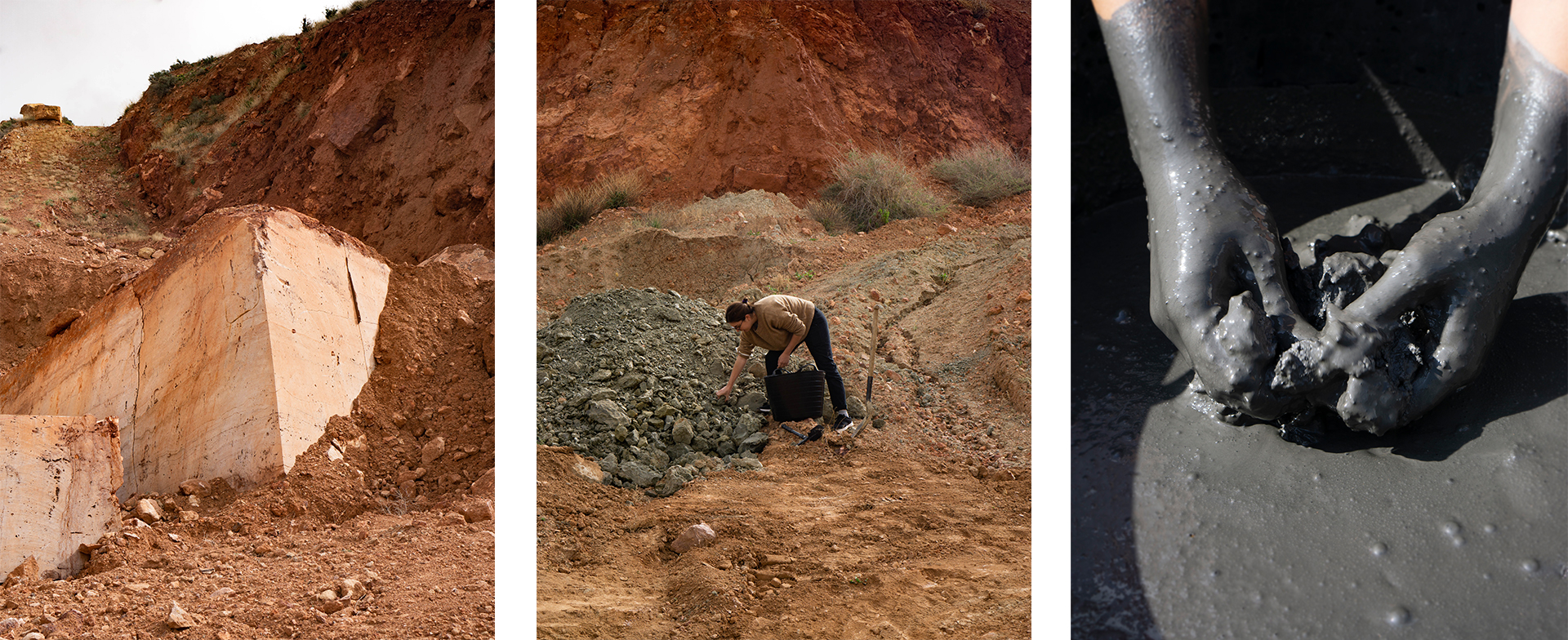1. Identification of the organizing company.
Mobles 114 Editions S.L., calle Julián Romea 16, bajos 2, Barcelona 08006, B66002973, is organizing a draw entitled “Sorteo Tria Shelf by Mobles 114”.
2. Start and end dates of the contest and geographical scope.
The start date of the contest will be Thursday 06/07/2023 at 12 am and will end on Tuesday 18/07/2023 at 12 pm. Participation will only be open during such period of time.
Mobles 114 Editions S.L. reserves the right to postpone or extend the contest period in case of force majeure, as well as the right to interpret these legal Terms and Conditions.
Entries from outside the European Union, Andorra or Switzerland will not be accepted.
3. Rules and conditions for participation.
The contest is open to individuals over 18 years of age residing in the European Union, Andorra and Switzerland.
Employees from the company, their first-degree relatives, fraudulent profiles or contest experts may not participate in the campaign and therefore may not win any prize.
Participation through agents or third parties, or the use of multiple identities is not permitted either.
In order to participate, answering the survey provided by the company is required.
Mobles 114 reserves the right to modify the campaign during its development if any cause should arise that prevents it from being carried out successfully or in order to improve its progress.
4. Selection of the winners and type of draw.
The draw will take place on Wednesday, July 19, 2023.
There will be 2 winners, whose names will be communicated through a newsletter before Friday July 21. The winners will also be contacted by email with the result. If the winner has not responded within 7 days, the prize will turn to the first substitute, who will also have 7 days to respond. Once the prize is offered to the substitute, the previous winner will lose the right to claim the prize. There will be 2 substitutes, and if any of the prizes are vacant, the contest will be partially or totally deserted.
When contacting the winner, the following information will be requested:
Full name
ID number
E-mail address
Postal address
Mobles 114 is exempt from any responsibility in case there is any error in the data provided by the winners/alternates preventing their identification.
Mobles 114 reserves the right to declare the prizes null and void in the event that the winners or designated substitutes do not meet the requirements mentioned hereby, as well as in the case of not being able to contact the winner or their substitutes.
5. Value and nature of the prize offered.
The prize will consist of two white Tria Shelf units (one per winning participant).
6. Information regarding the processing of personal data (in compliance with Regulation (EU) 2016/679 of the European Parliament and of the Council from 27th April 2016).
6.1. The data controller is Mobles 114 (with VAT number B66002973).
6.2. The purpose of the processing of personal data:
Advertising and commercial research.
Handling of the participation in the draw and in the designation of the winner(s).
Publication of these persons on social networks and other means of divulgation.
Sending promotions and subsequent marketing actions in order to disseminate and promote the activities of Mobles 114.
6.3. Information retention periods: The identification data of participants will be kept for the time strictly necessary for the development of the contest and during the legal periods that, where appropriate, are applicable. The data used for advertising and commercial prospecting will be kept indefinitely, unless the user requests Mobles 114 to unsubscribe.
6.4. Legal basis for processing: The legitimacy for the processing of data is the consent given by the participant when participating in the contest and, therefore, accepting these rules. However, in the event of withdrawal of consent, this shall not affect the lawfulness of the processing previously carried out.
6.5. International transfer and disclosure: no disclosure of data to third parties or international transfers will be executed. Cool Tabs, as the processor of customer data, may access and store the data (within the EU) to provide the services of its platform to the customer within the framework/agreement/contract established with the customer and only for that purpose.
6.6. Rights of the Participant: The interested parties may exercise their rights of access, rectification, deletion, portability and the limitation or opposition of the data in the cases and to the extent provided by GDPR EU 2016/679. Likewise, you also have the right to withdraw consent at any time. To exercise these rights, you may contact Mobles 114 through any of the following channels:
Teléfono: 932600114
Email: [email protected]
Instagram: @mobles114
Web: www.mobles114.com
You are informed of your right to file a complaint with the Spanish Data Protection Agency (www.agpd.es).
7. Penalties in case of fraudulent use.
Fraud is understood as the use of independent platforms or applications to obtain votes or more entries in the contest, as well as behaviors that we detect as apparently abusive or malicious.
Should we be aware any of these practices, the participation would be immediately cancelled.
Mobles 114 reserves the right to take legal action against those who carry out any type of act that could be considered a manipulation or falsification of the contest.
Mobles 114 is exempt from any liability for damages that may be due to the temporary lack of availability or continuity of the operation of the application through which participation in the promotion is possible. The company is not responsible either for a lack of usability that users may have attributed to it nor for the access to the different pages and the sending of participation answers through the Internet.
8. Acceptance of the Legal Terms and Conditions.
Participation in the contest implies acceptance of these Legal Terms and Conditions. Any manifestation of non-acceptance, in whole or in part, of the Legal Terms and Conditions will result in the exclusion of the participant and, as a consequence, Mobles 114 will be released from the fulfillment of the obligation contracted with this participant.
